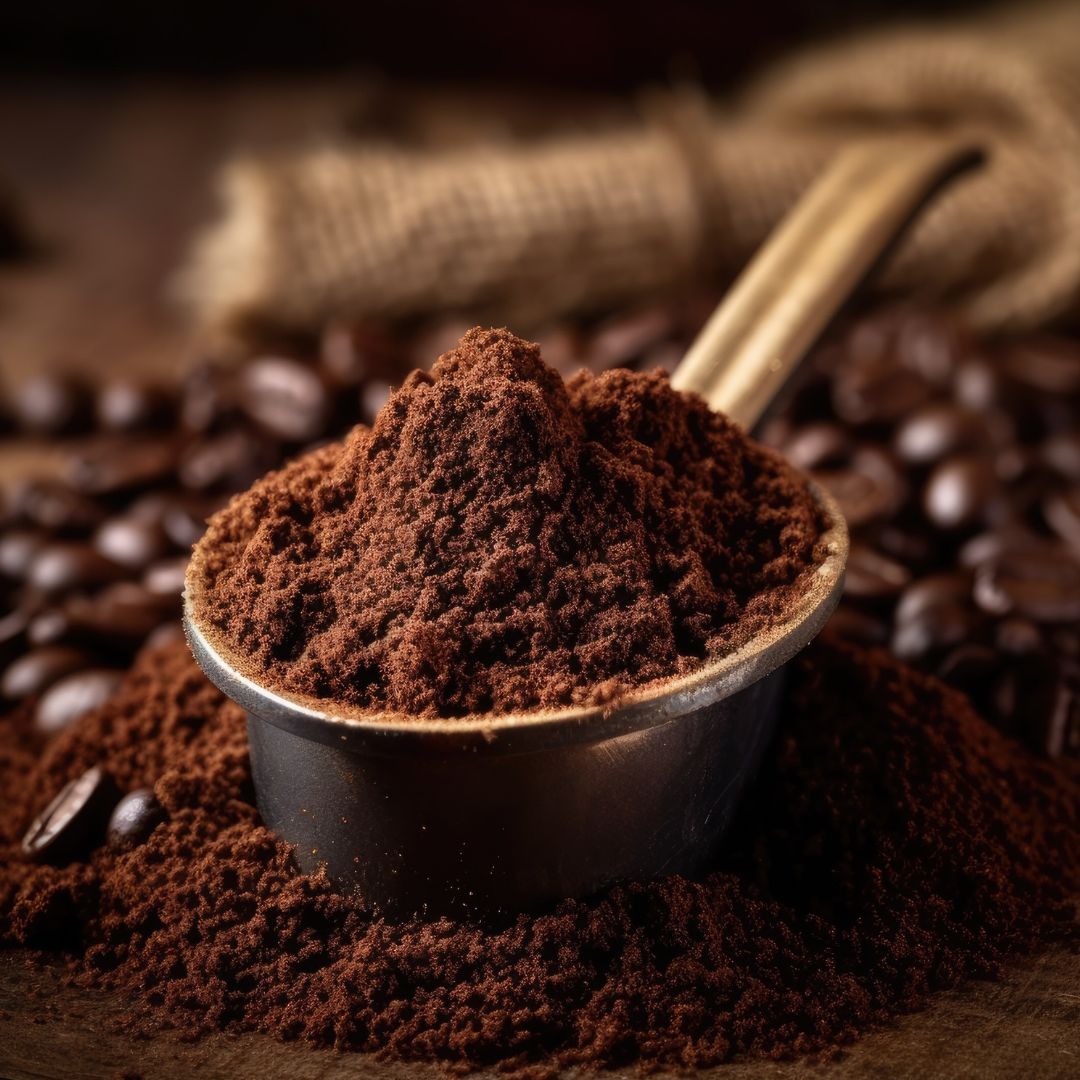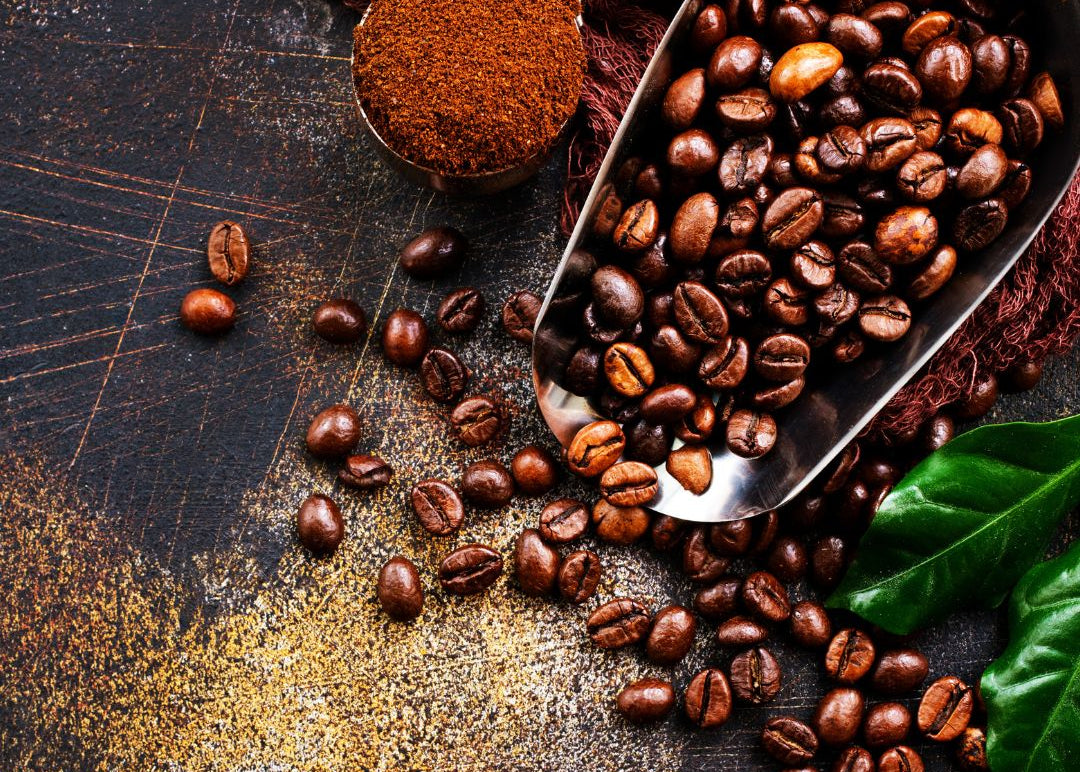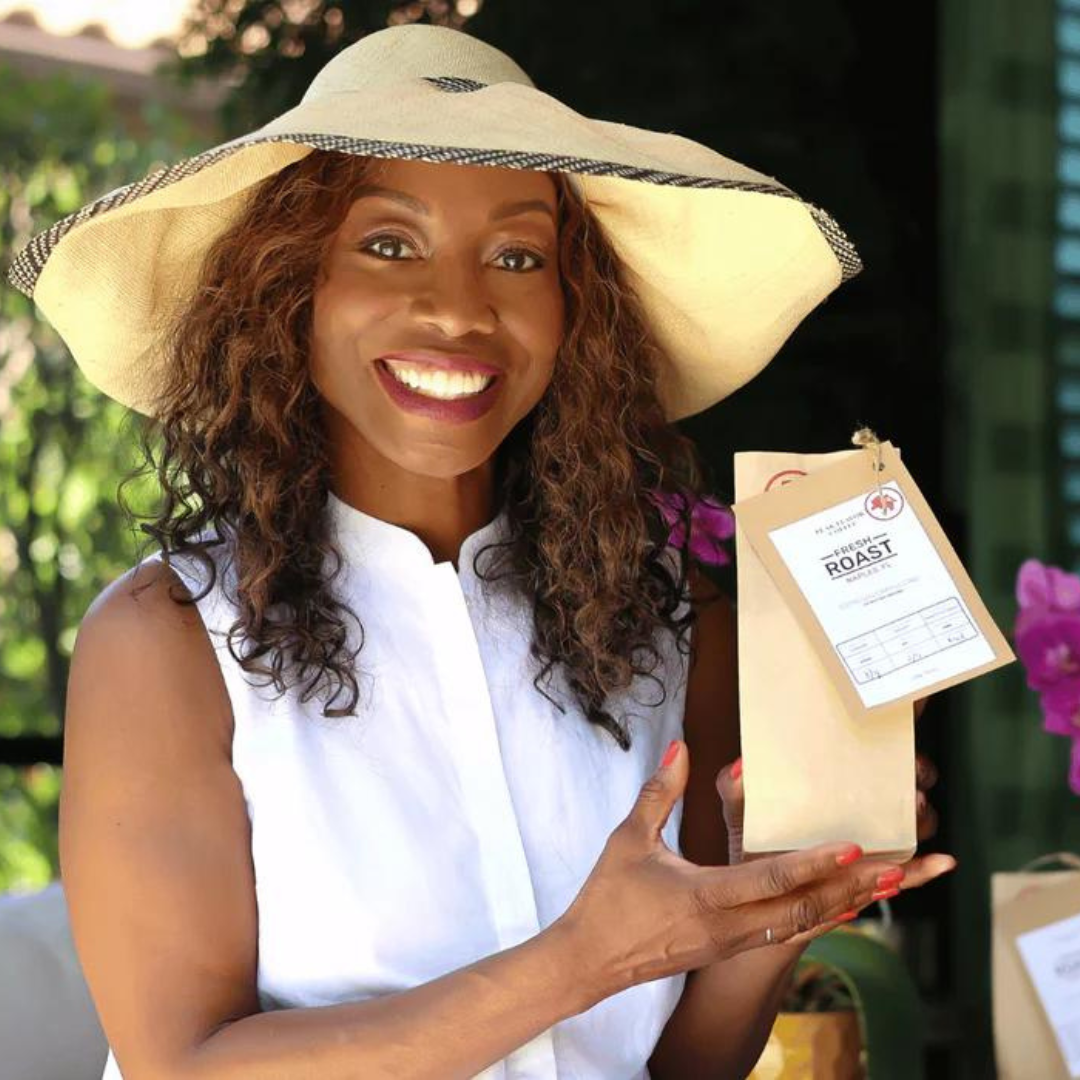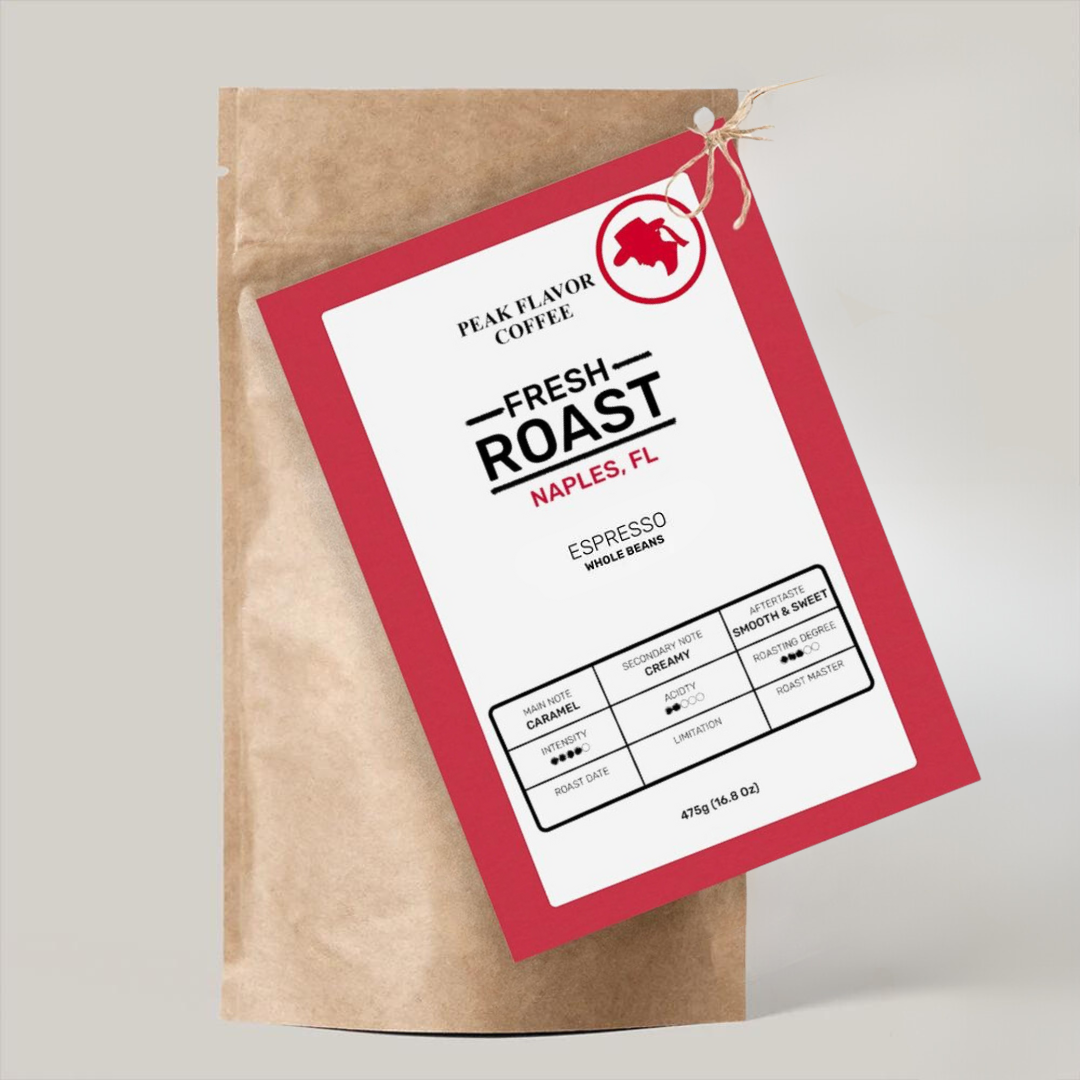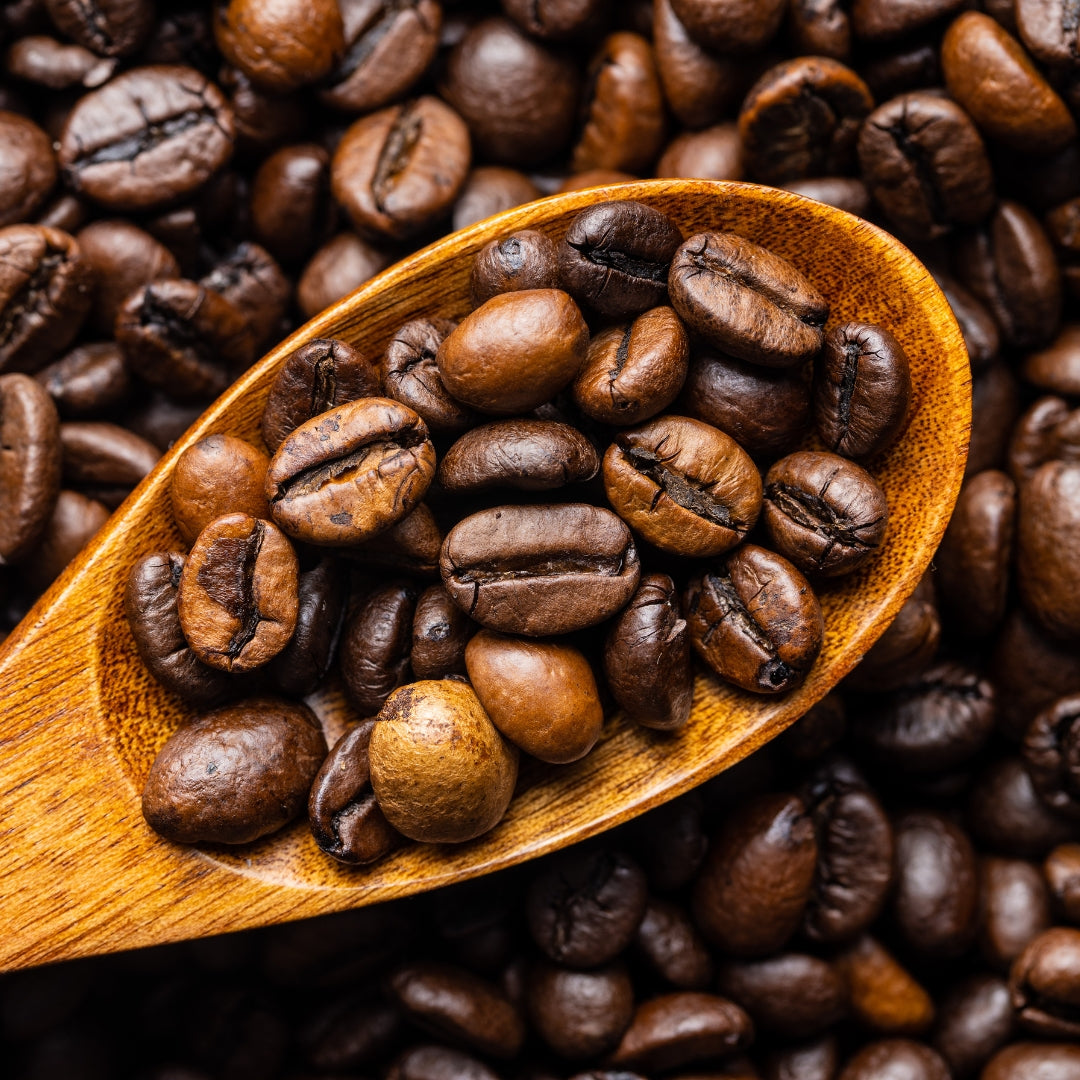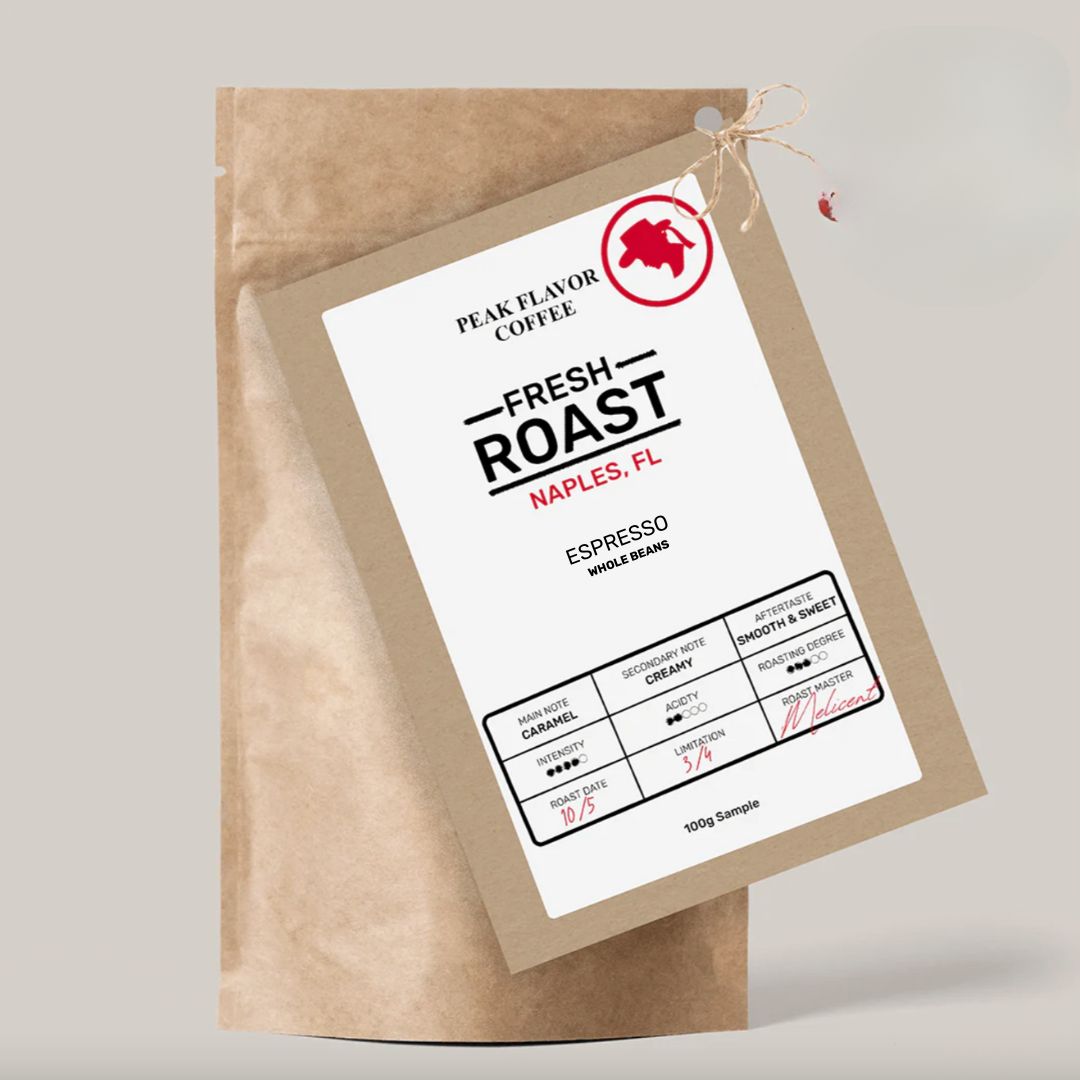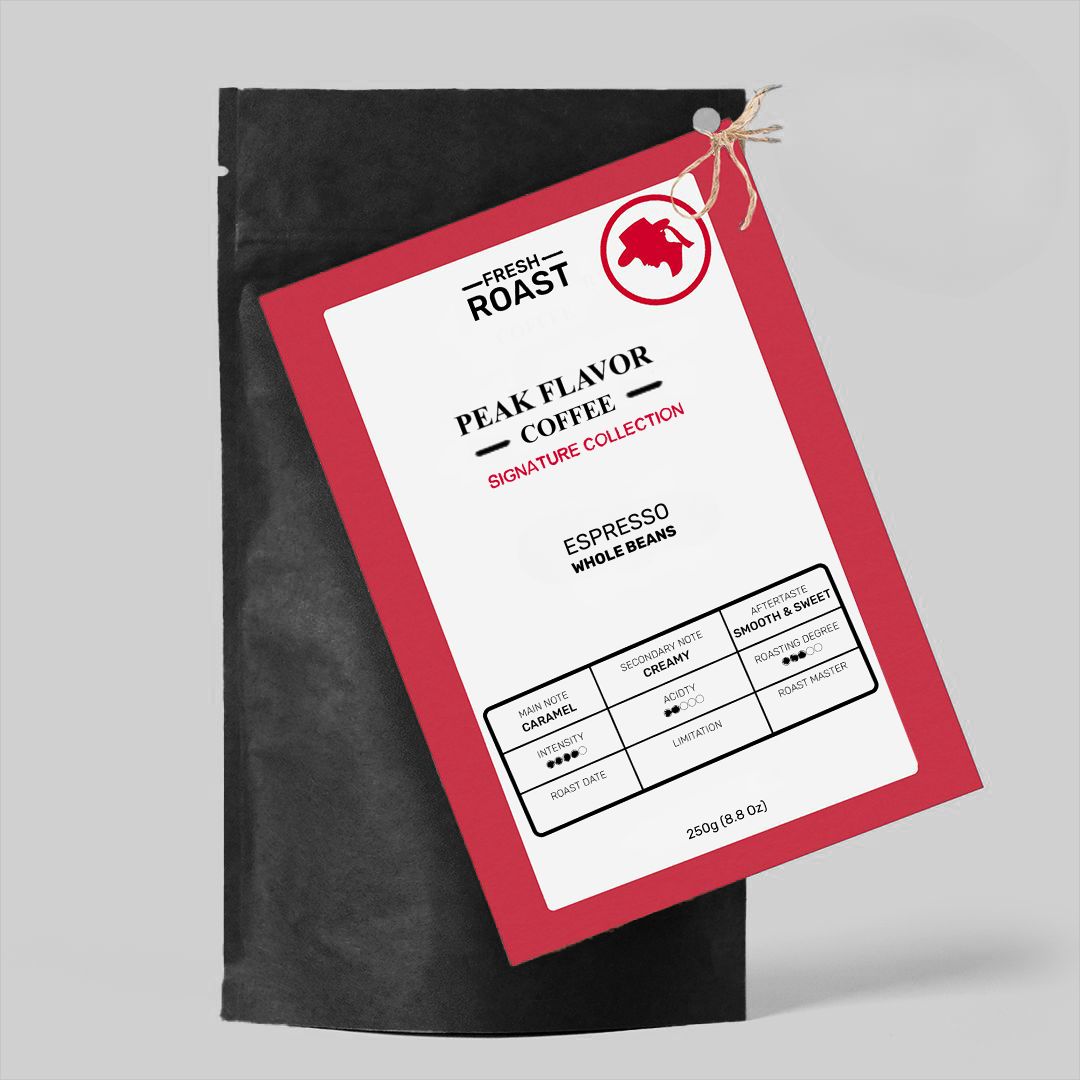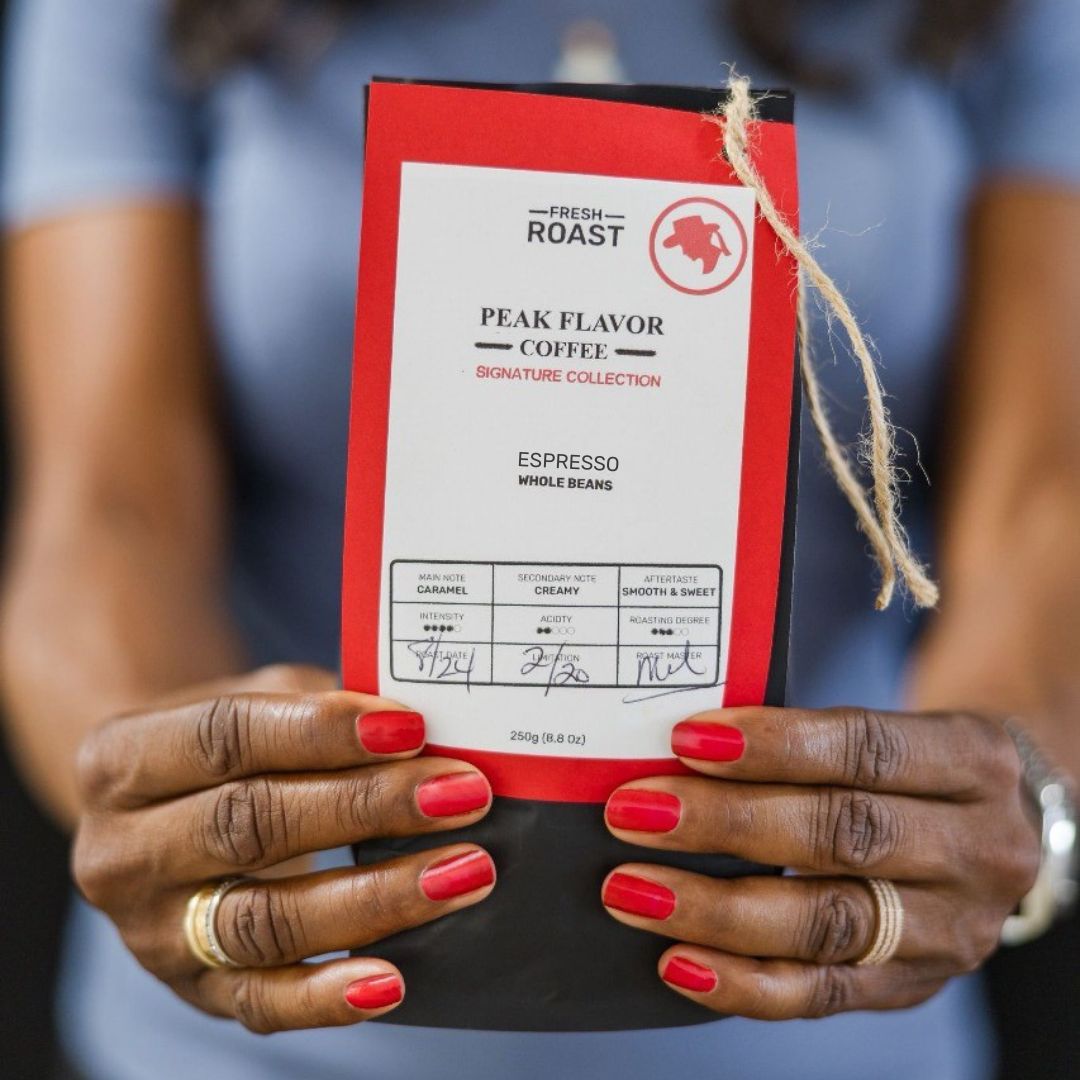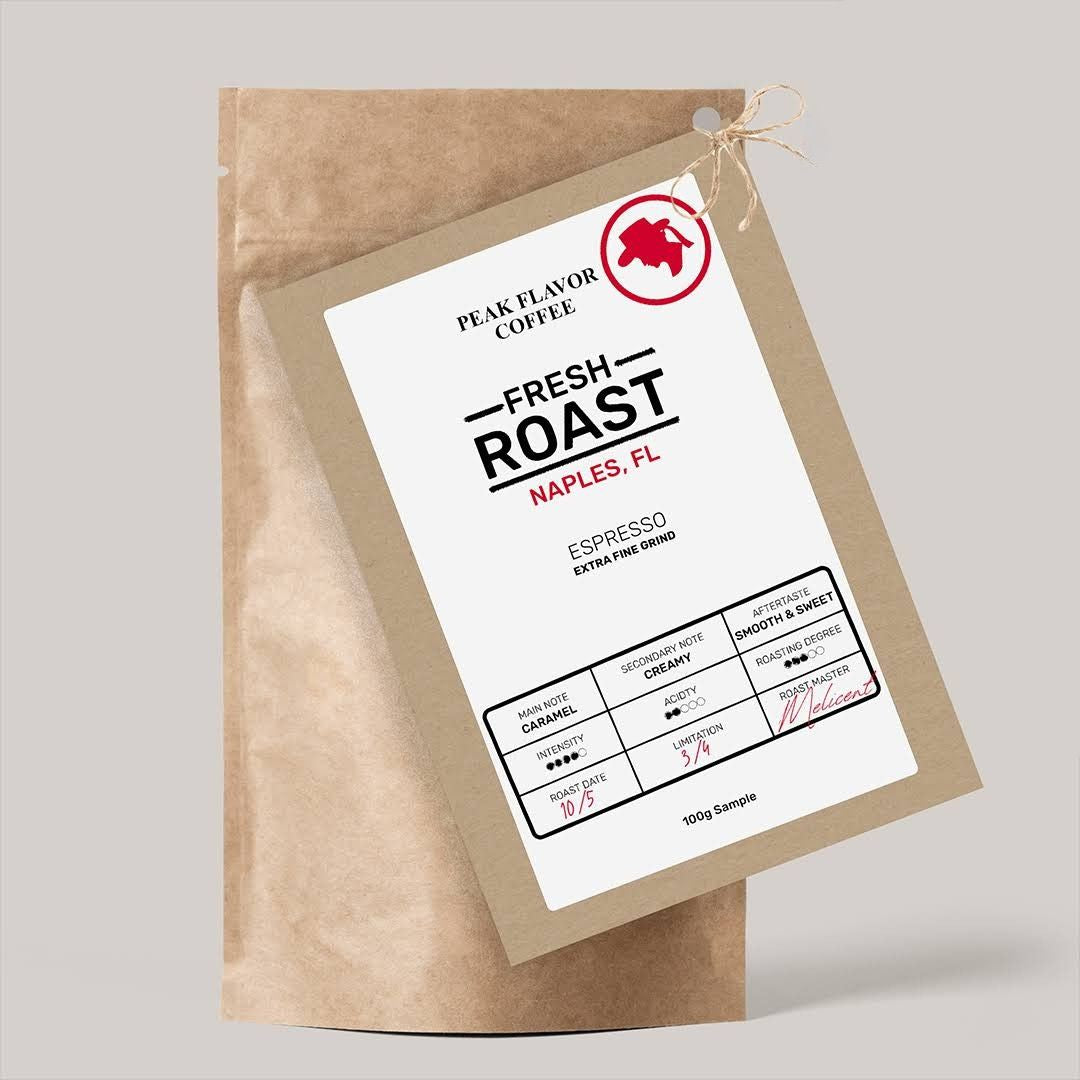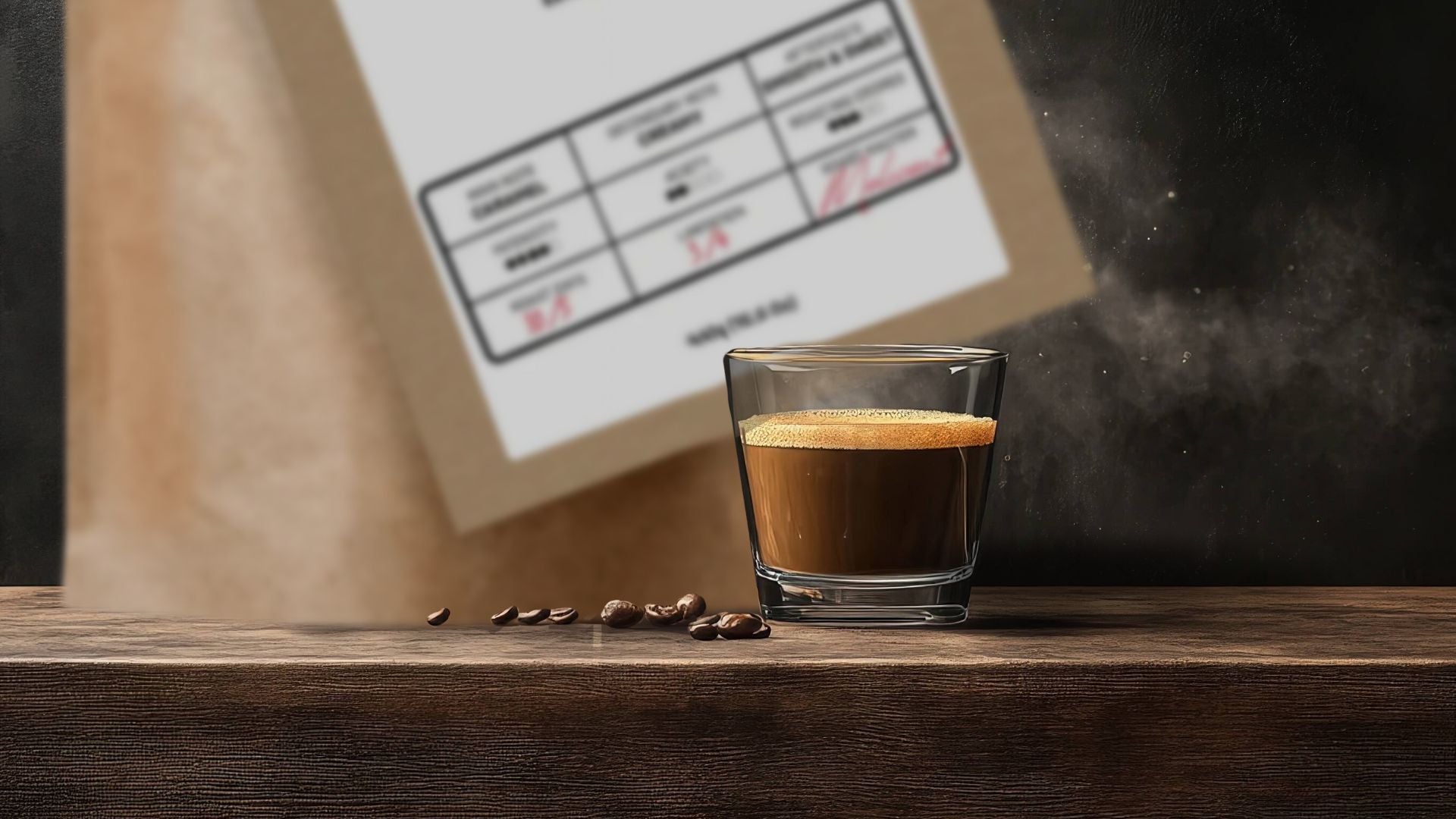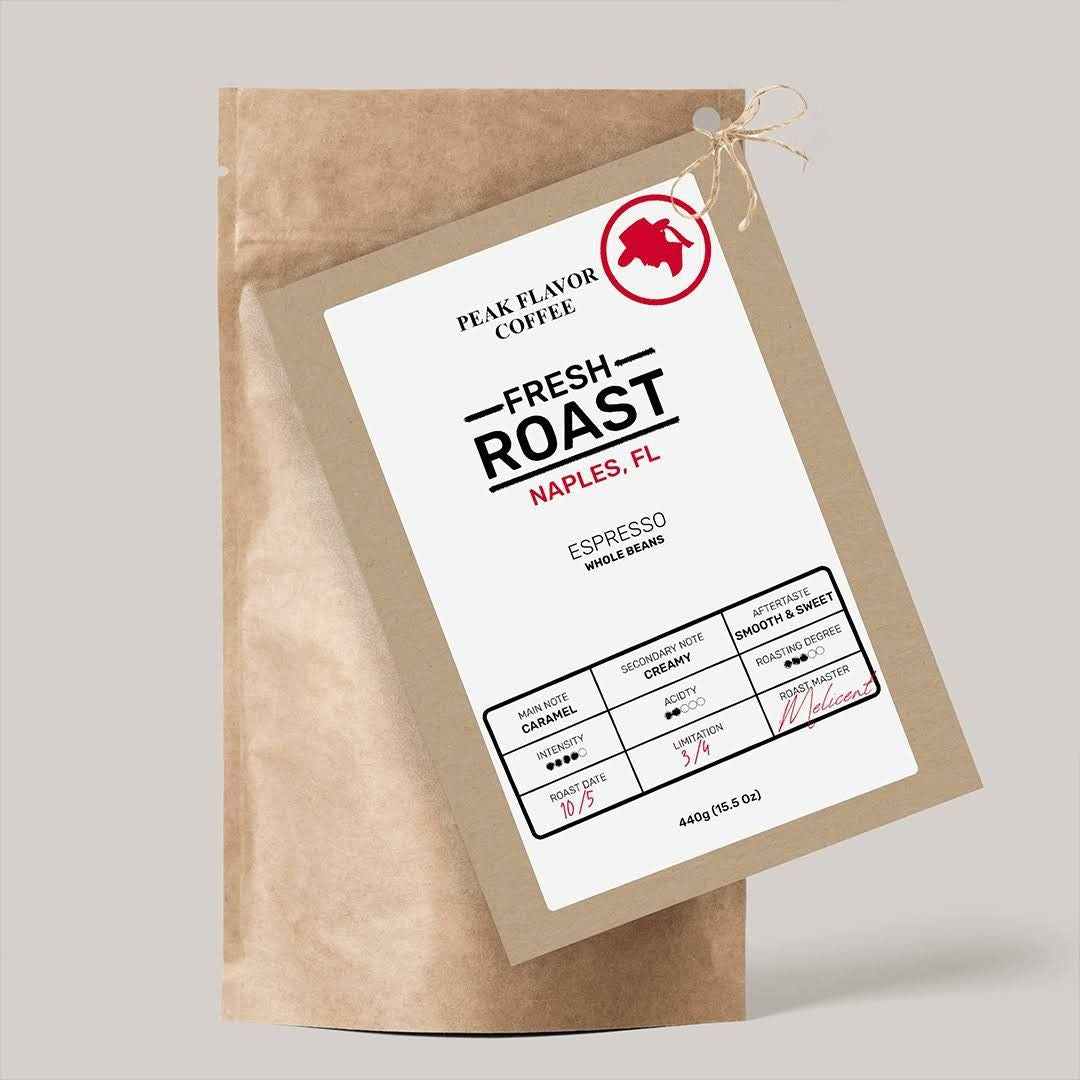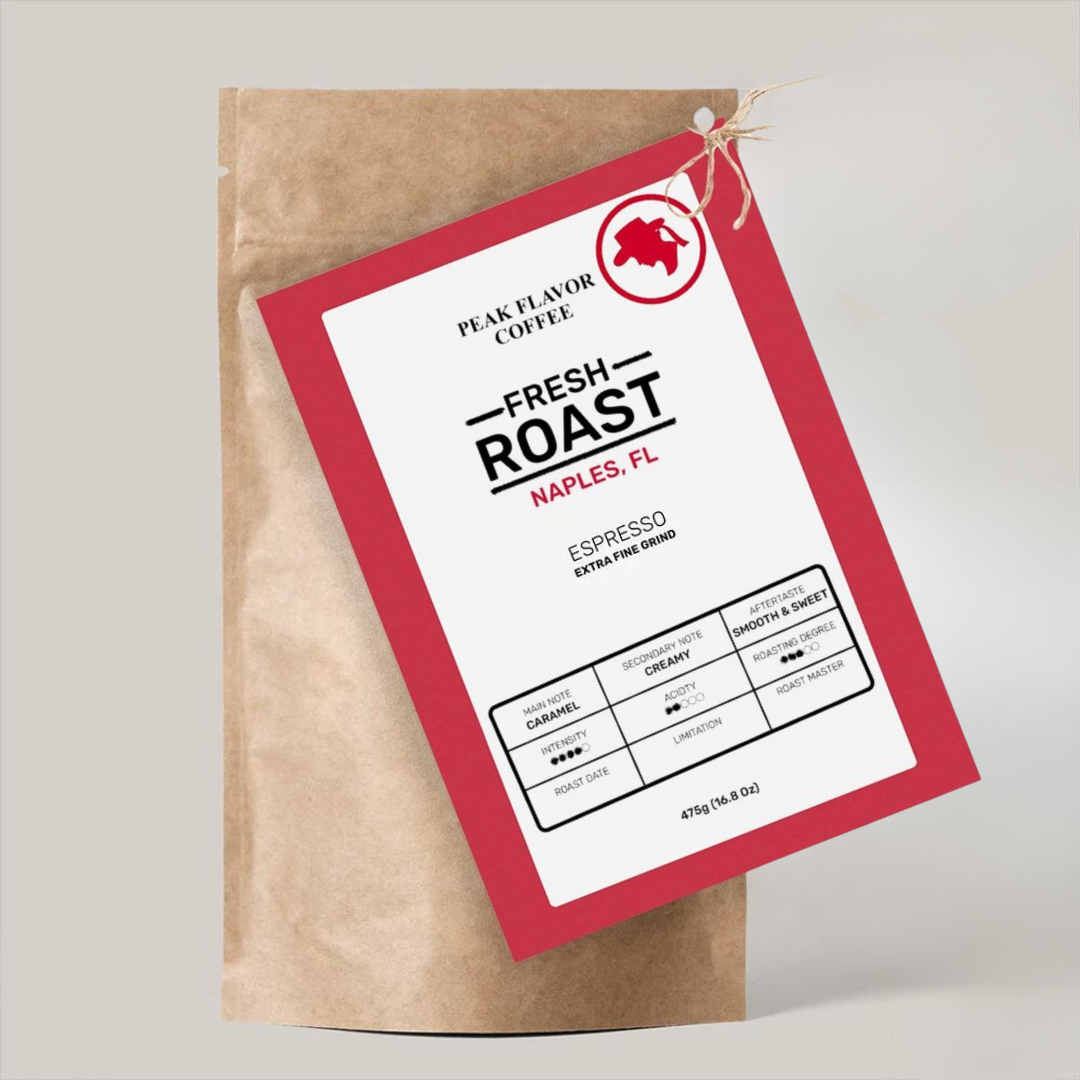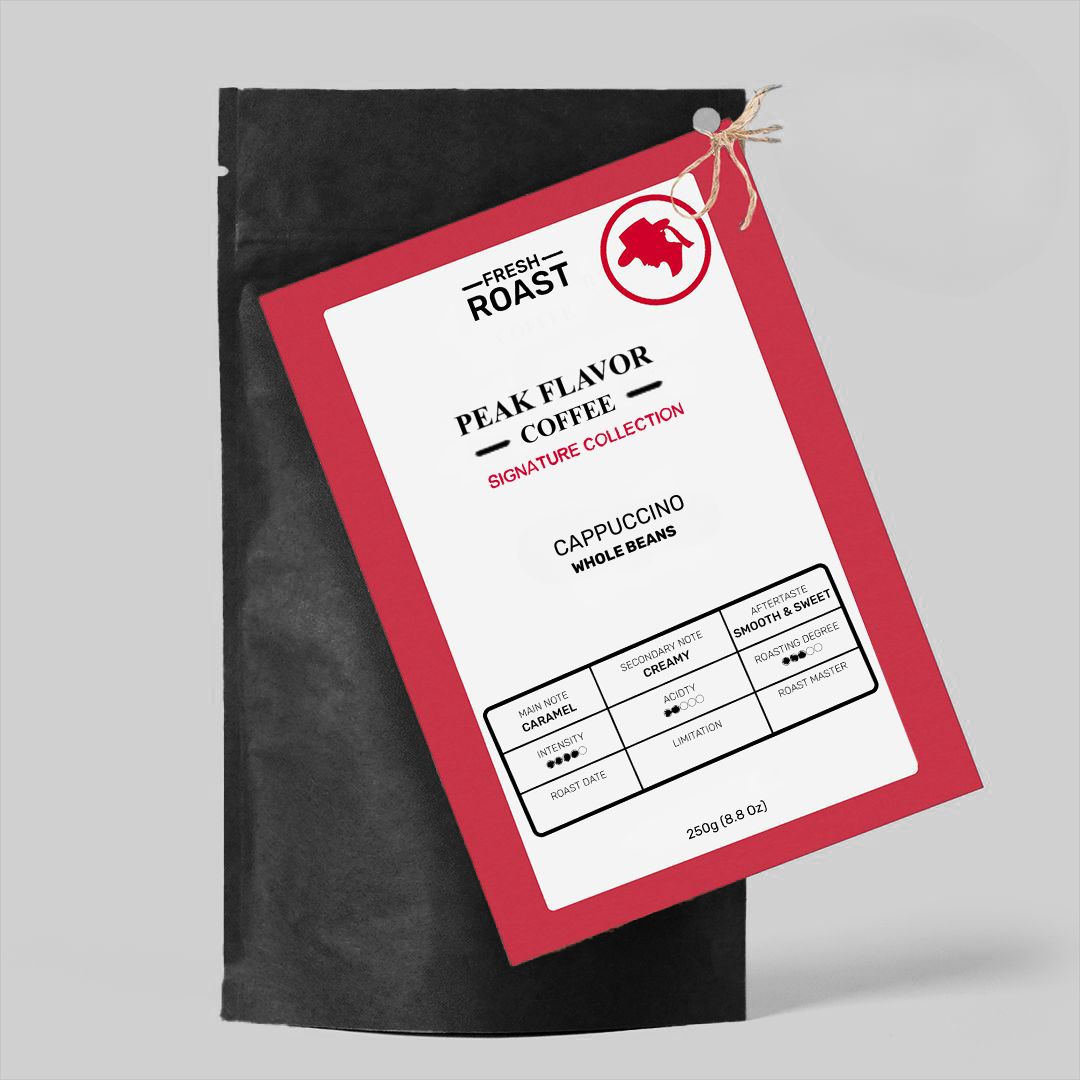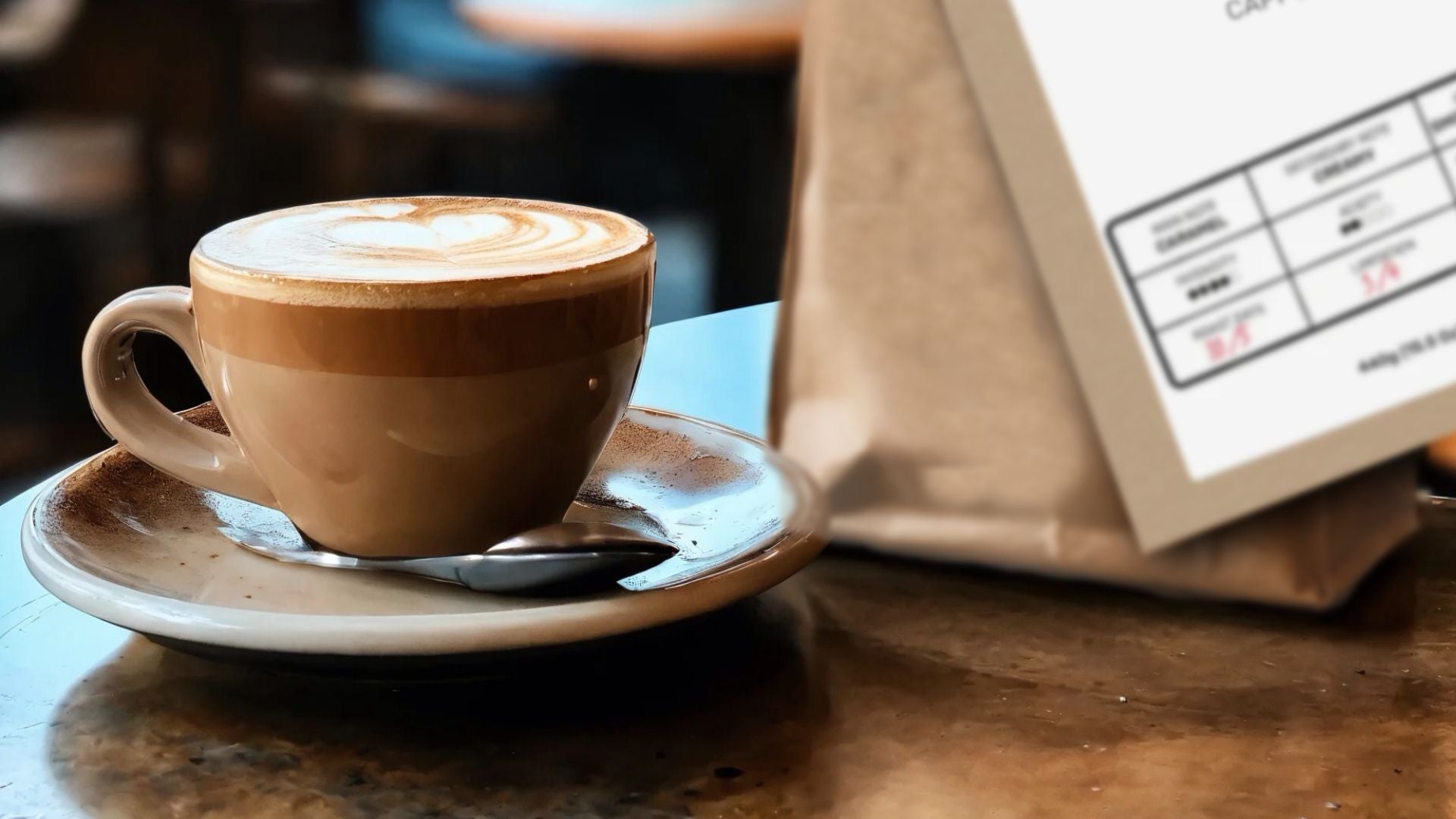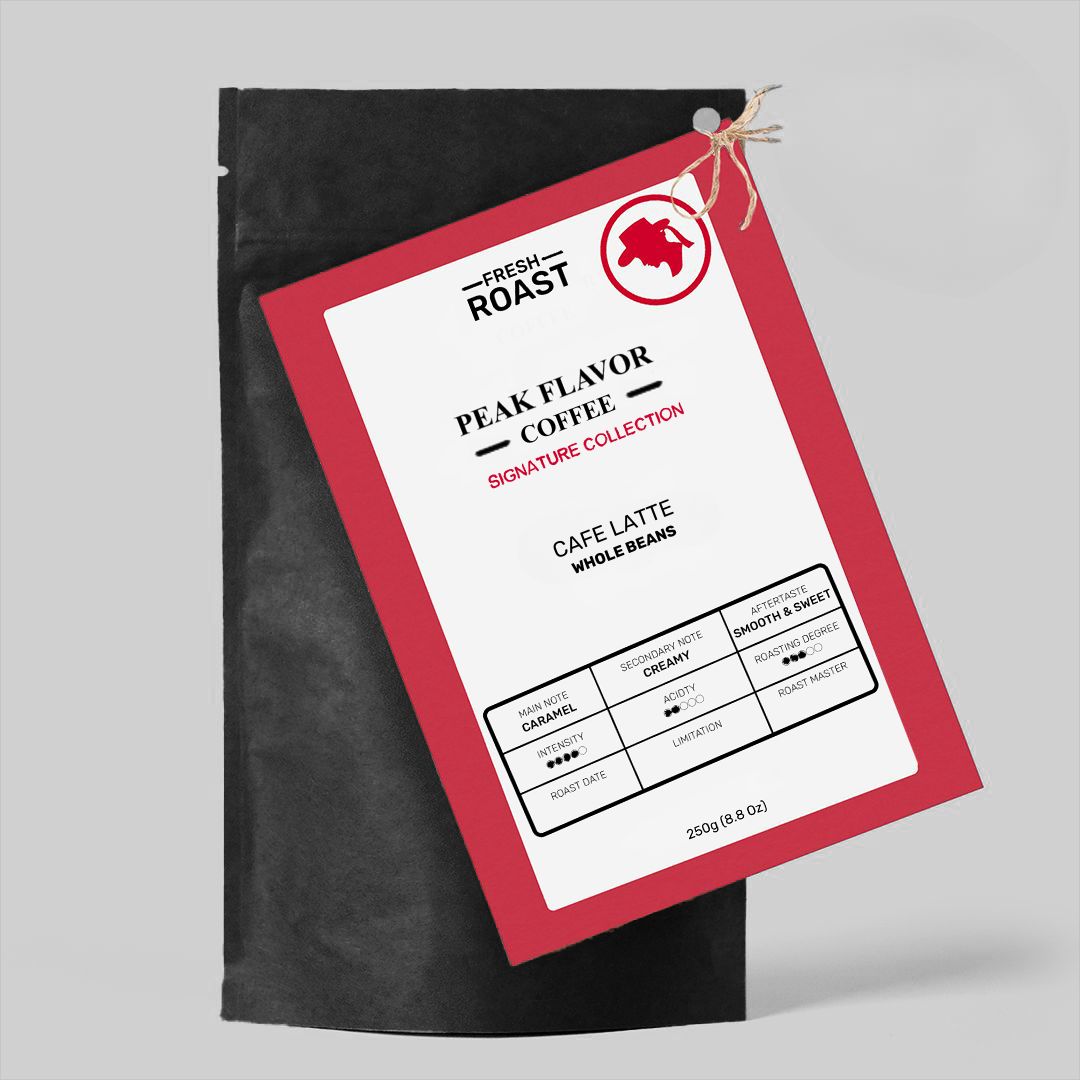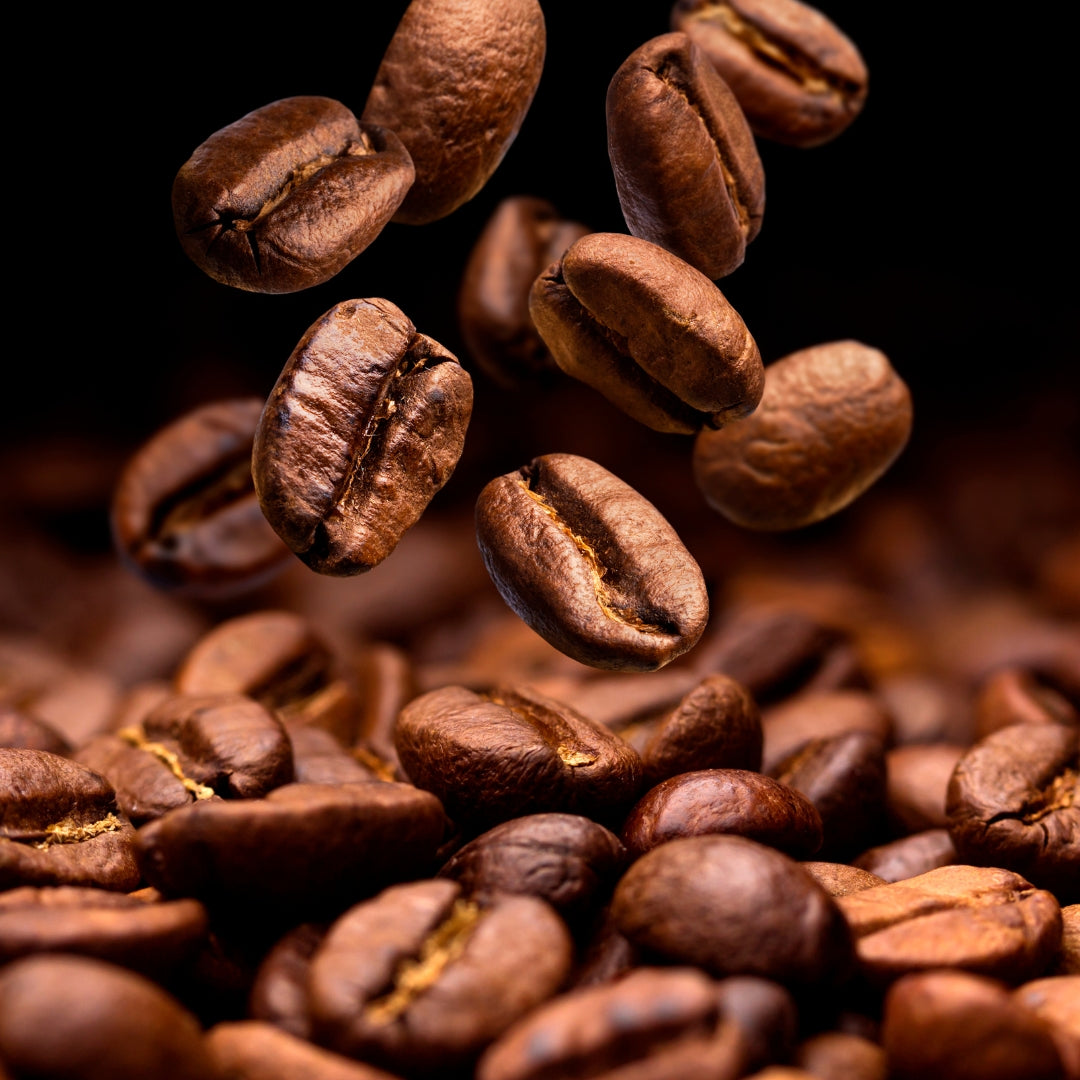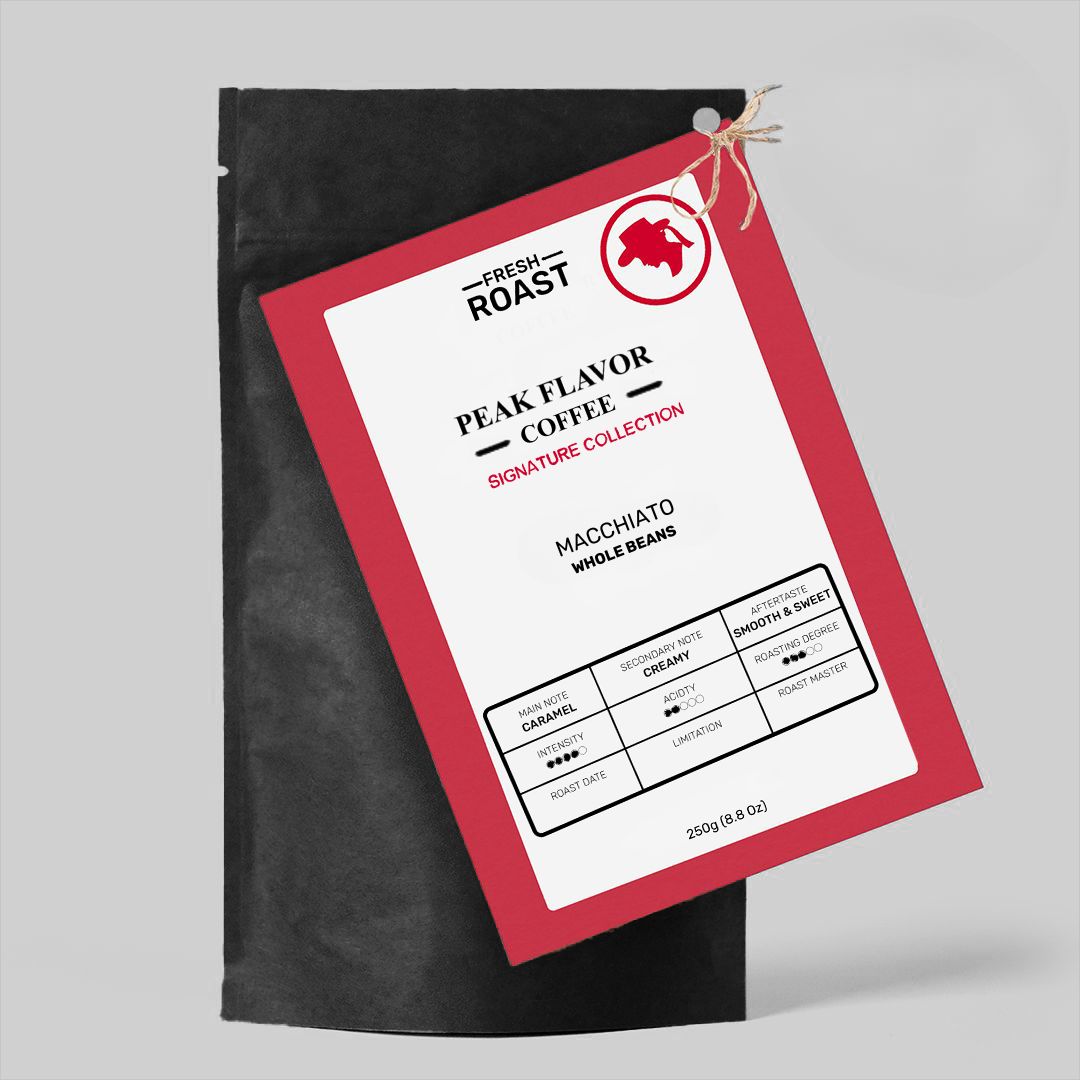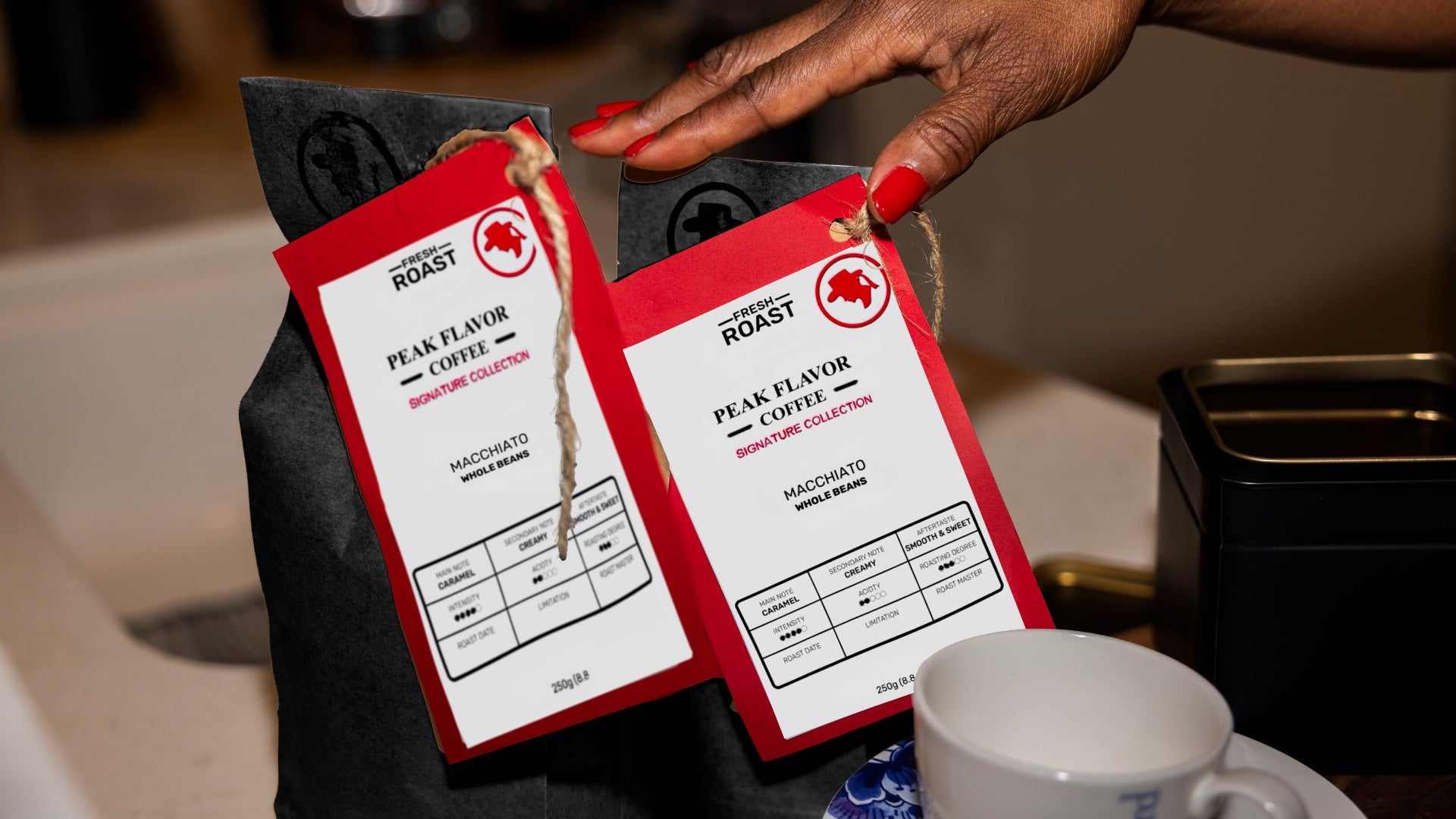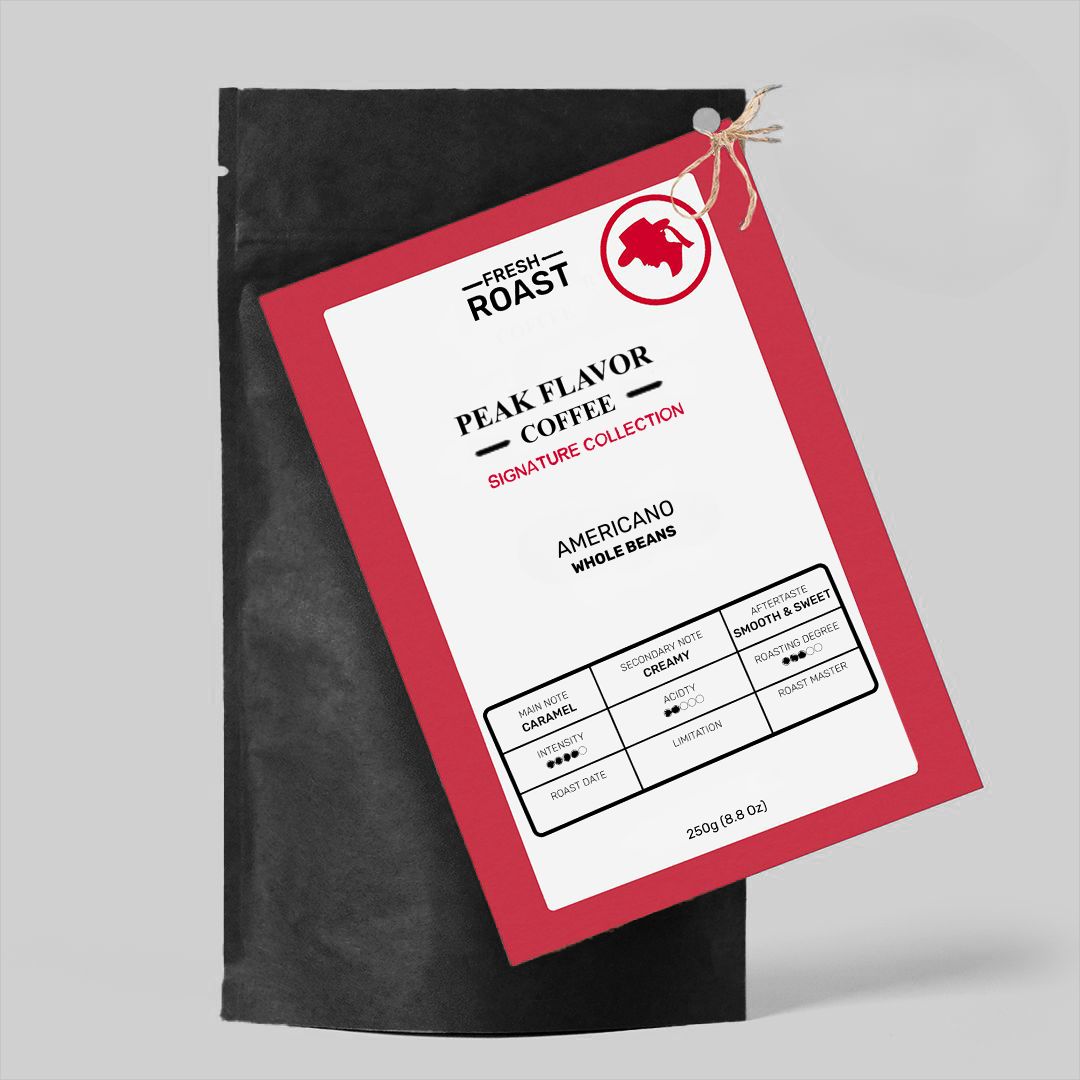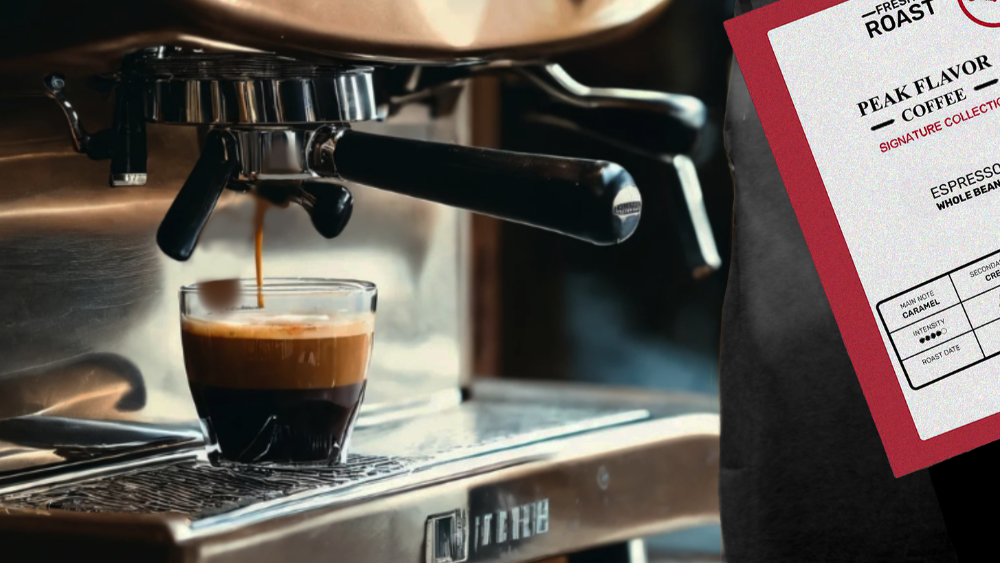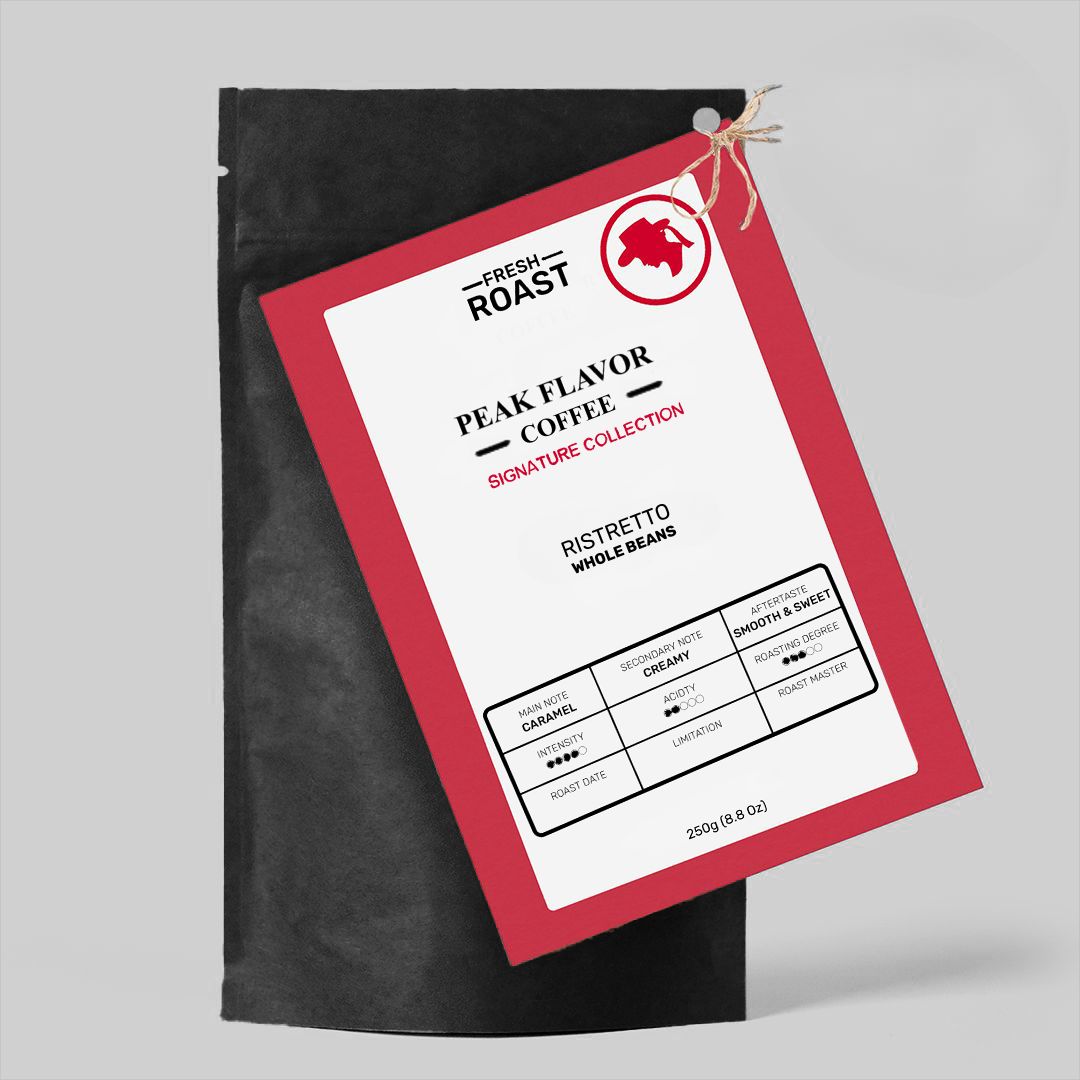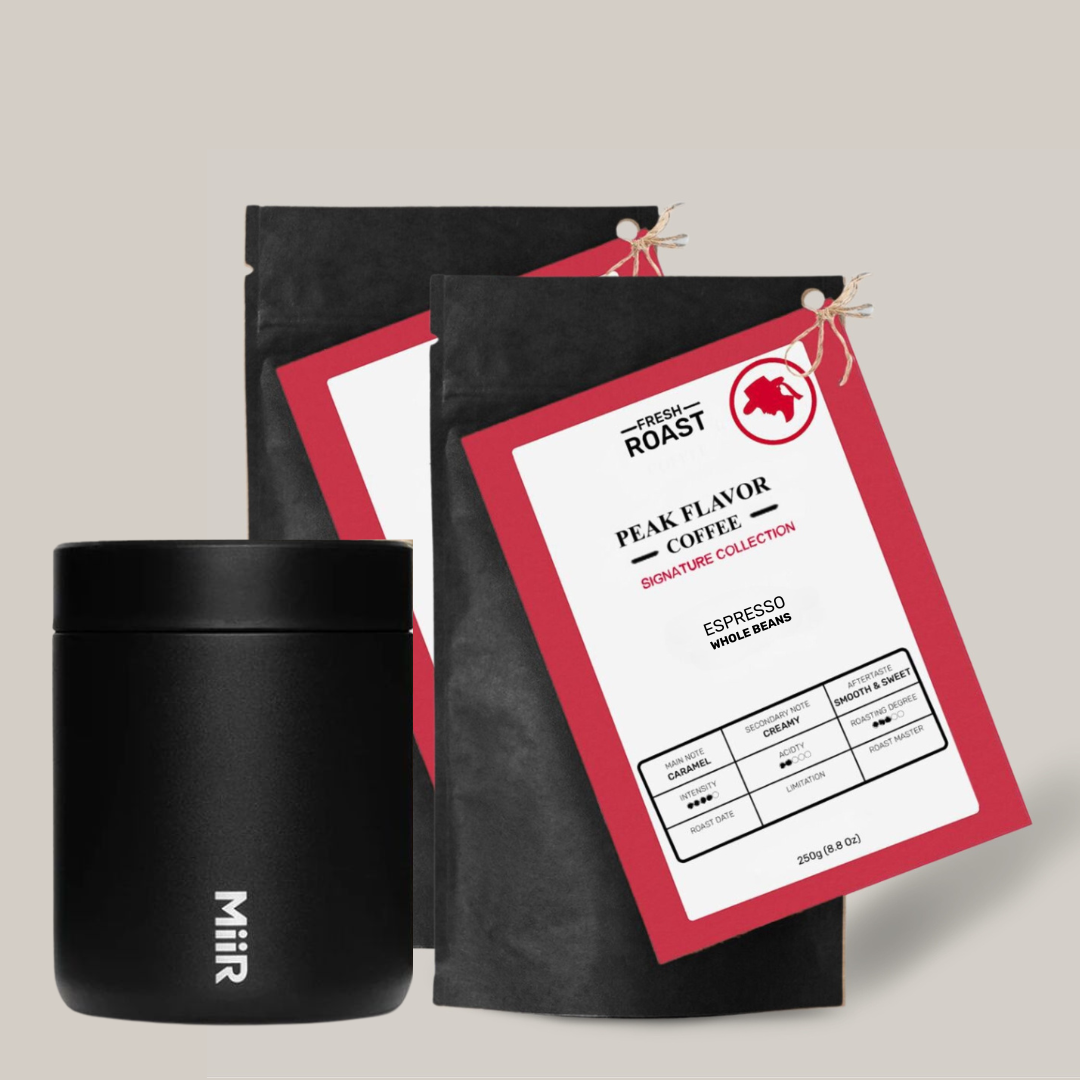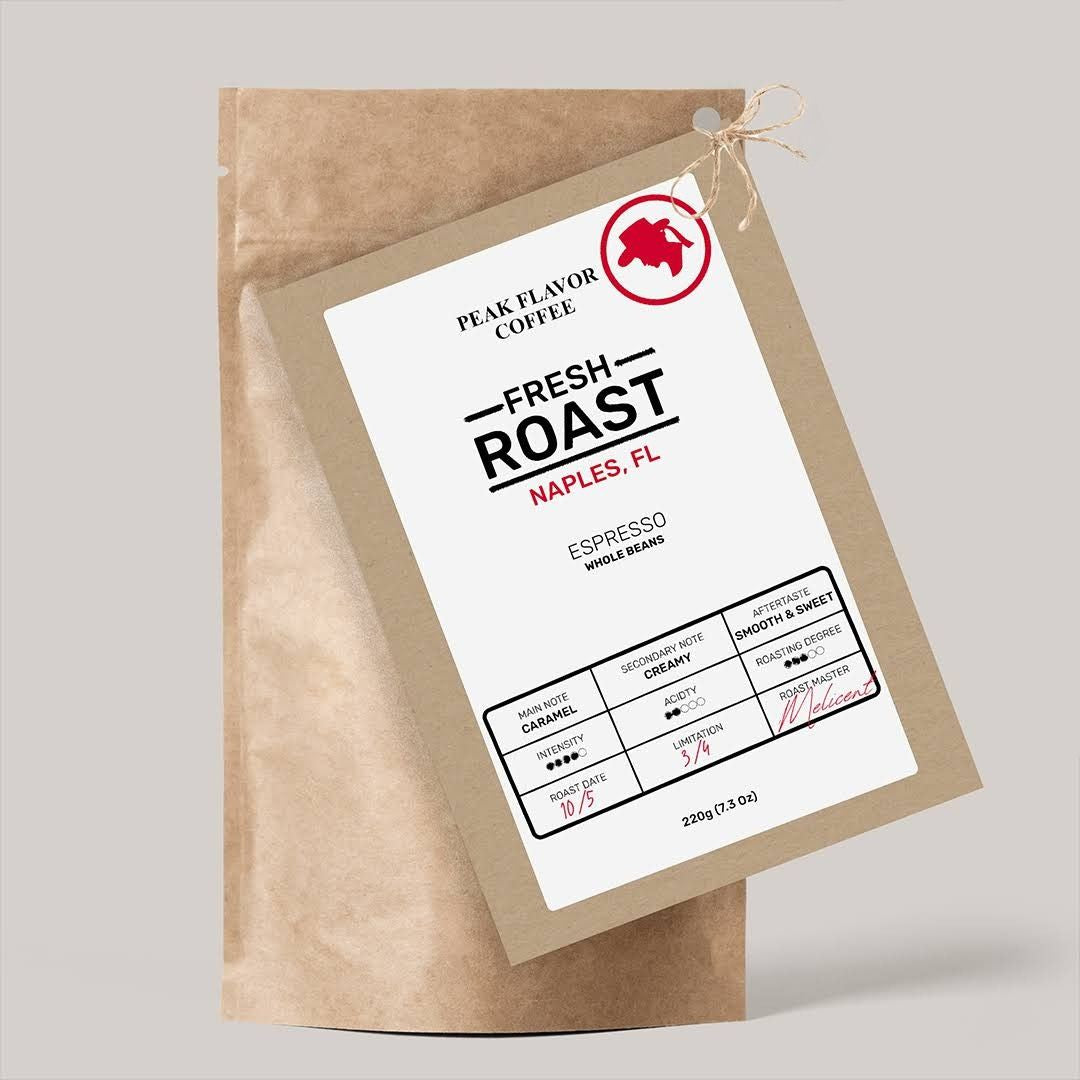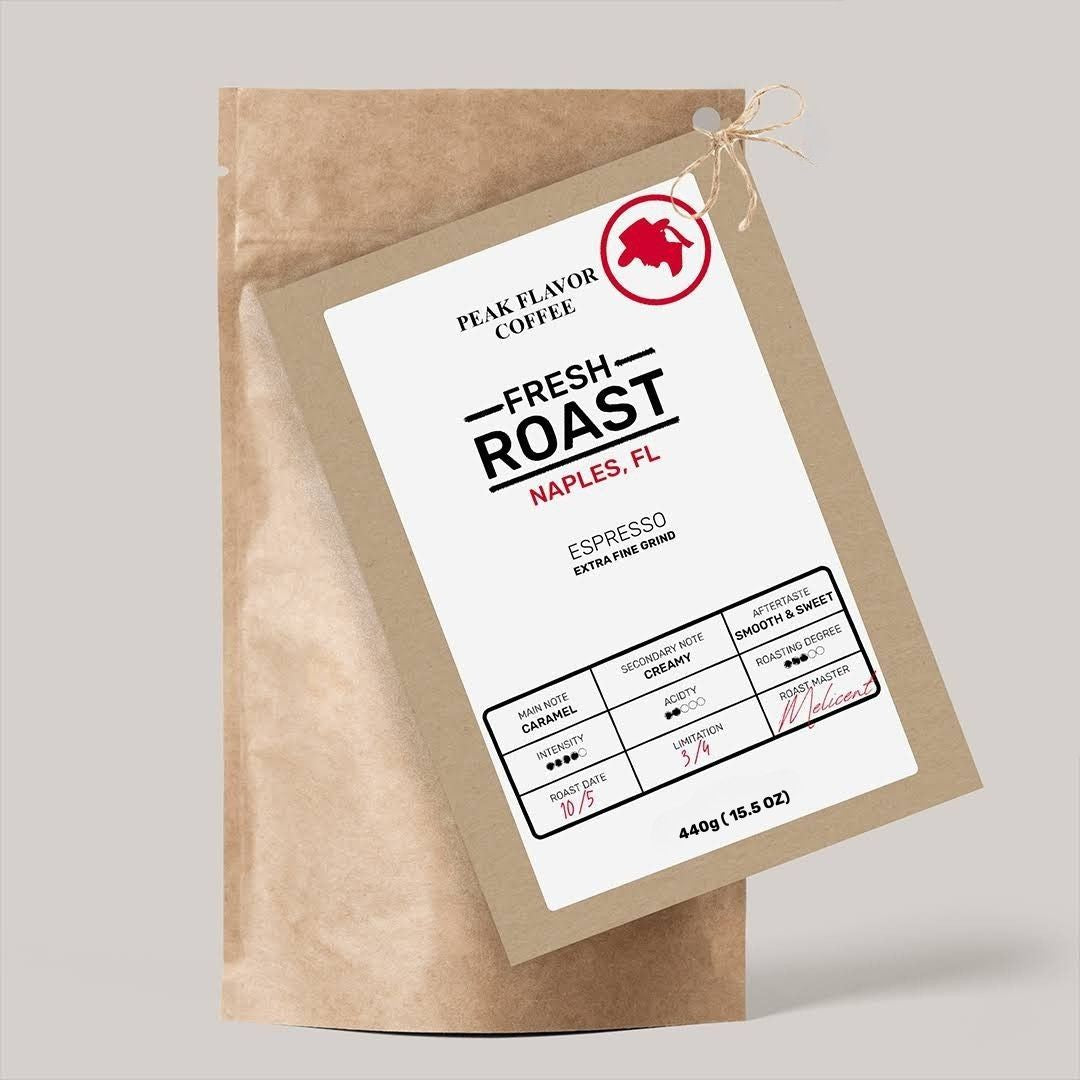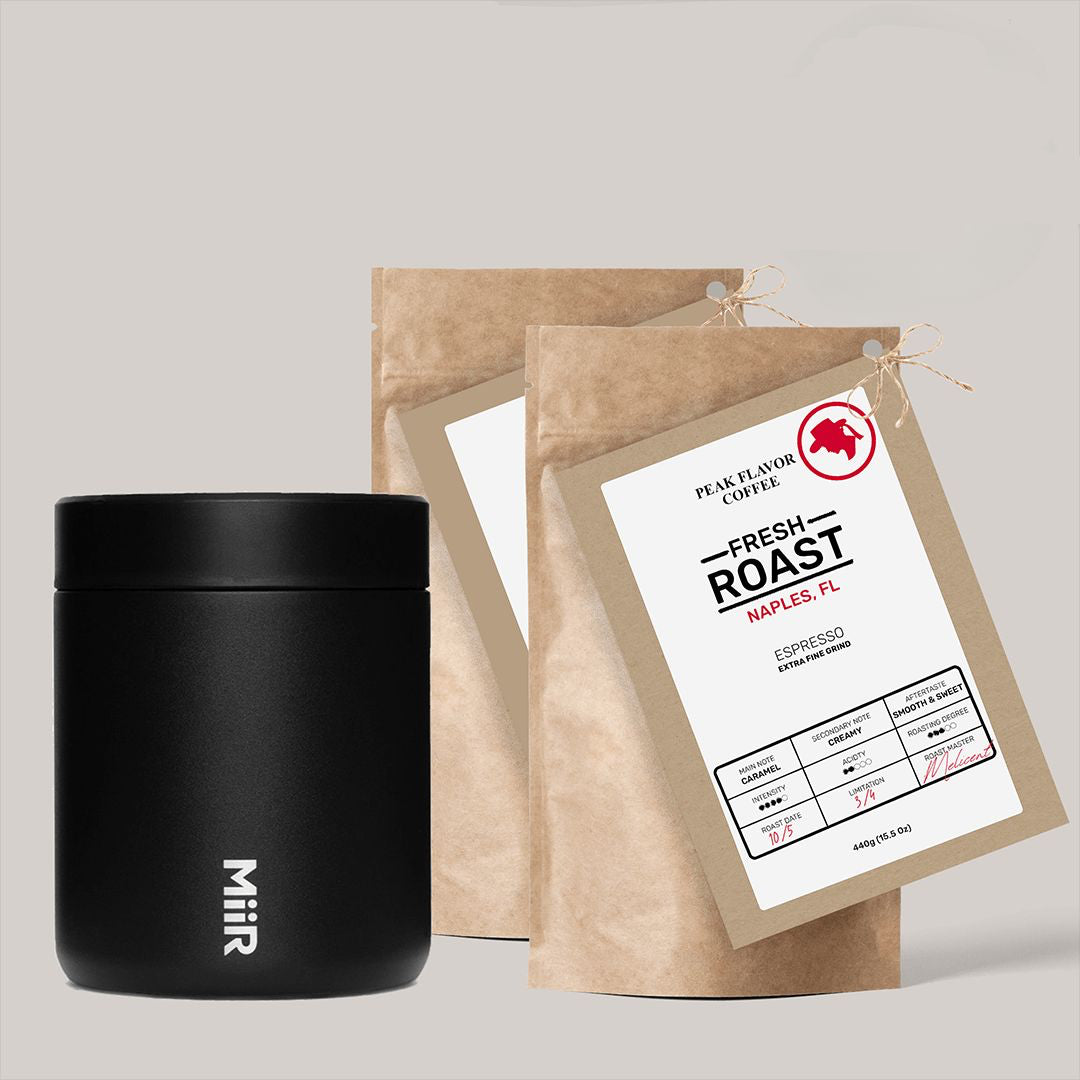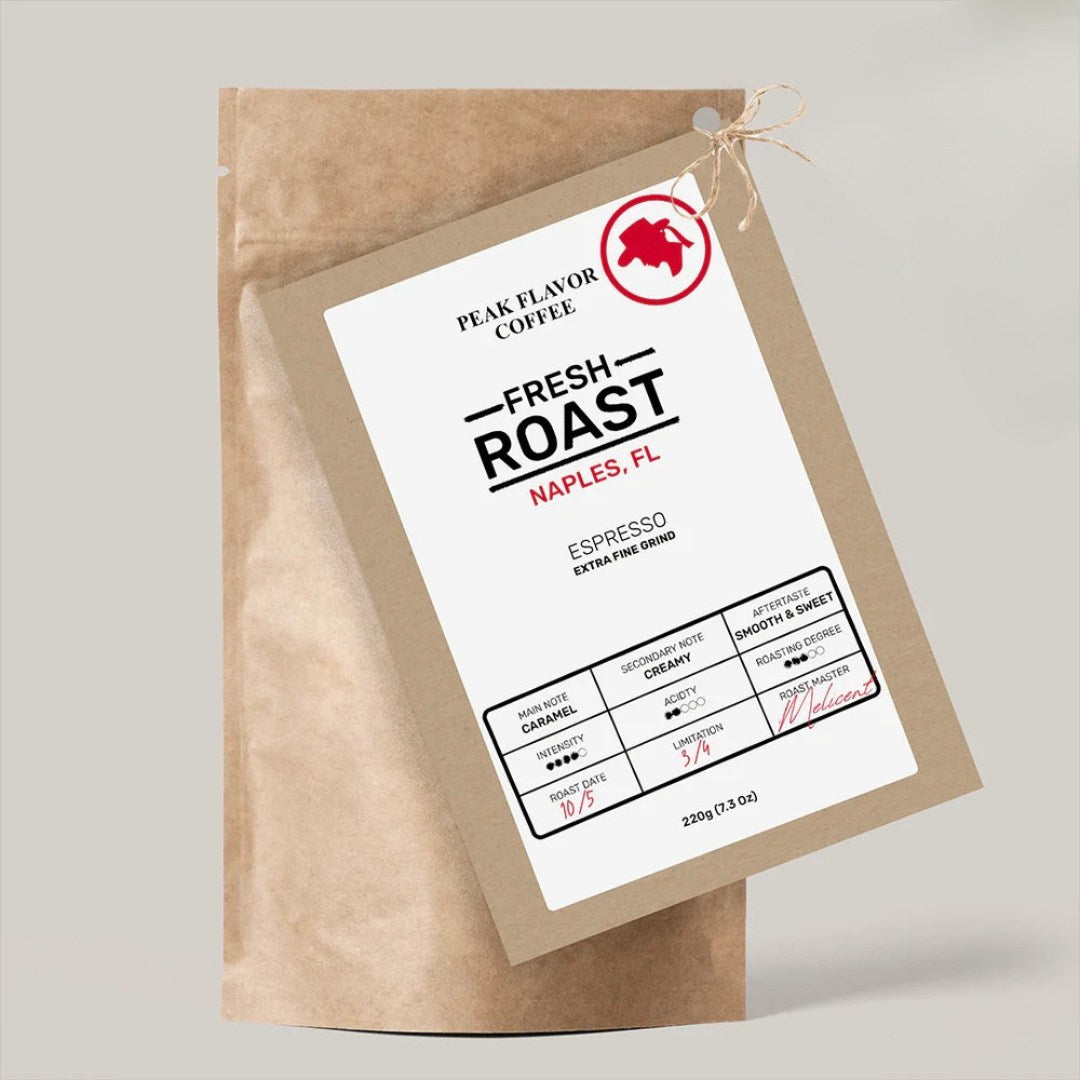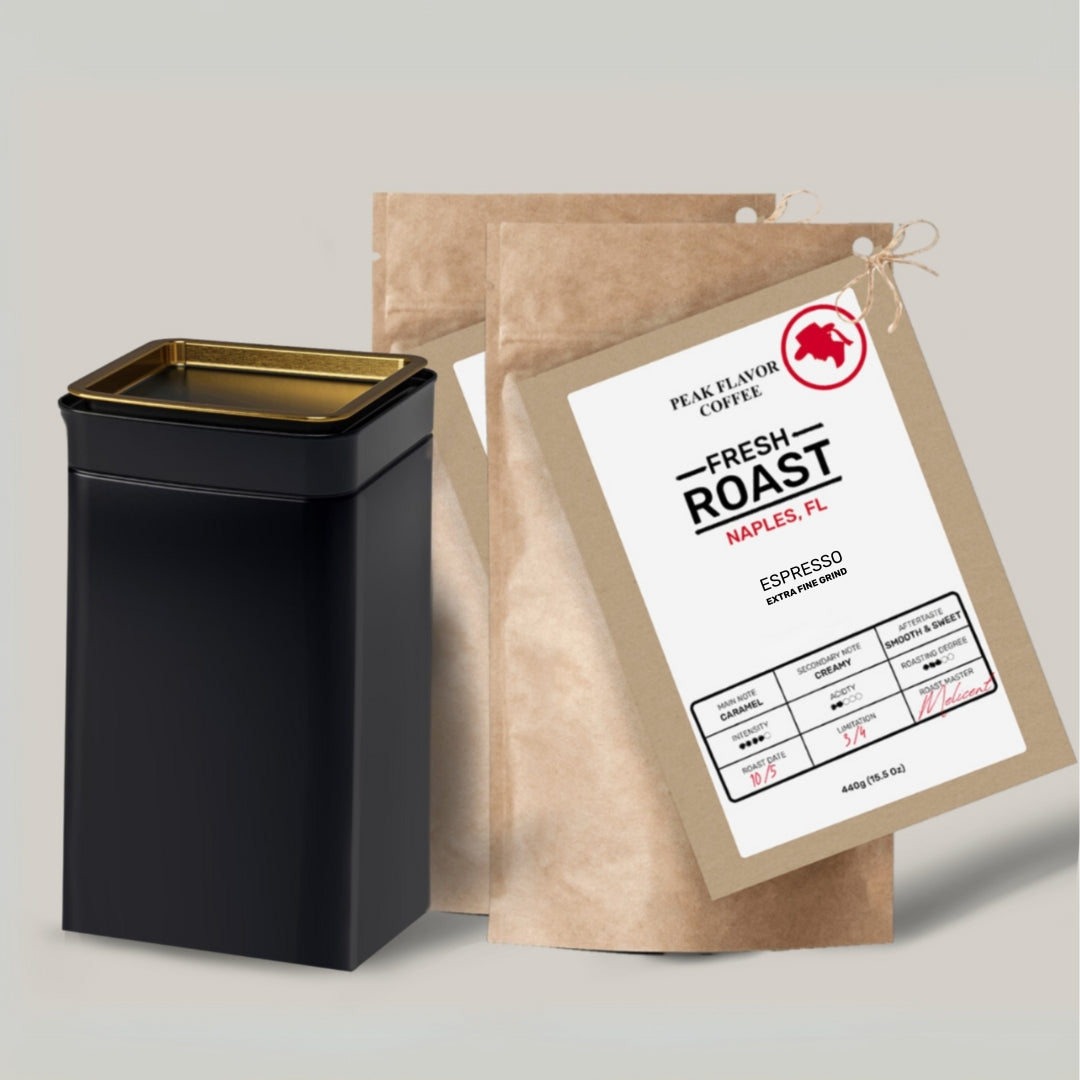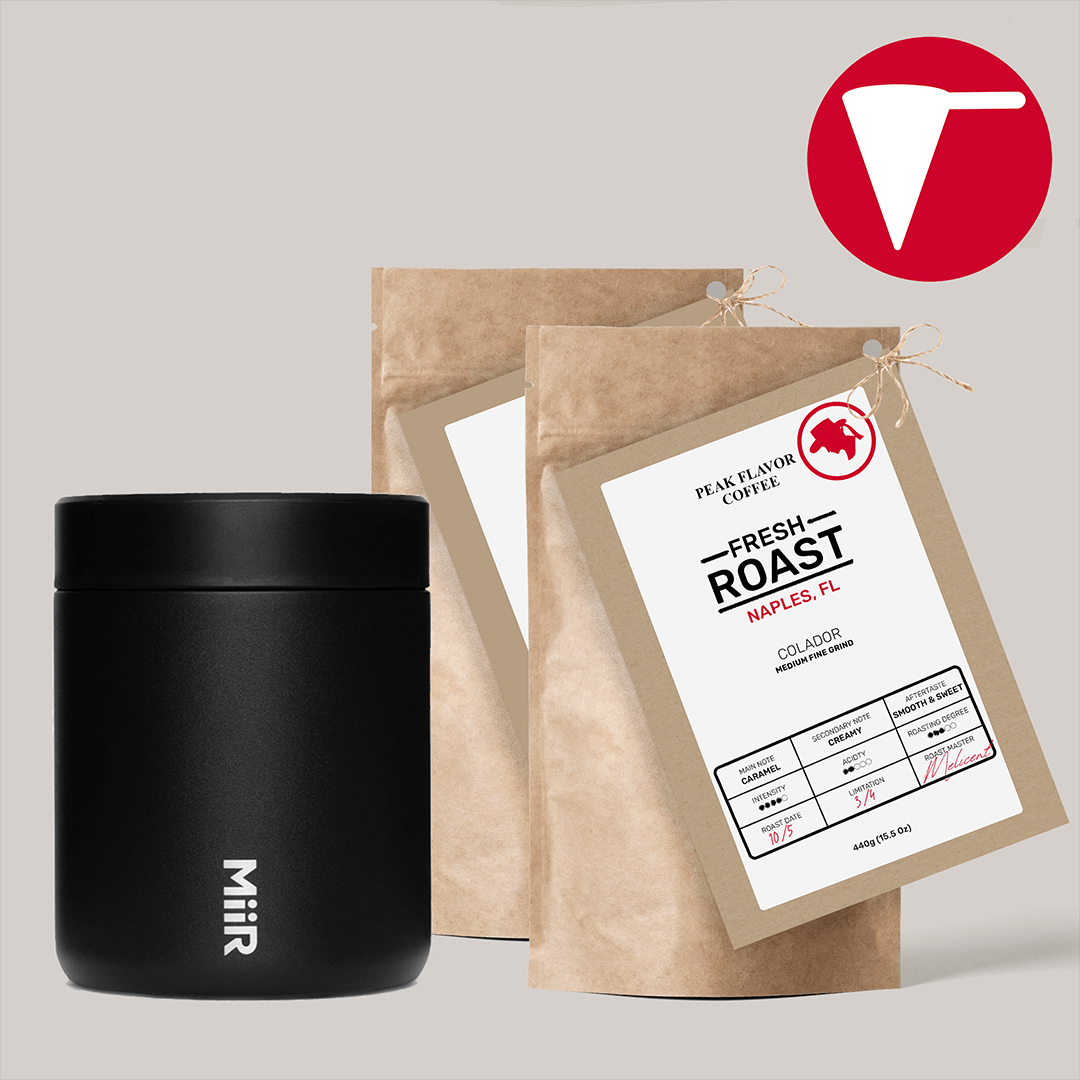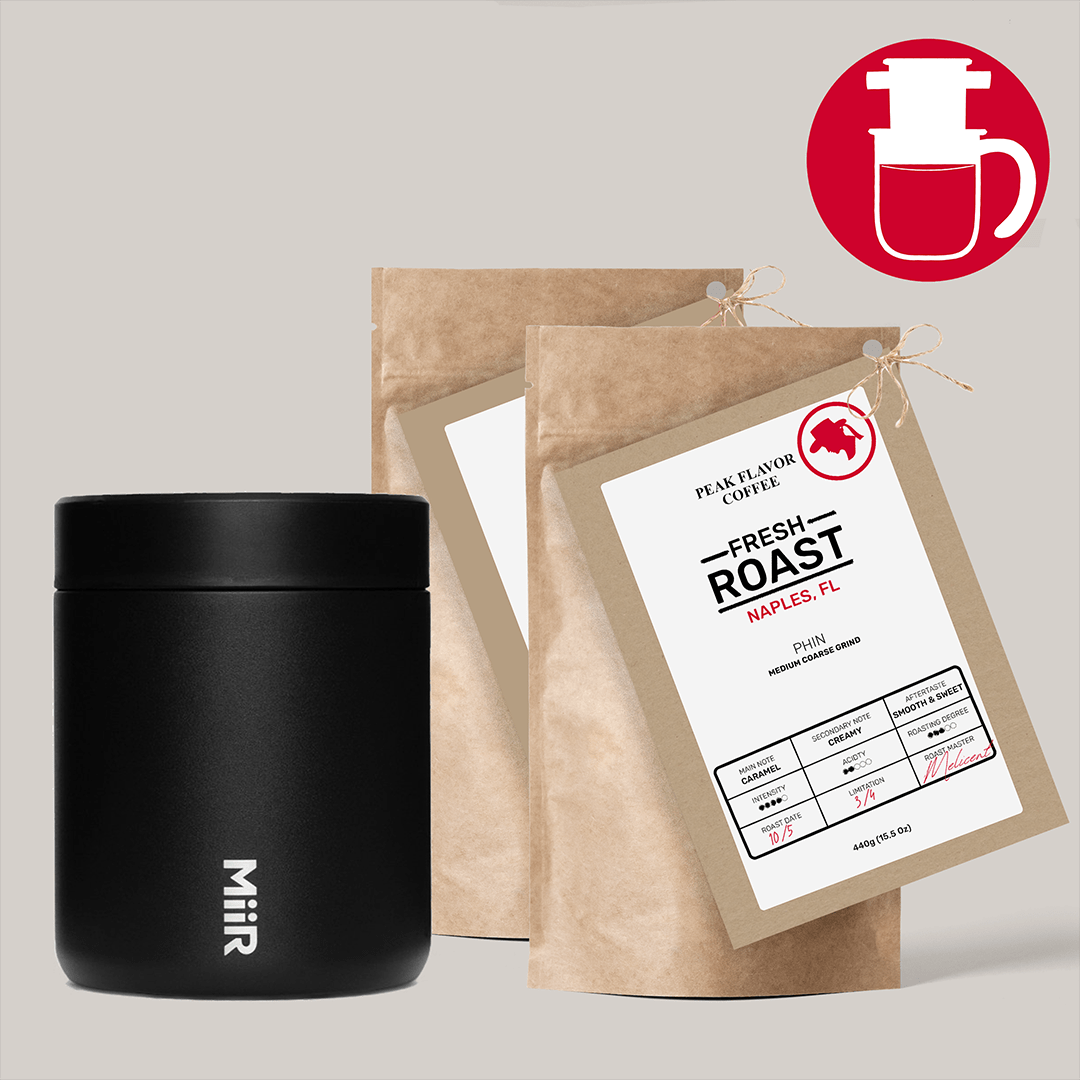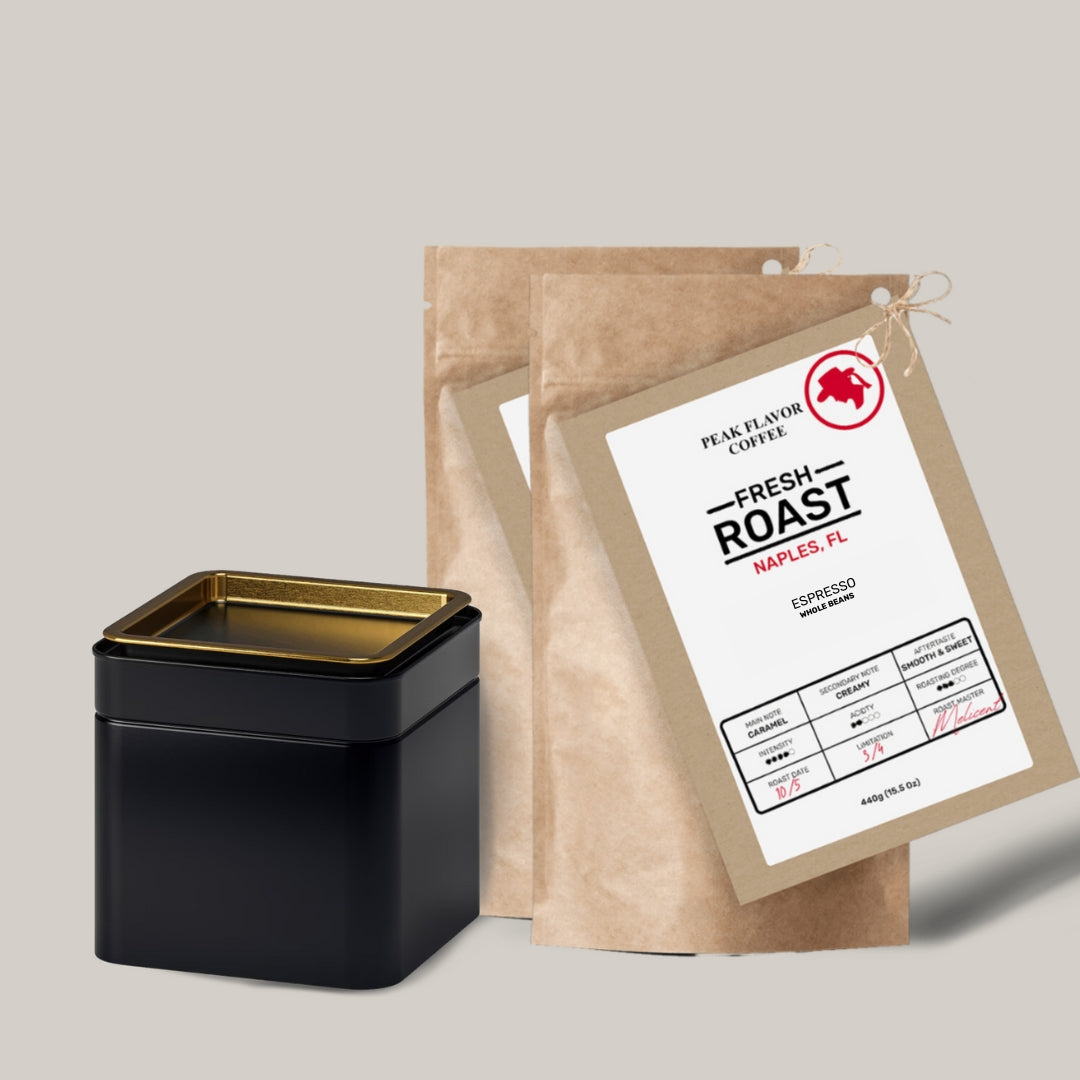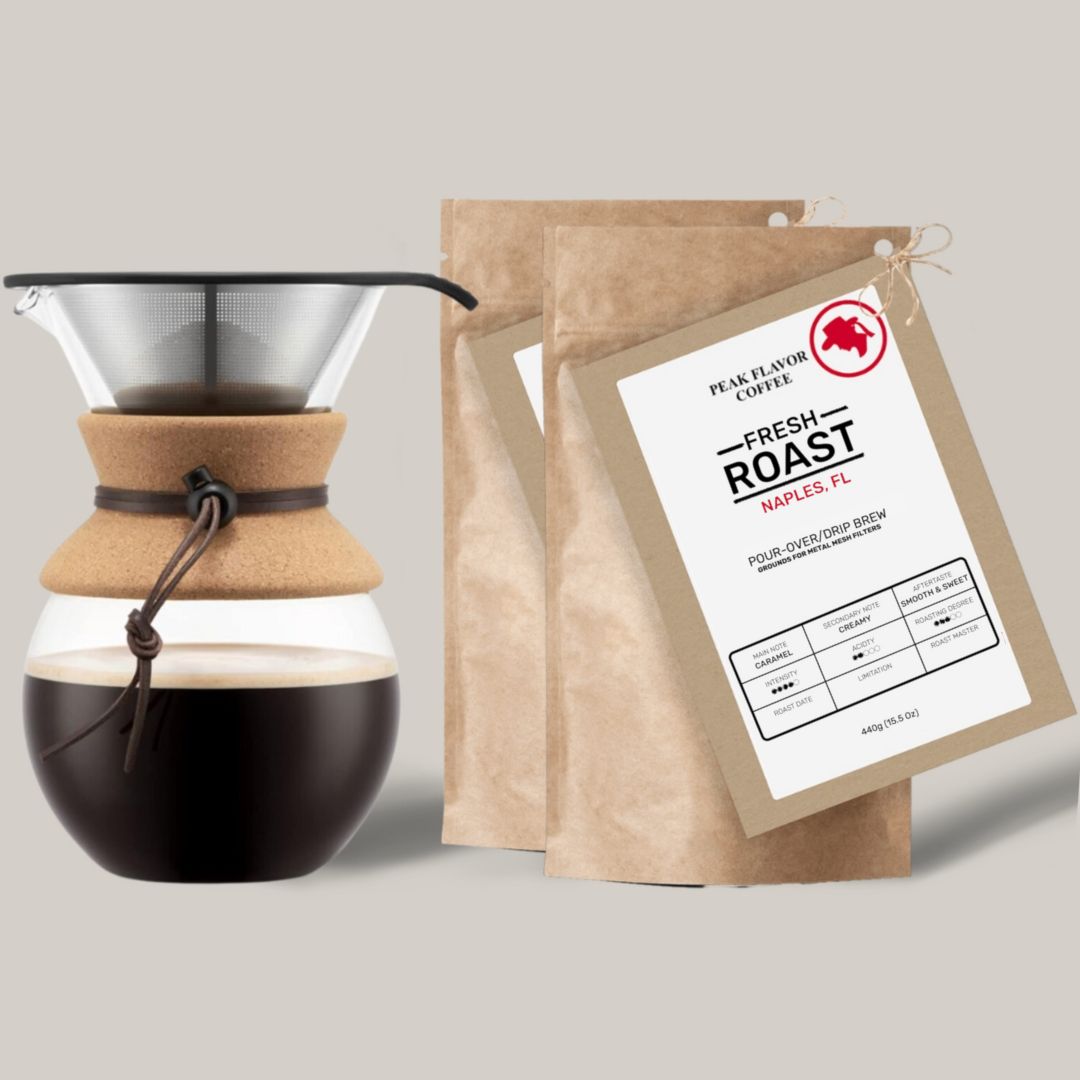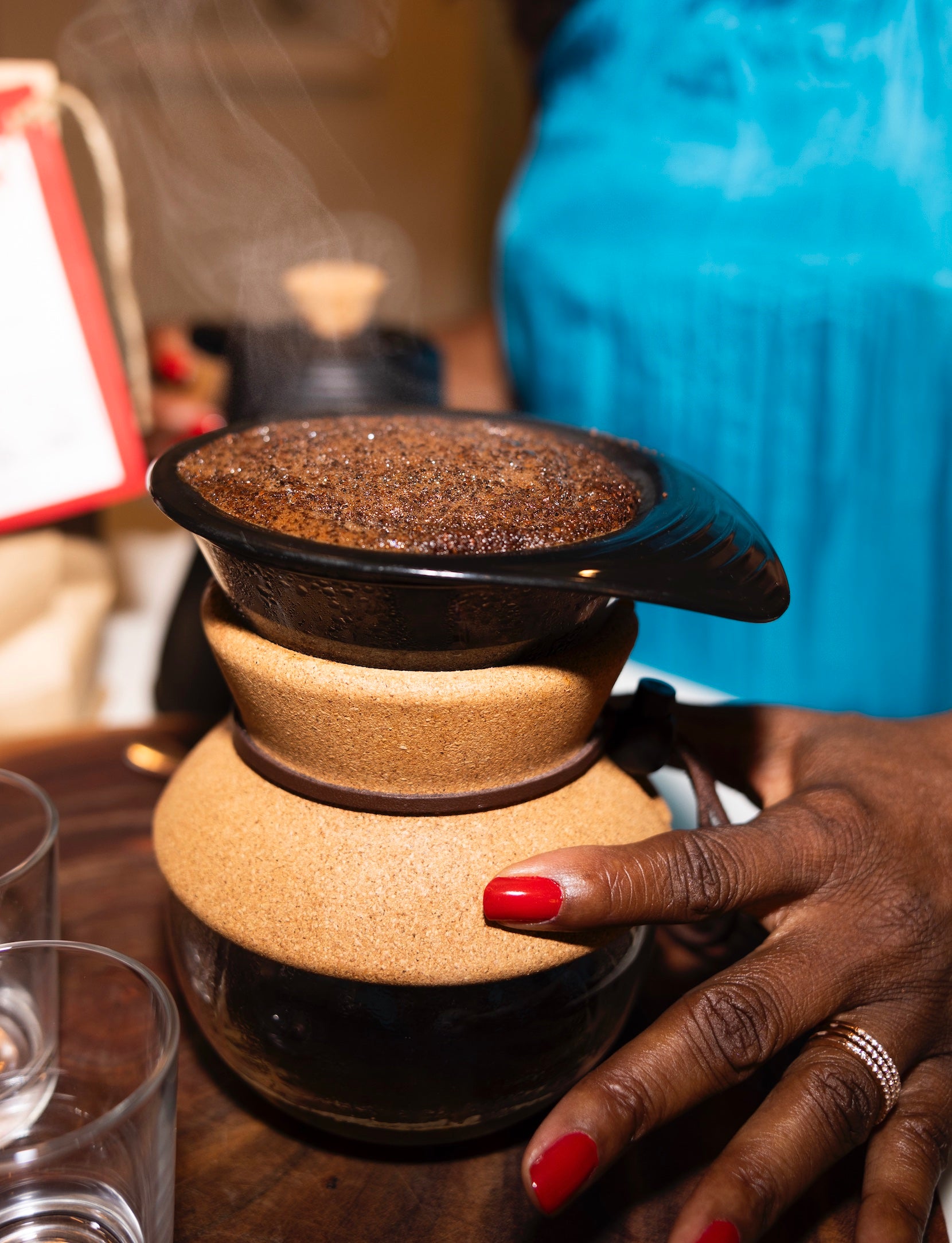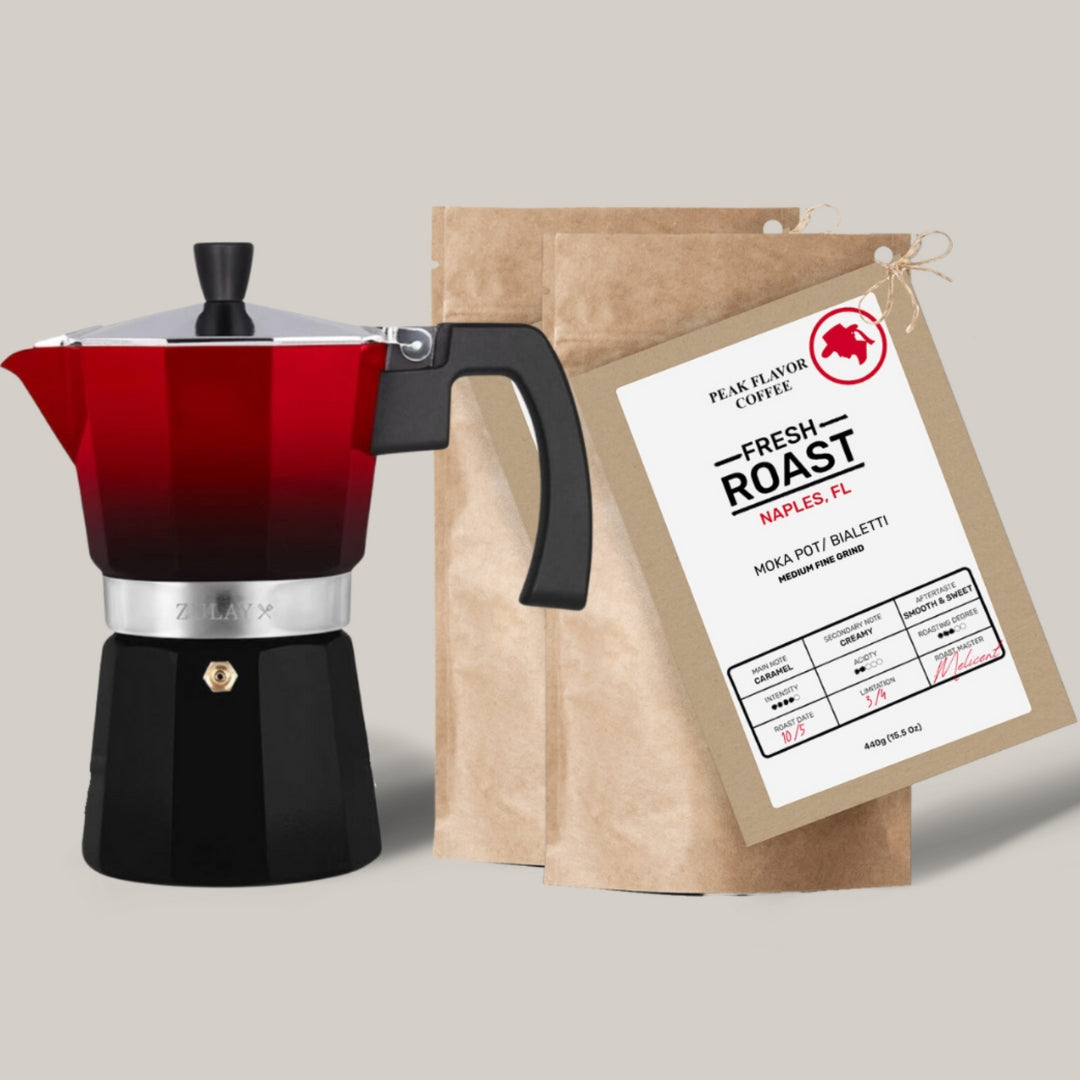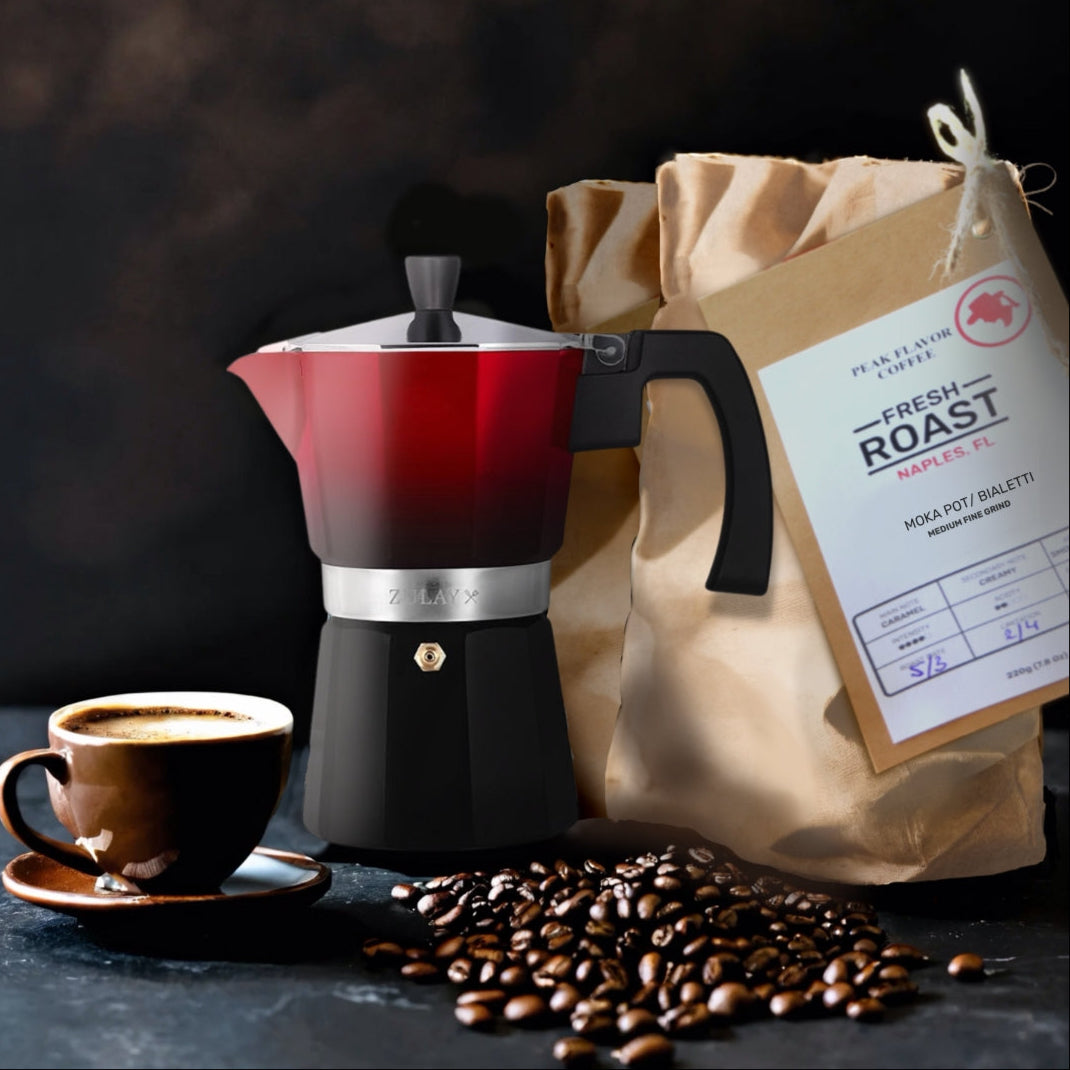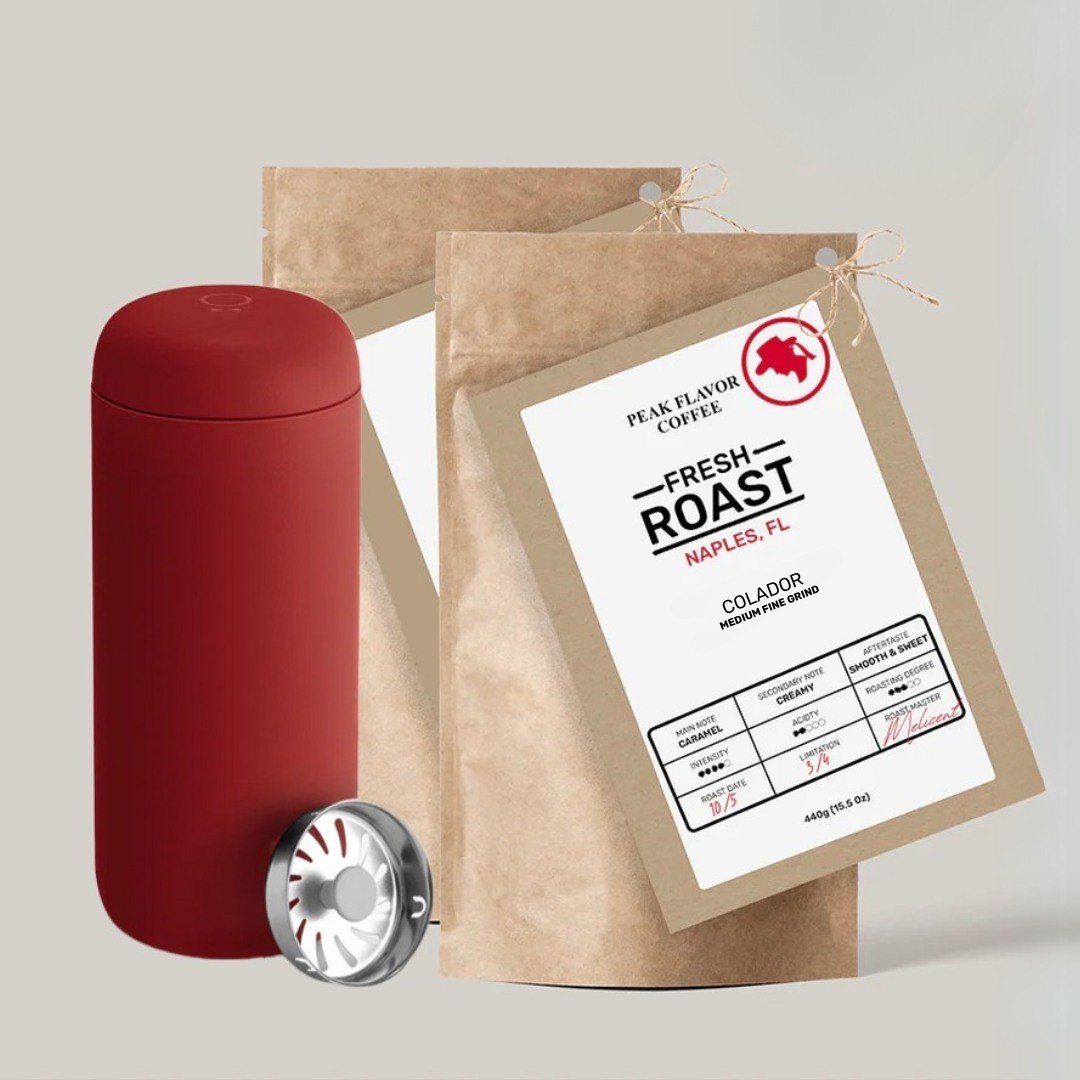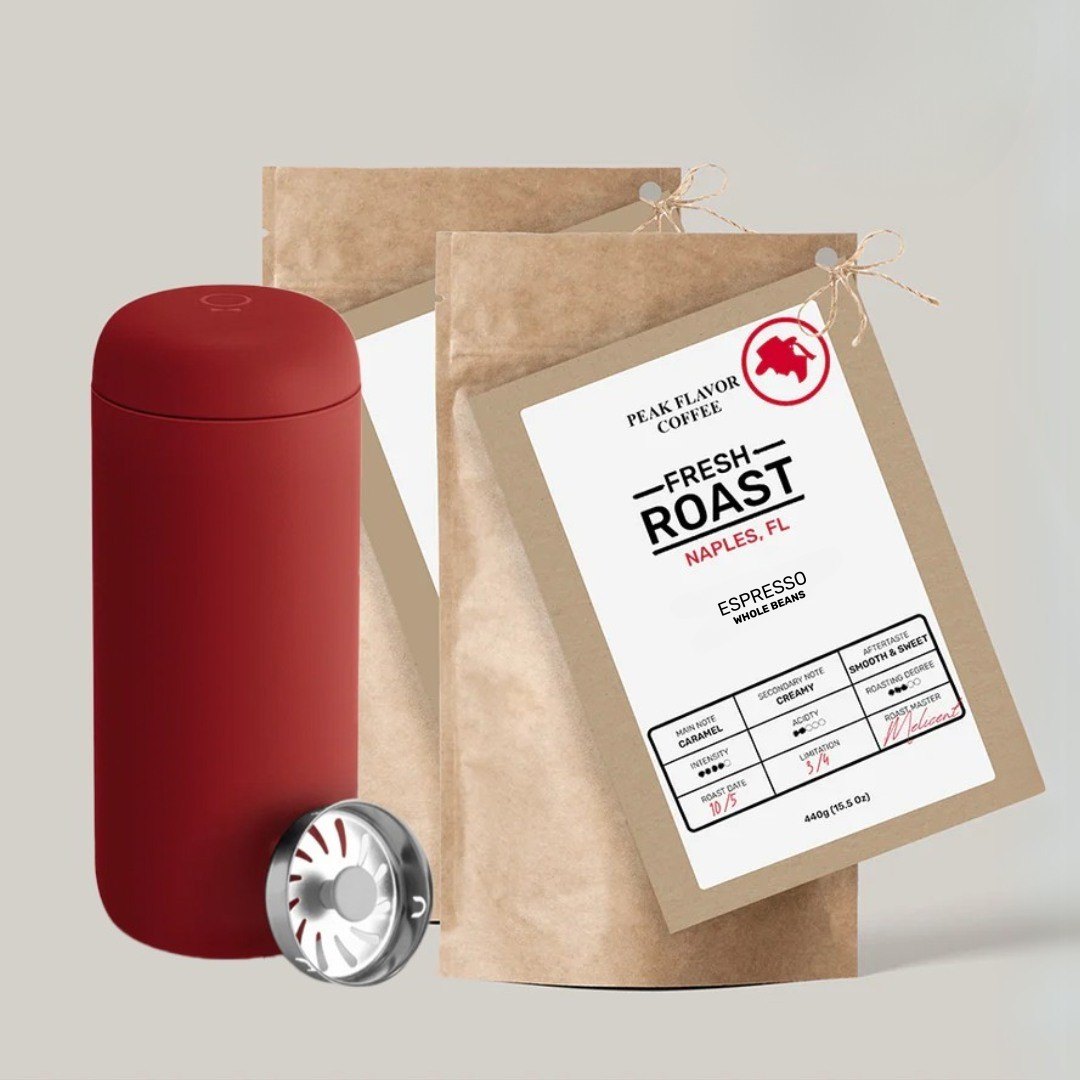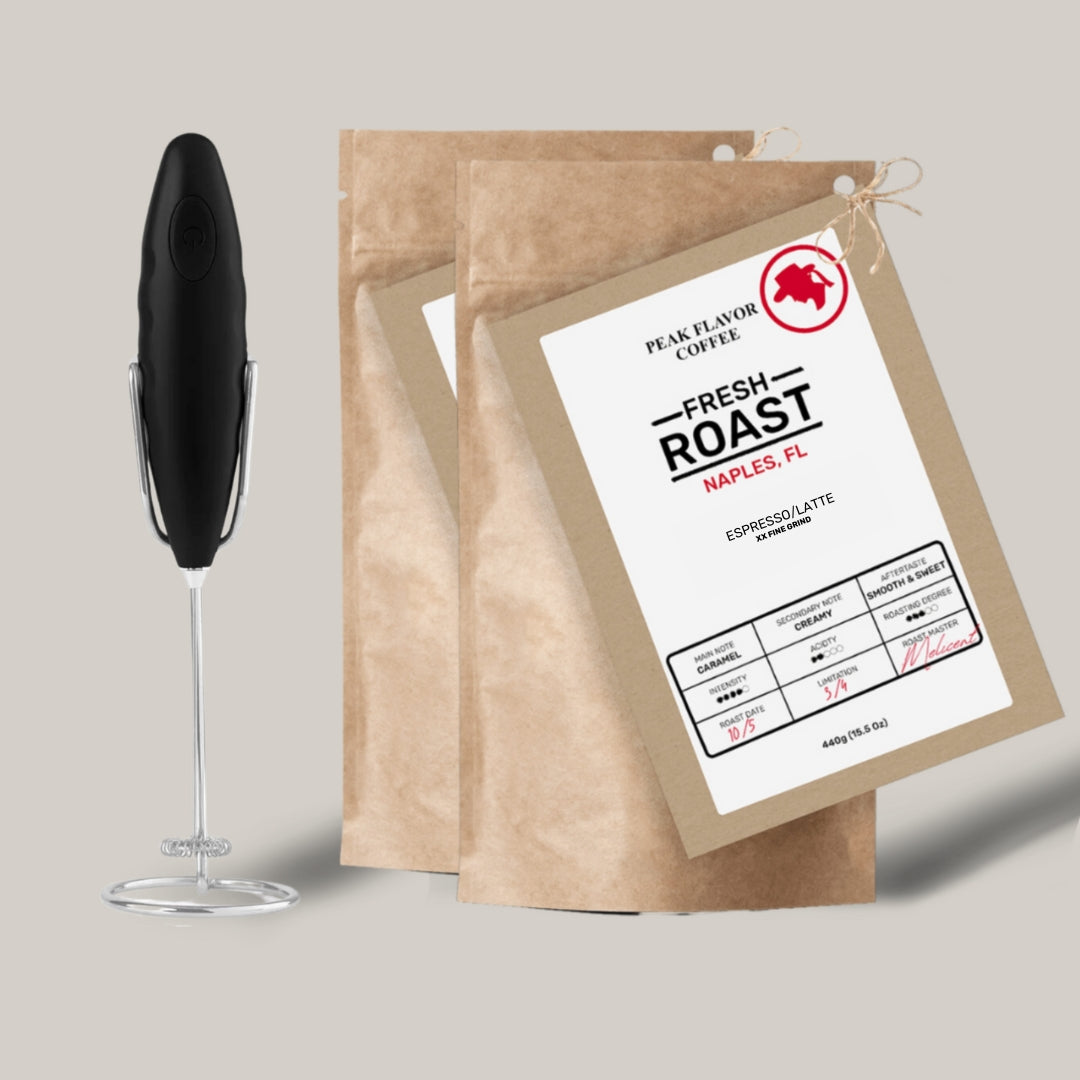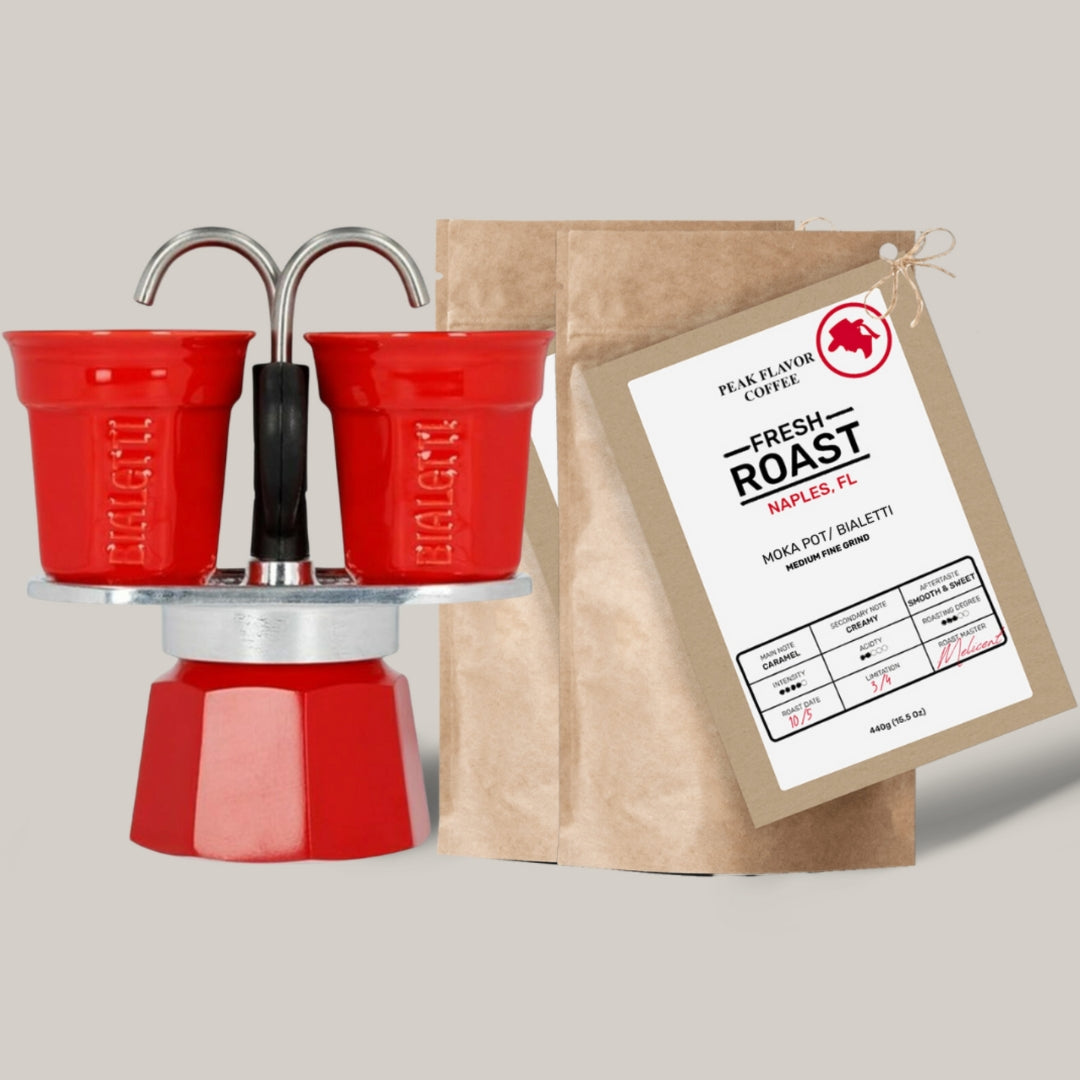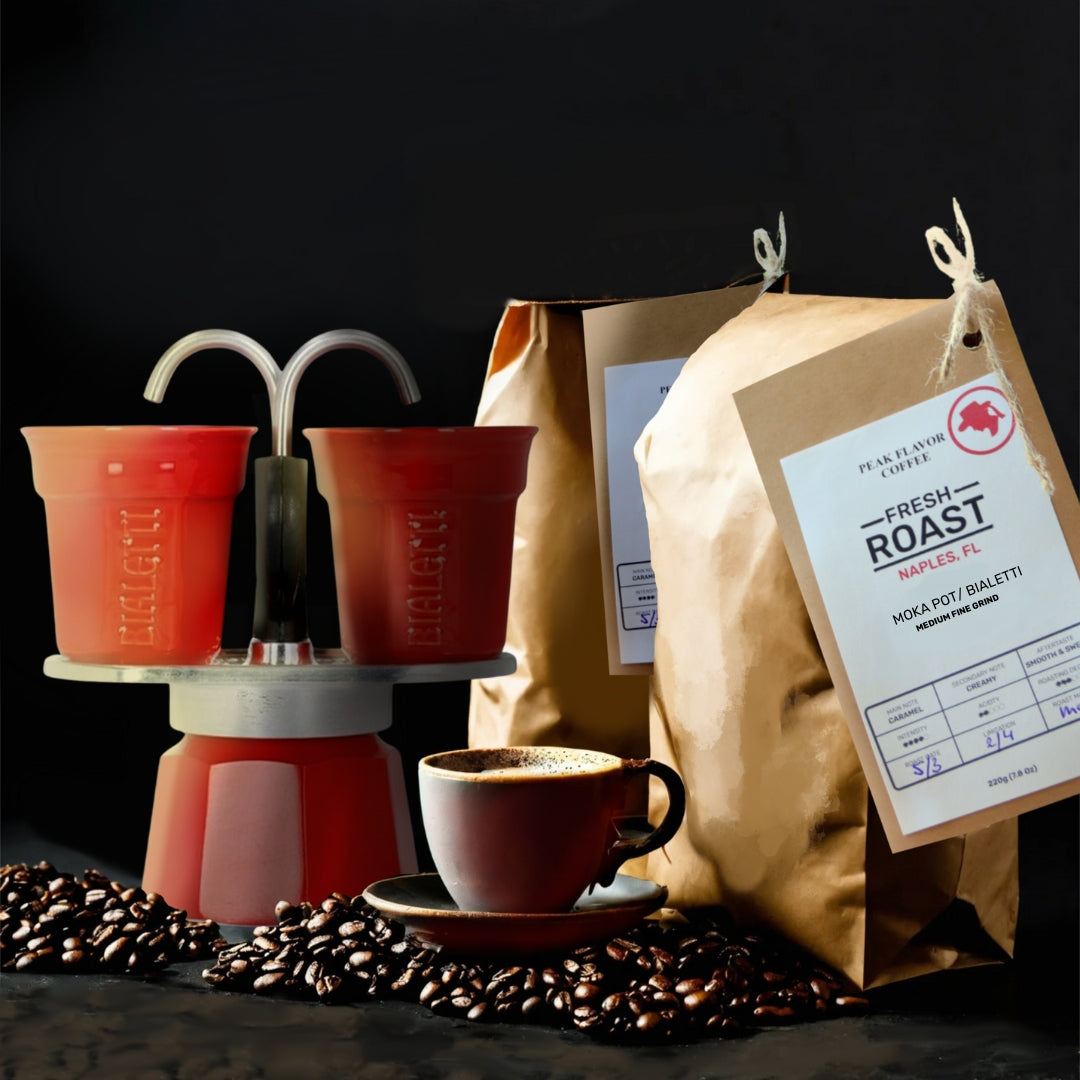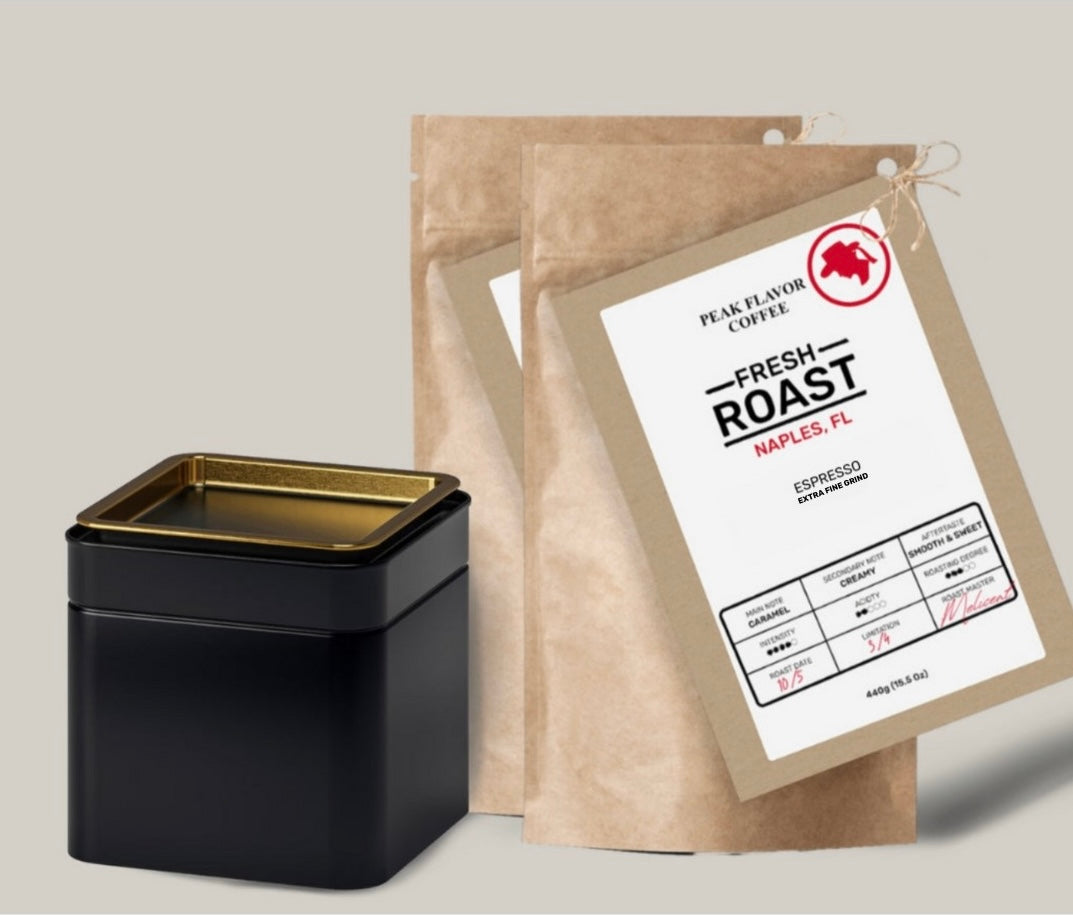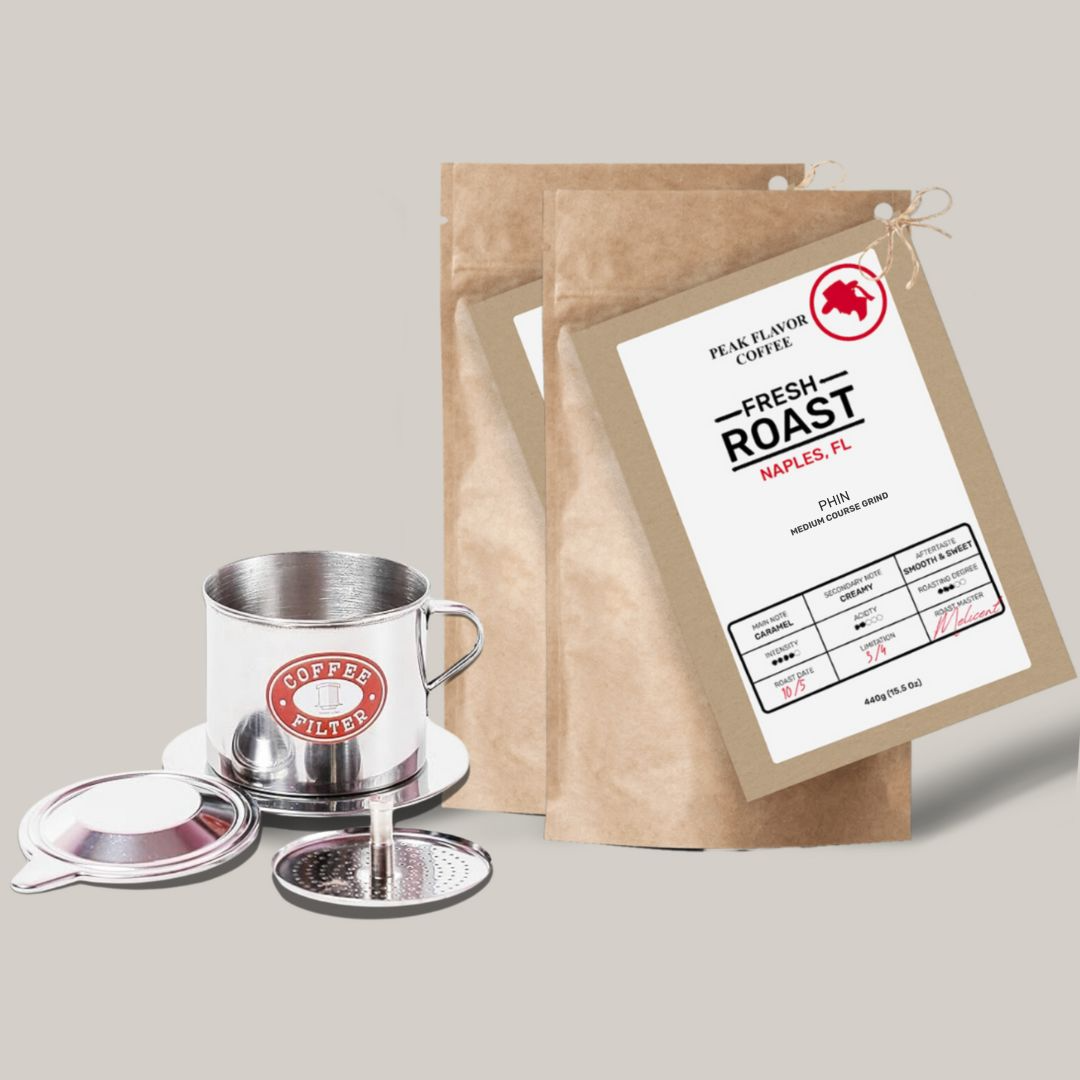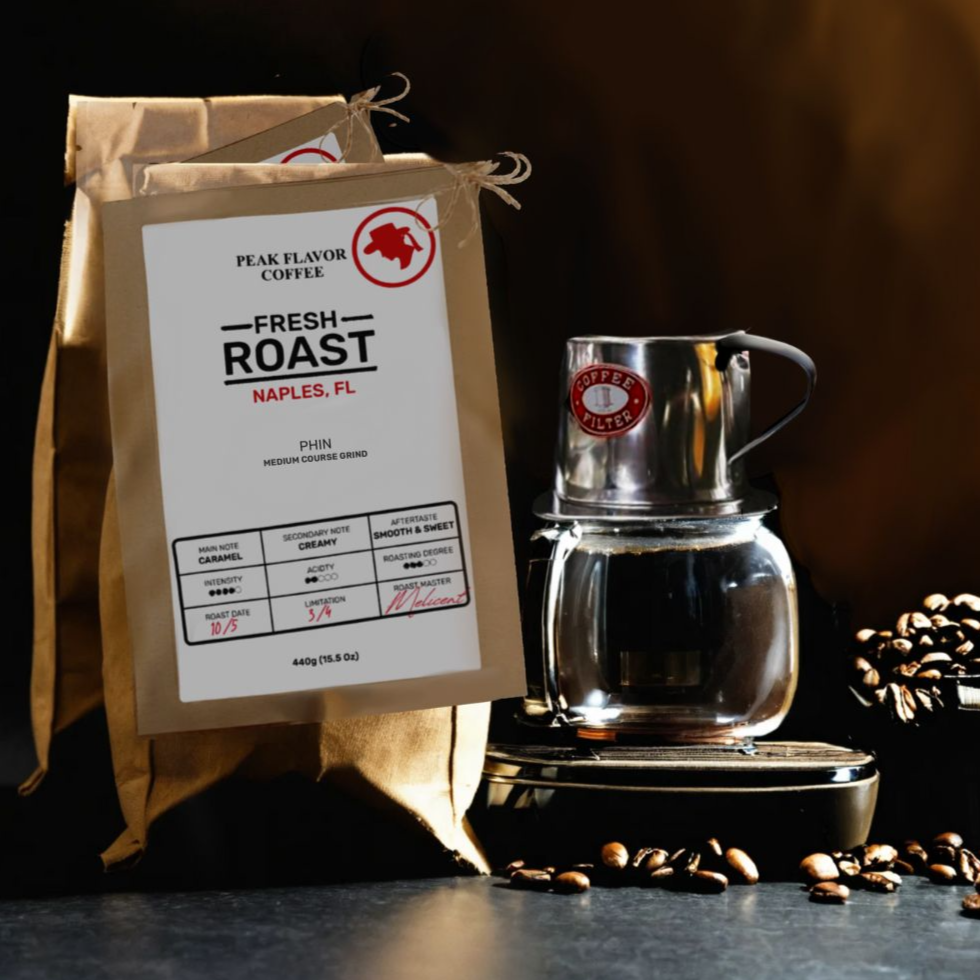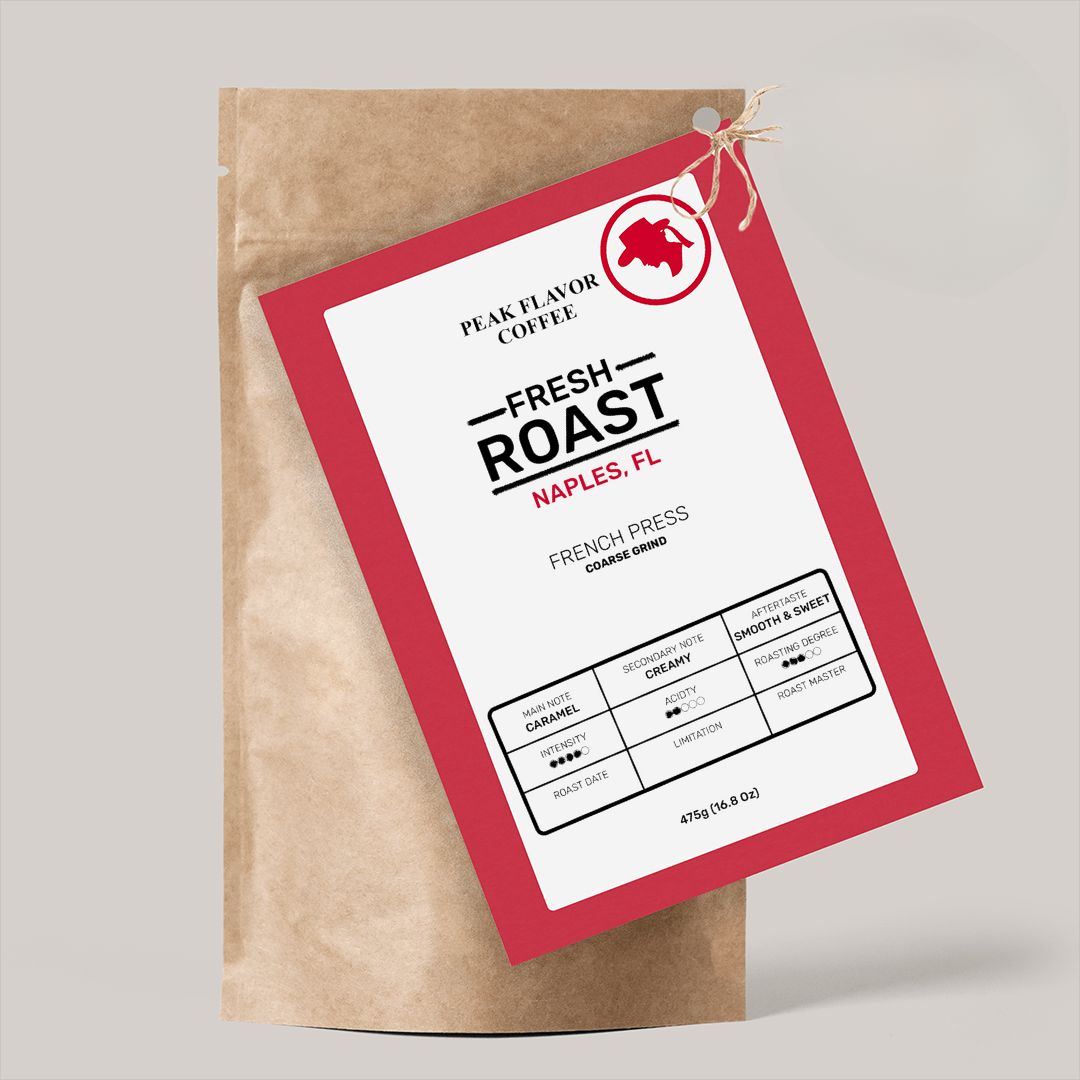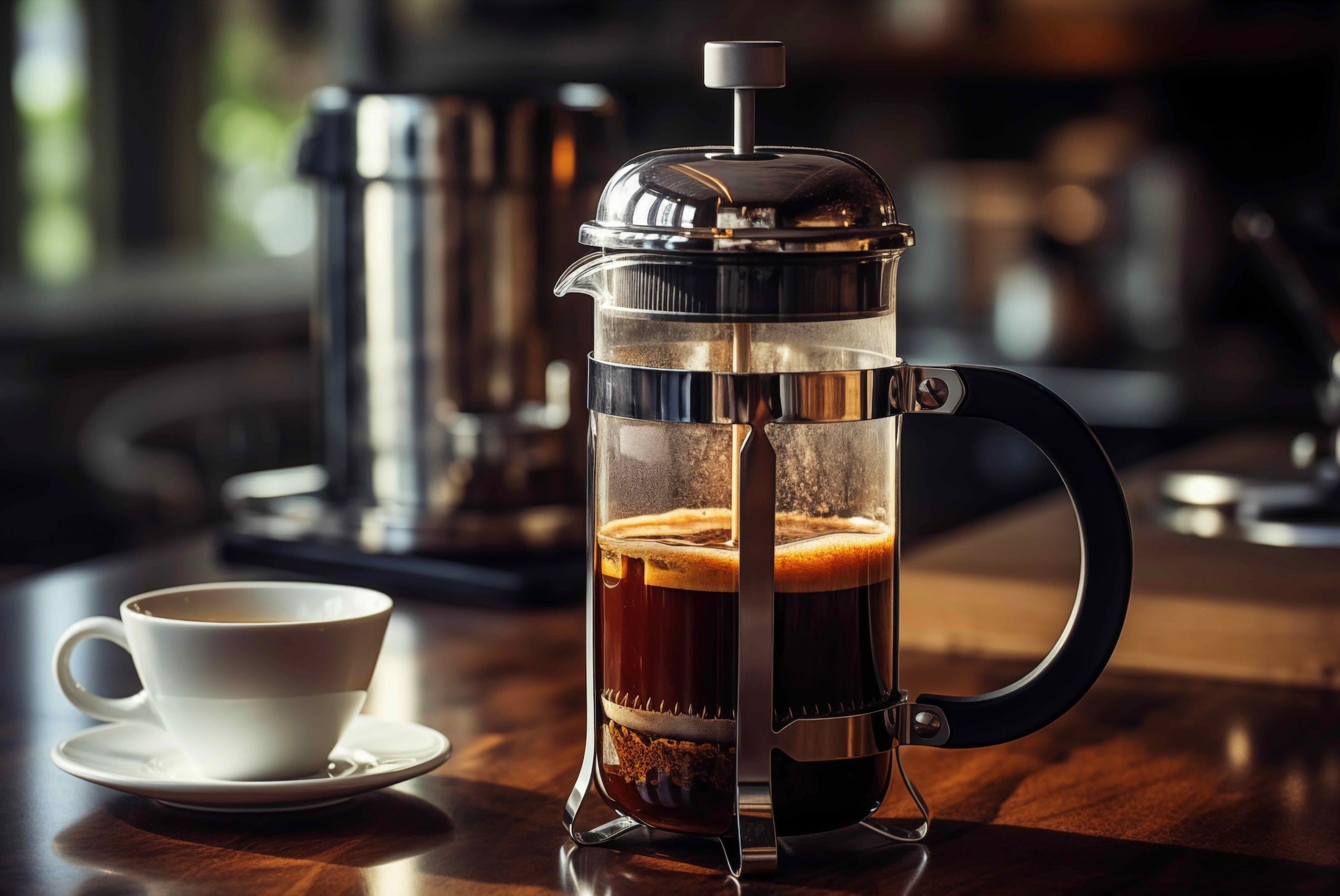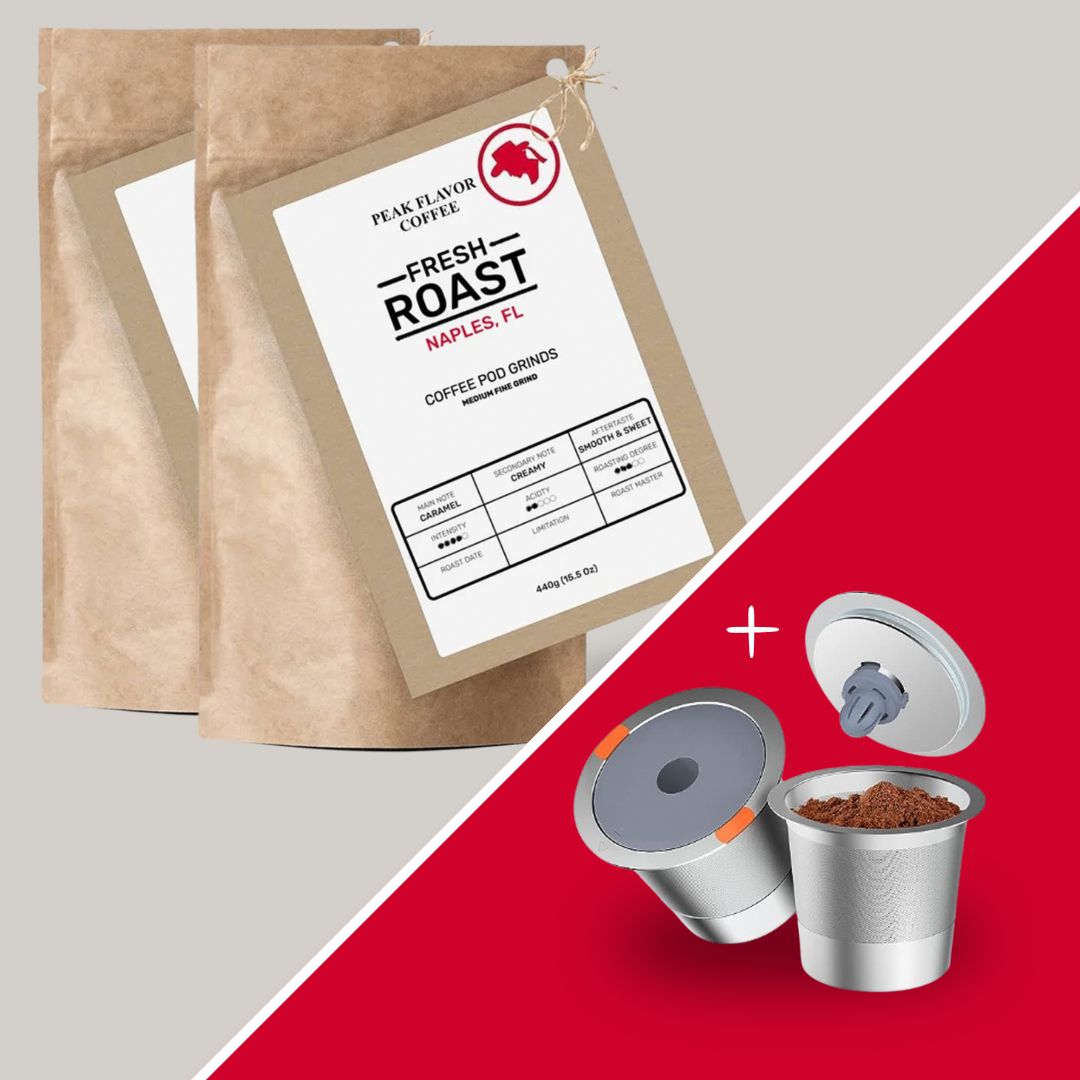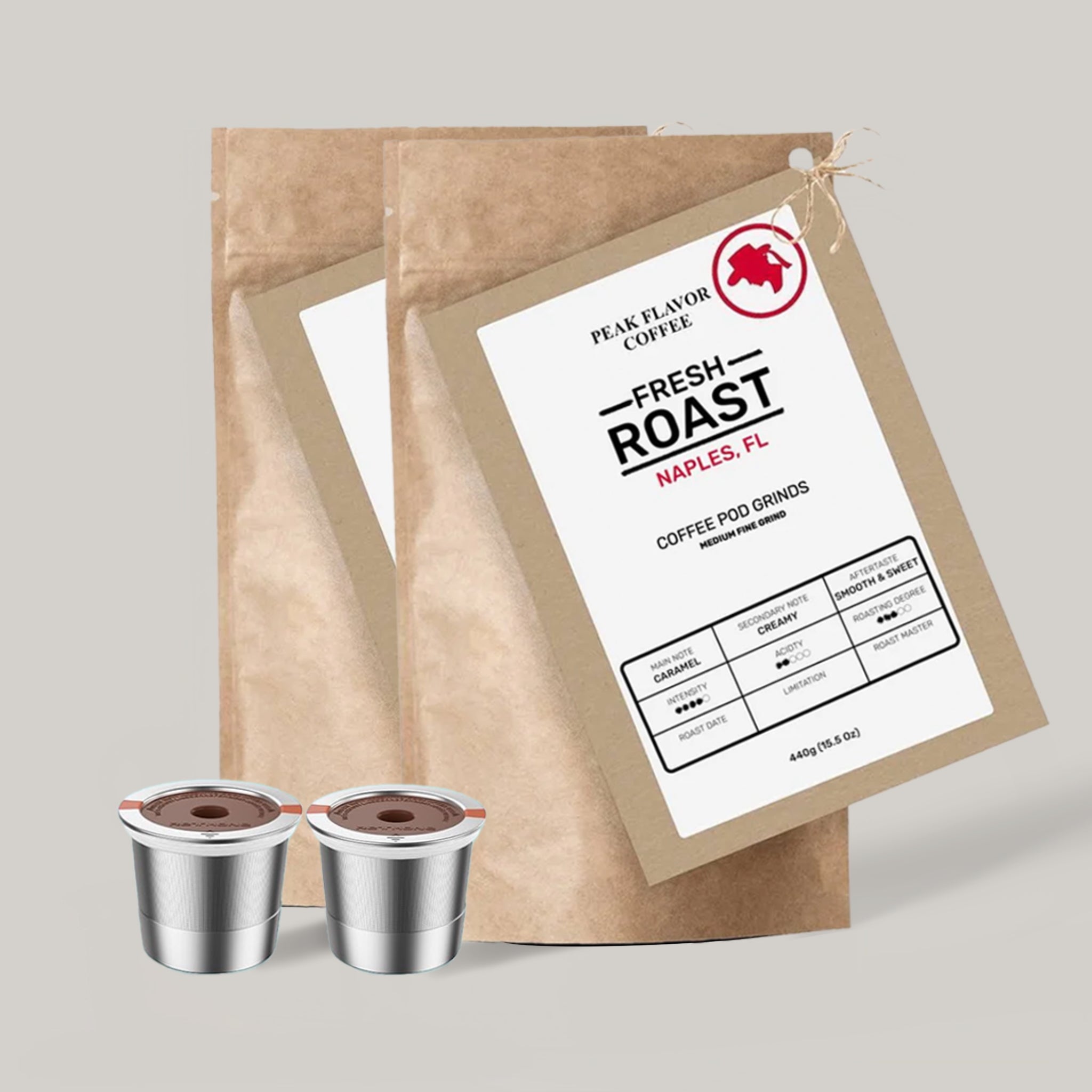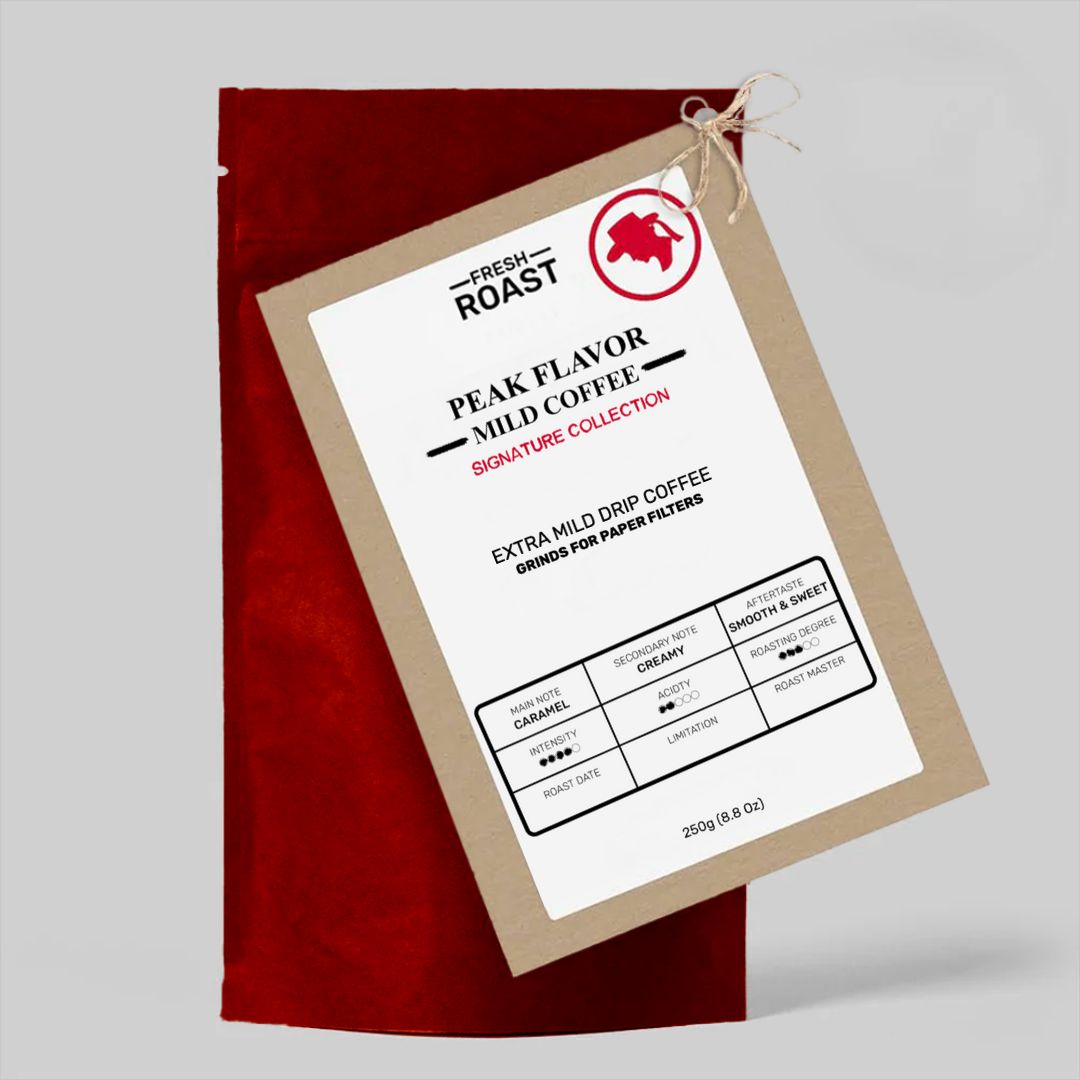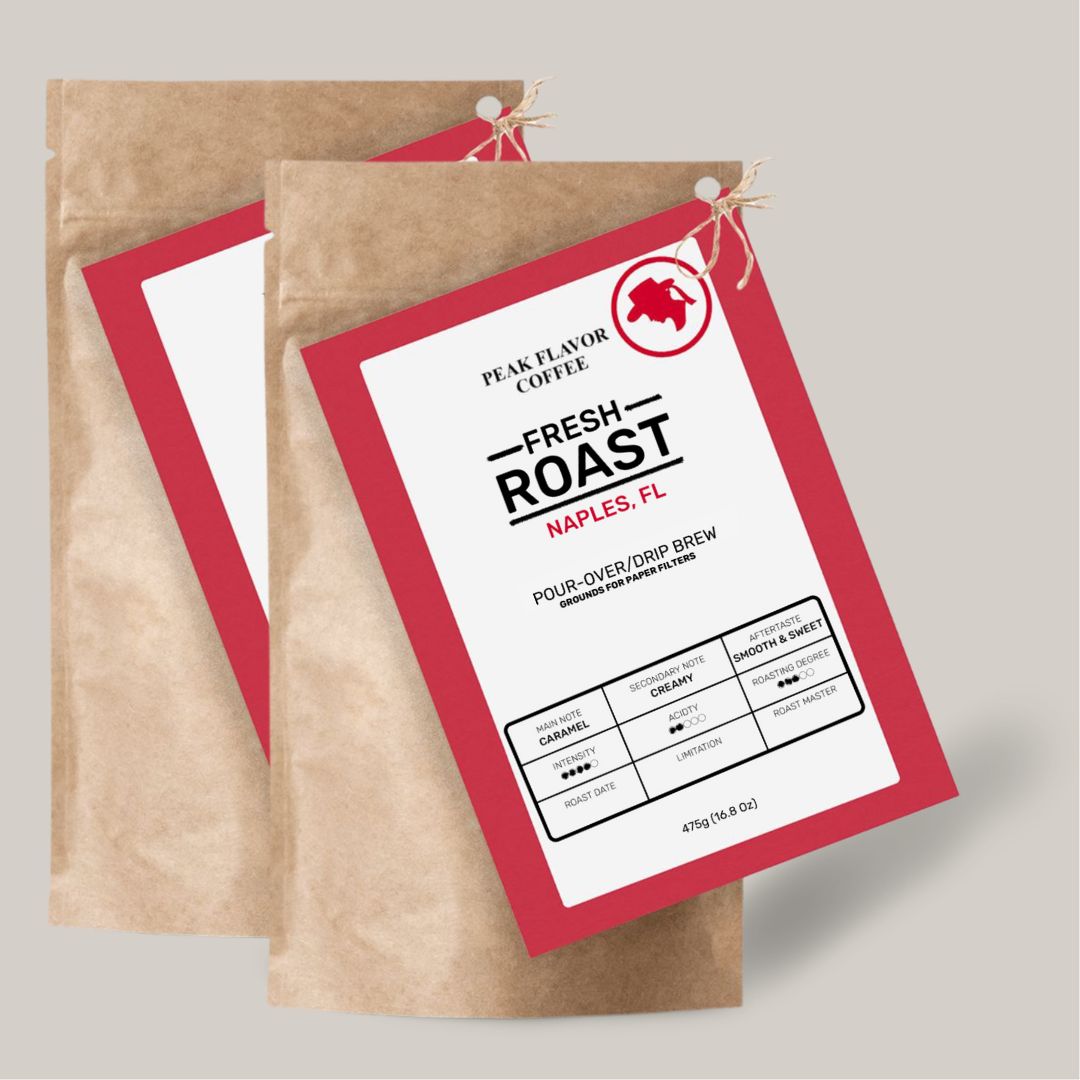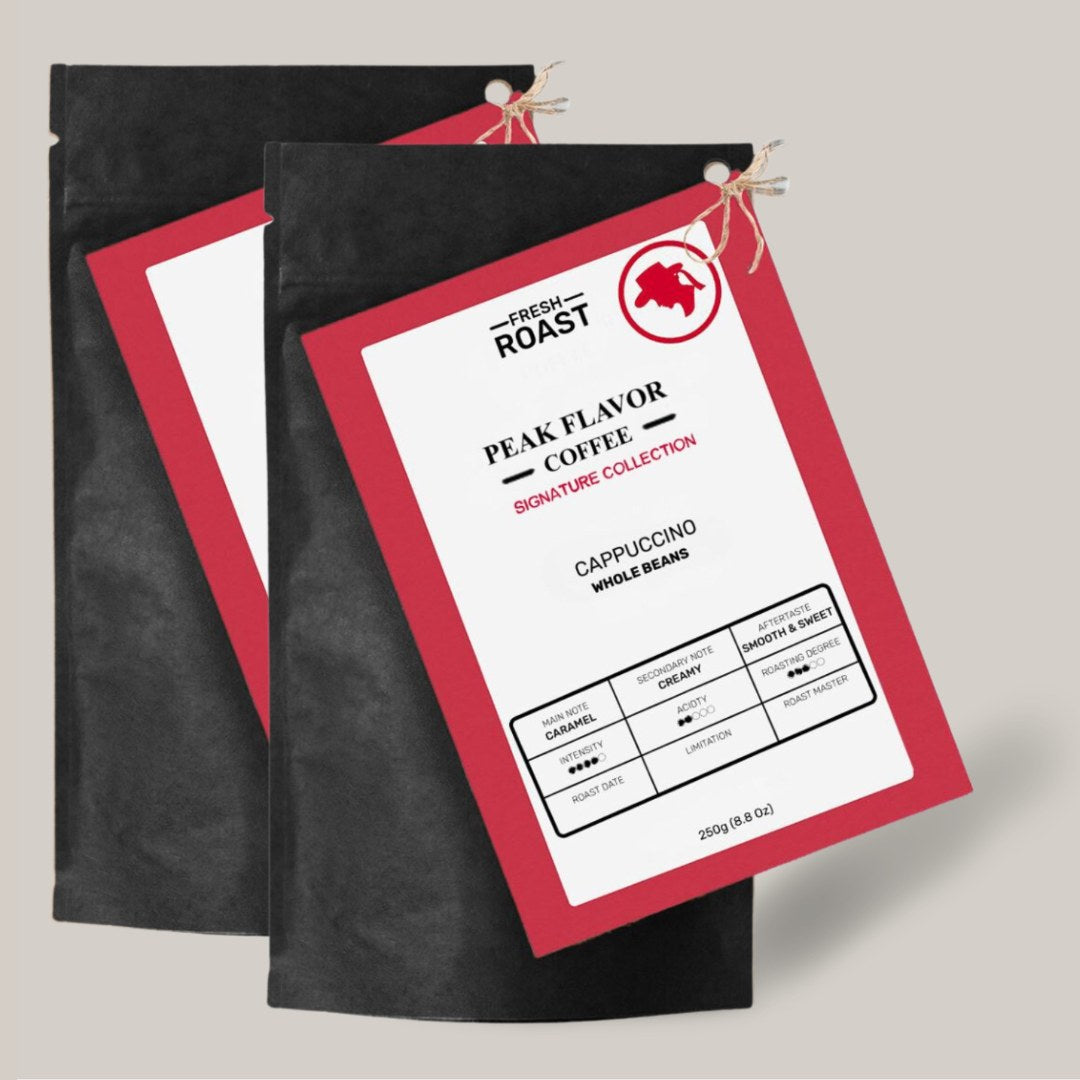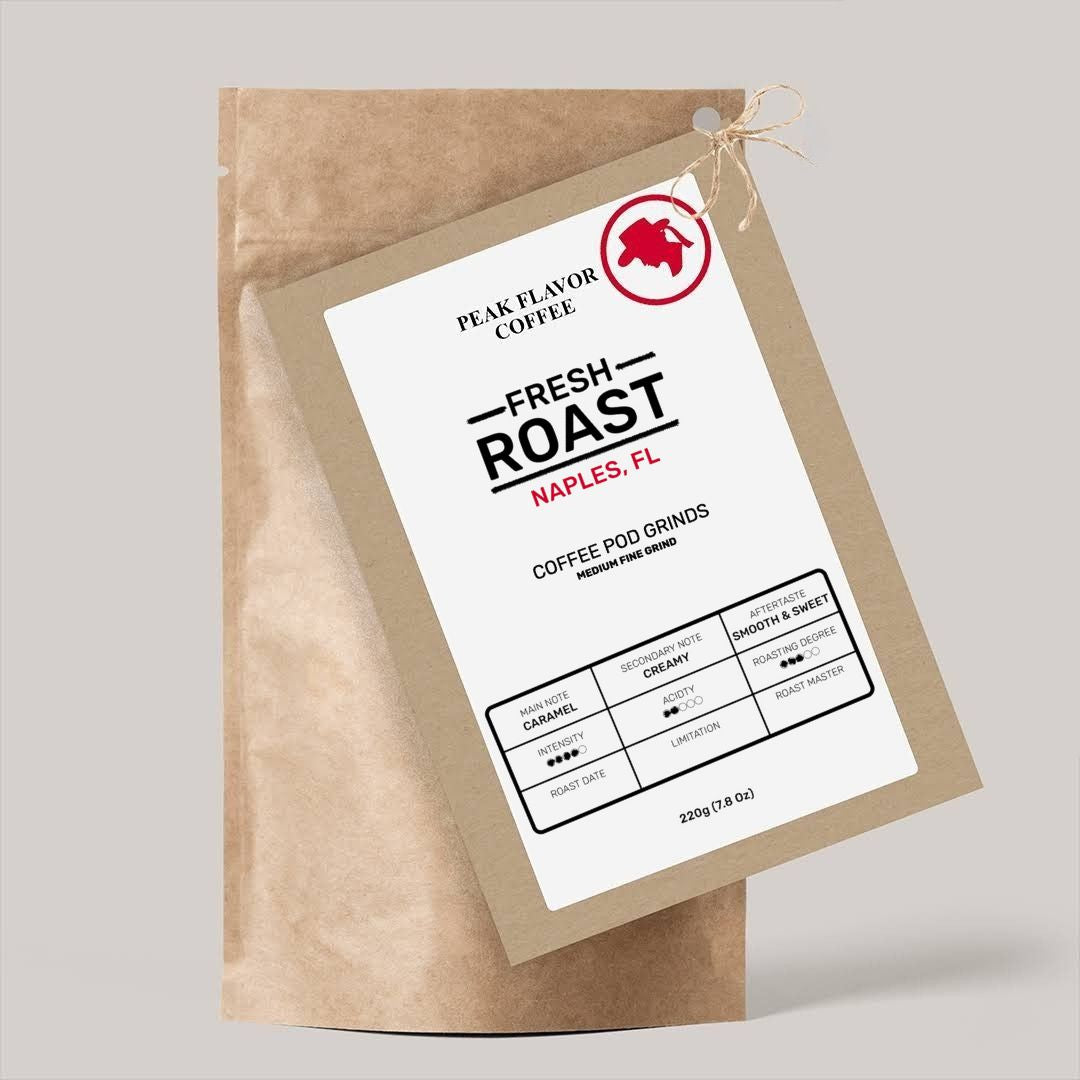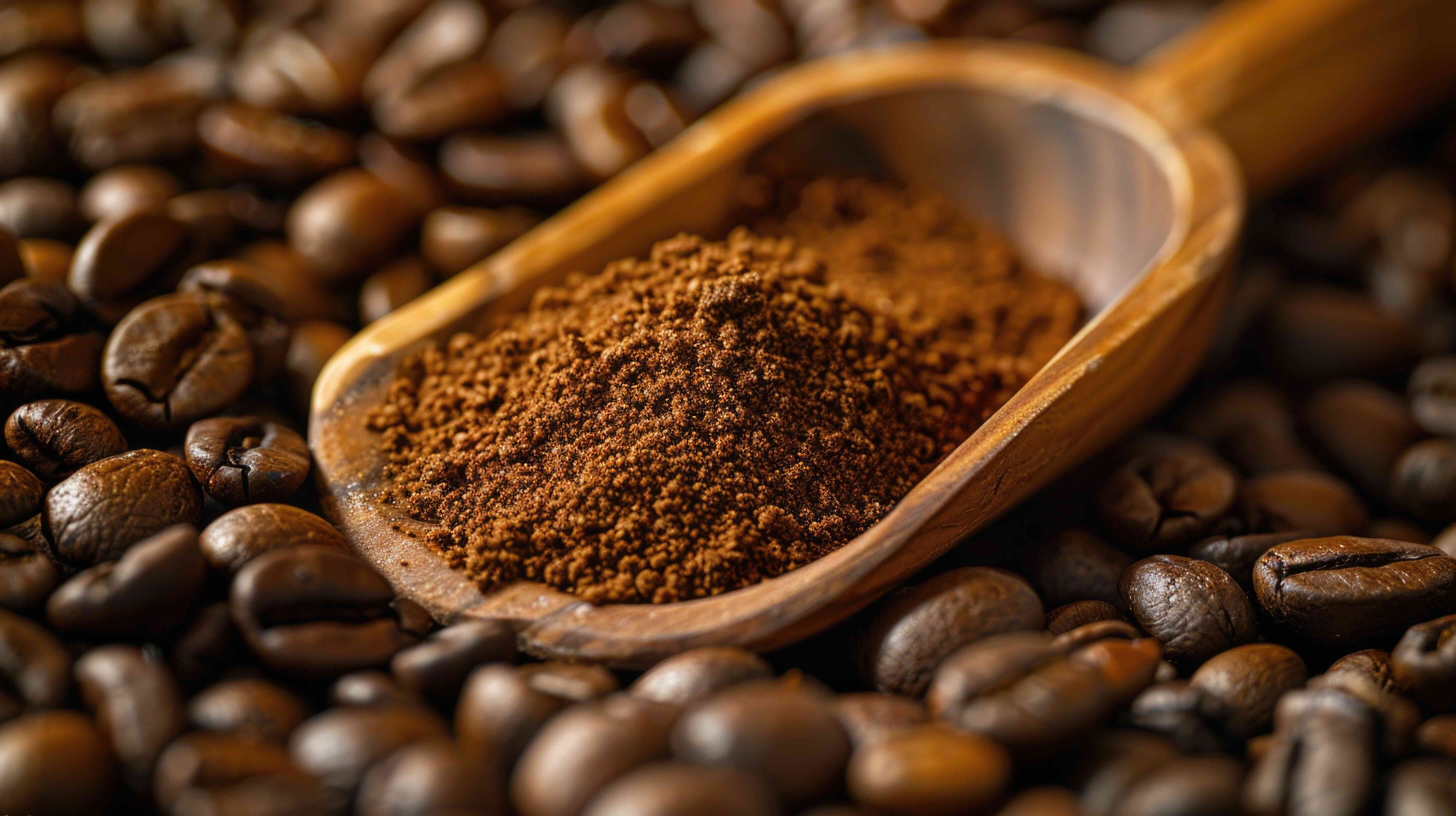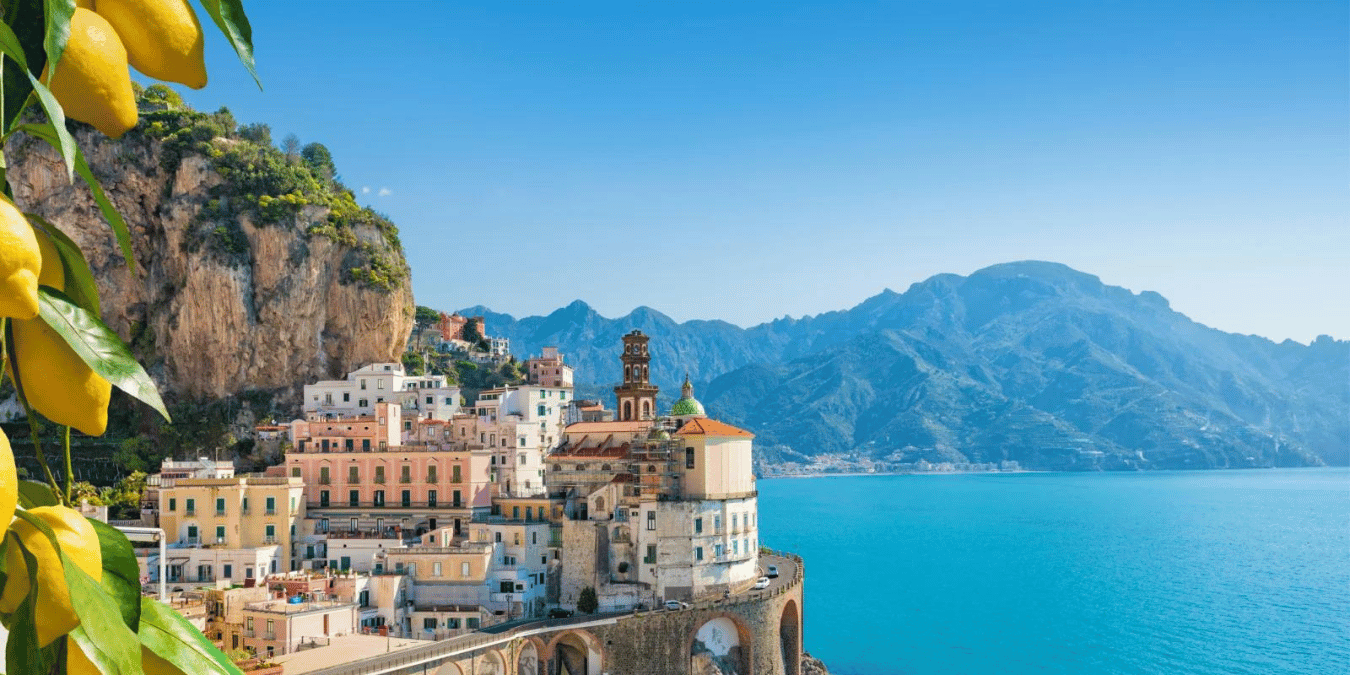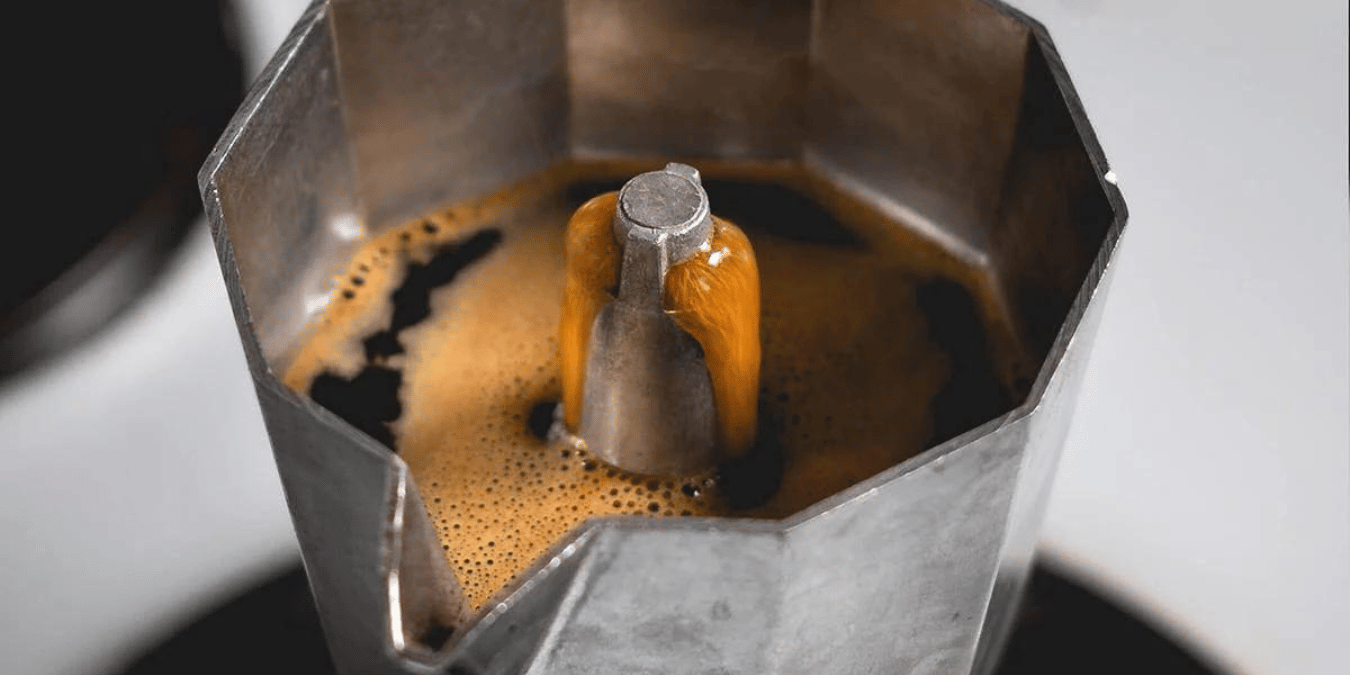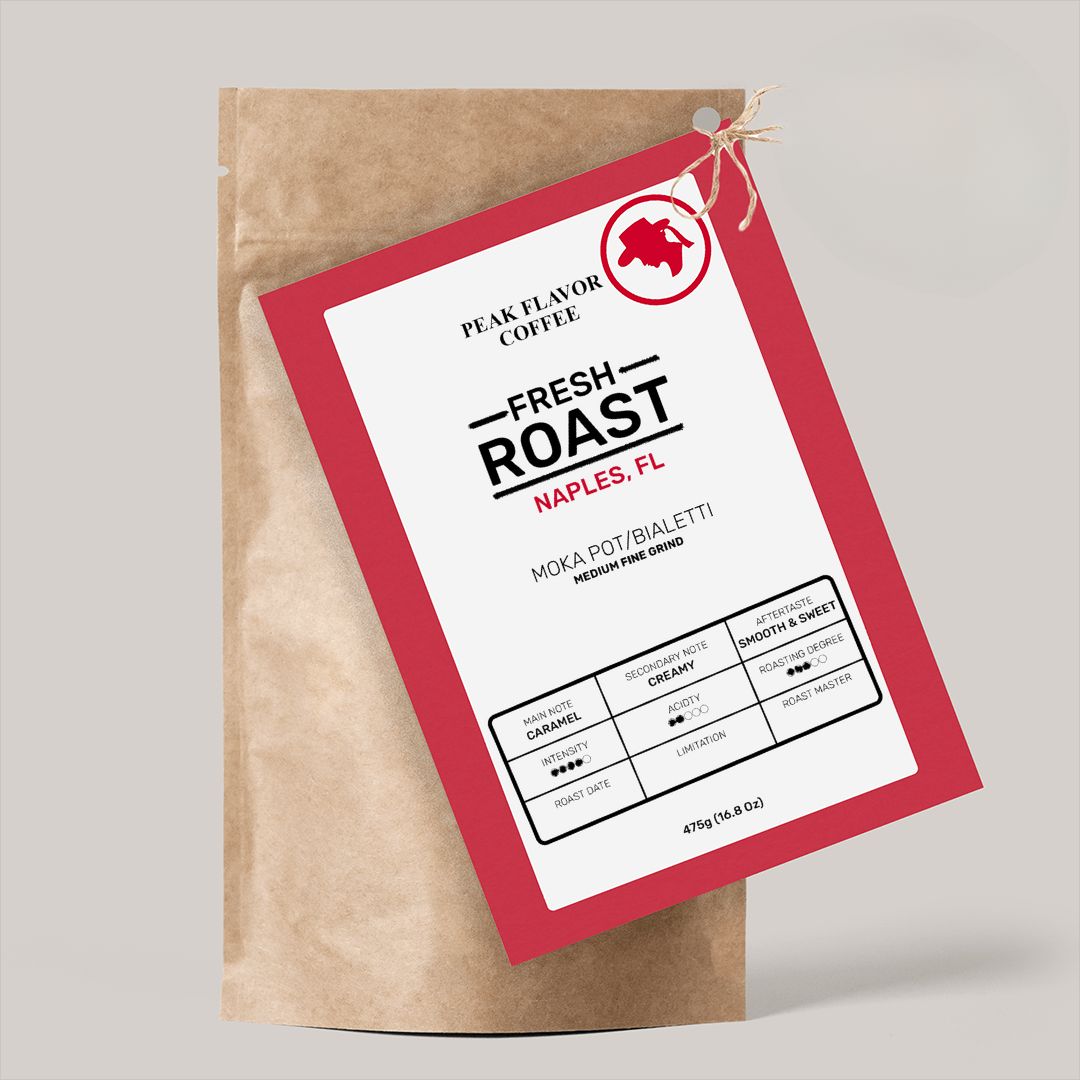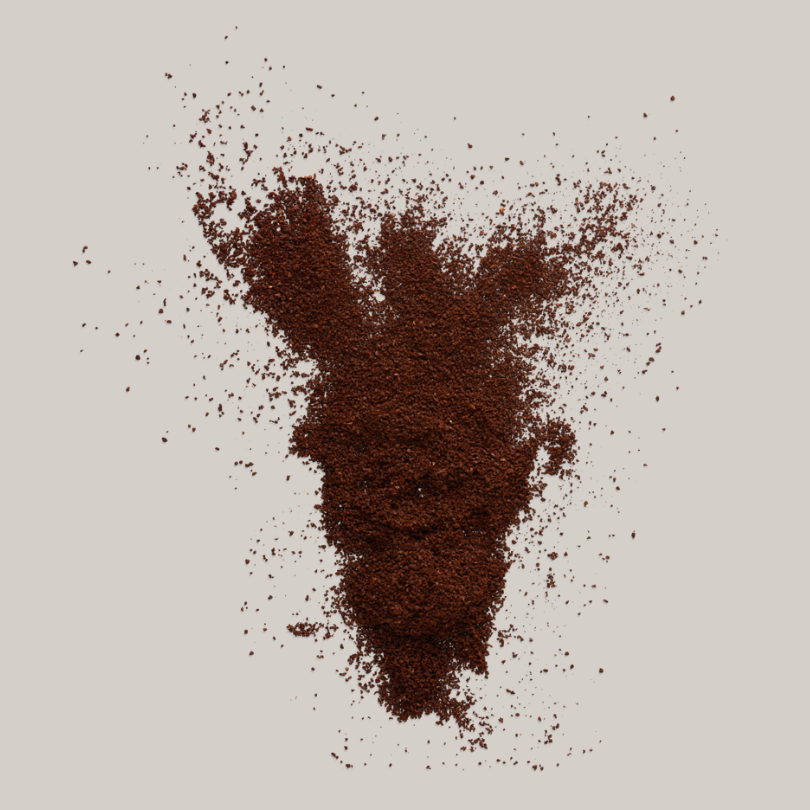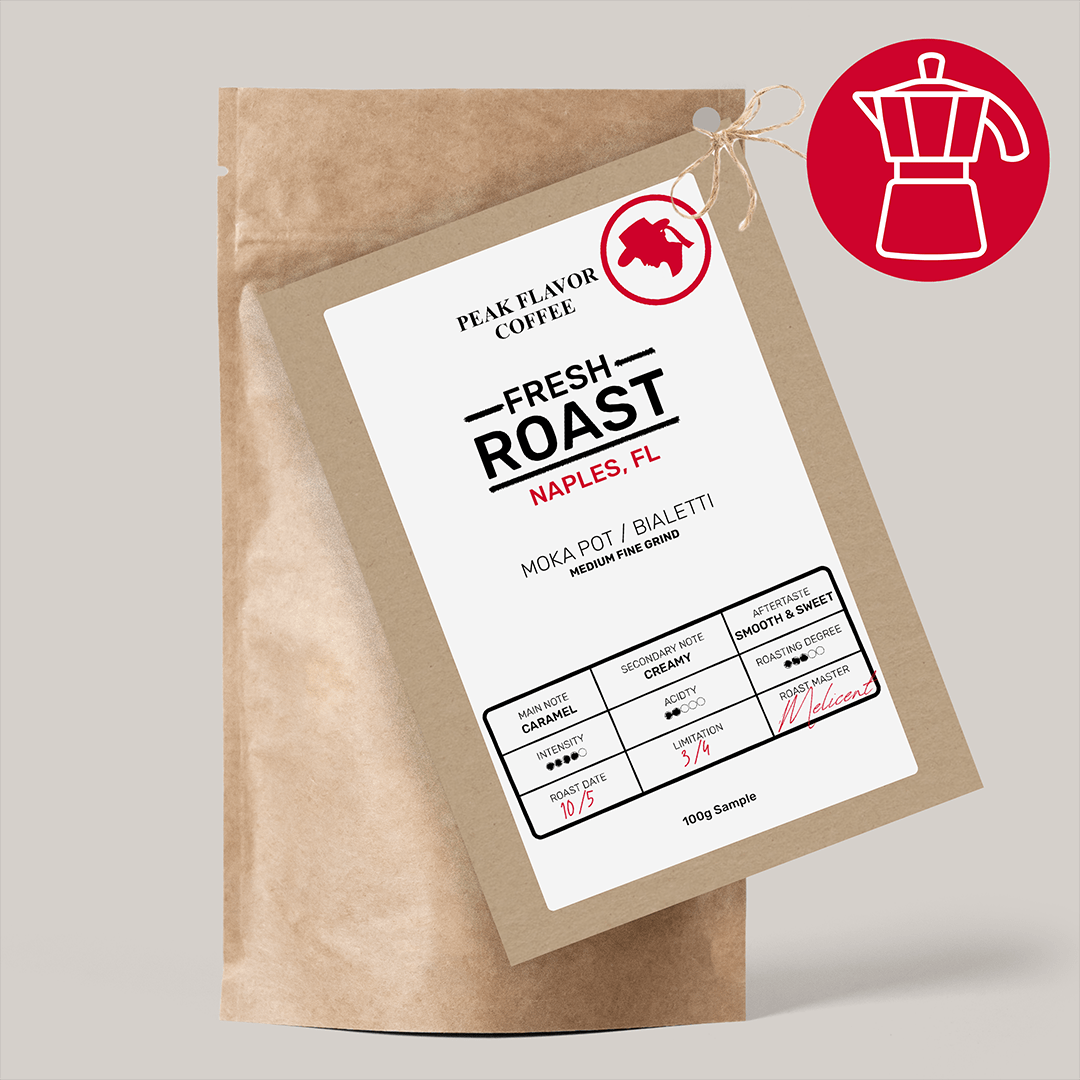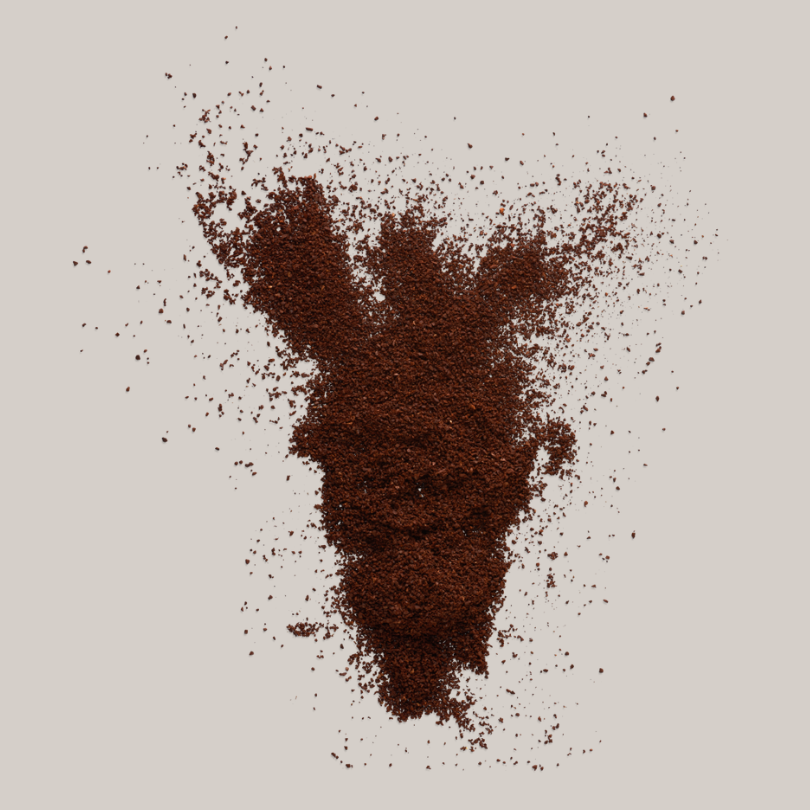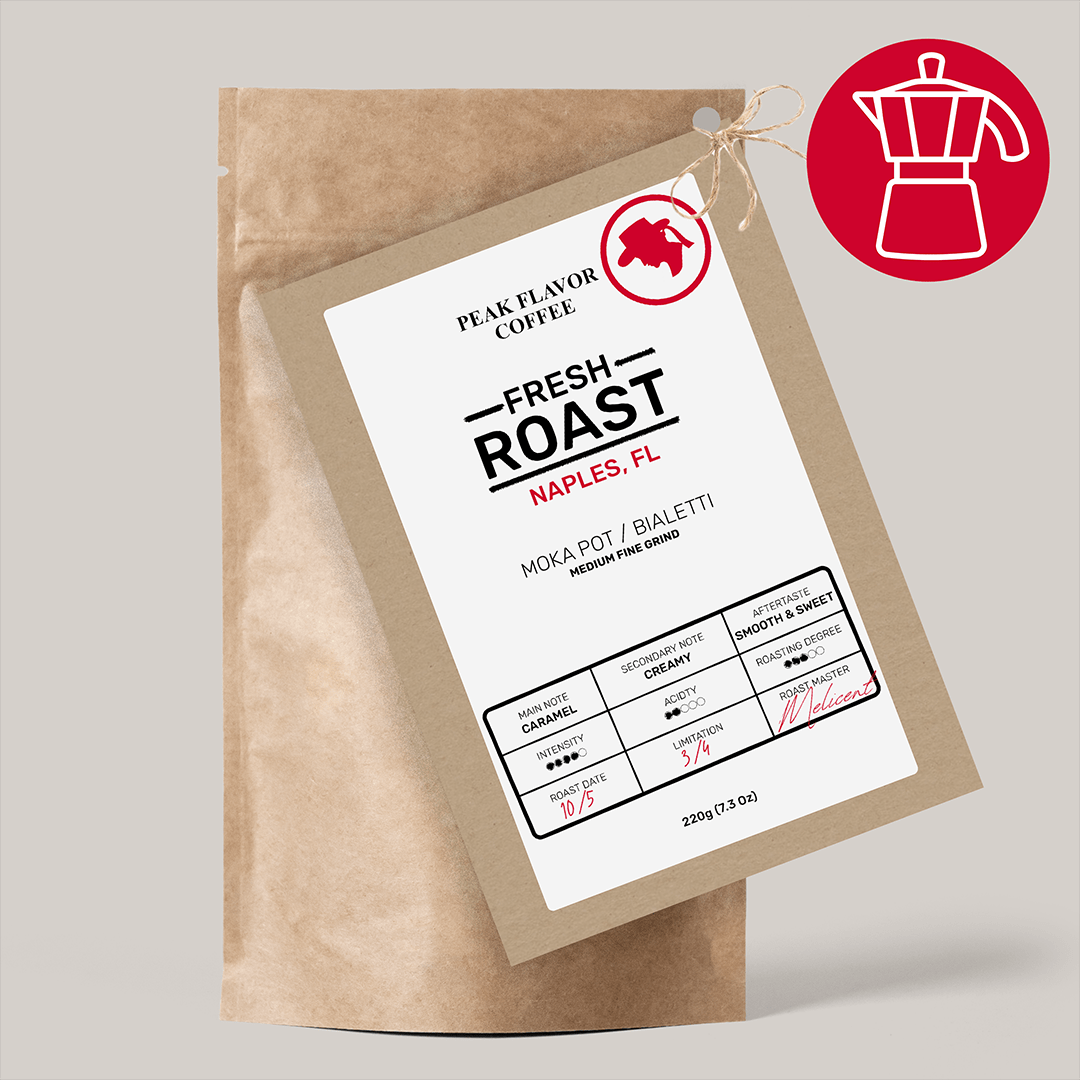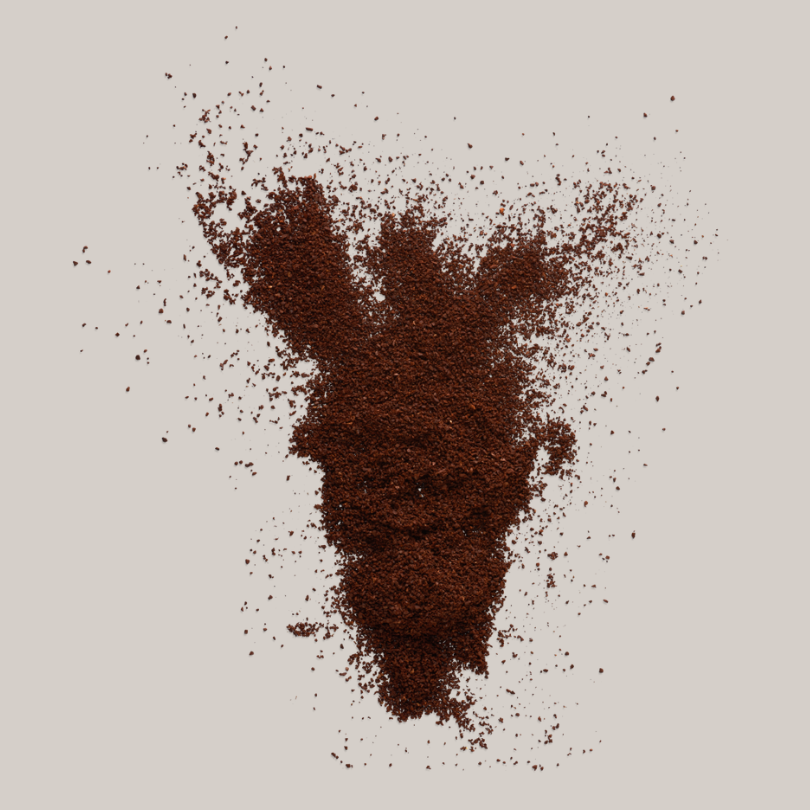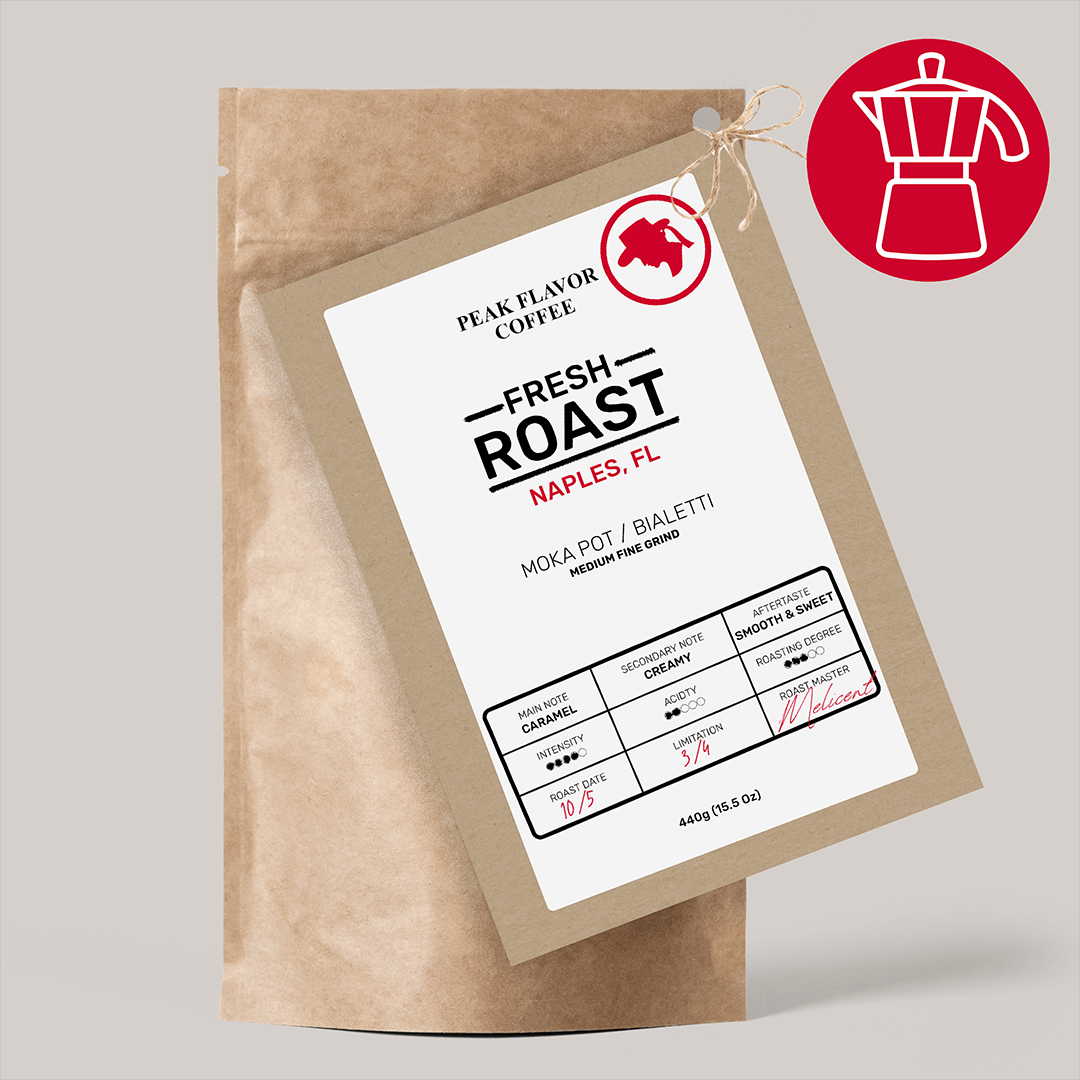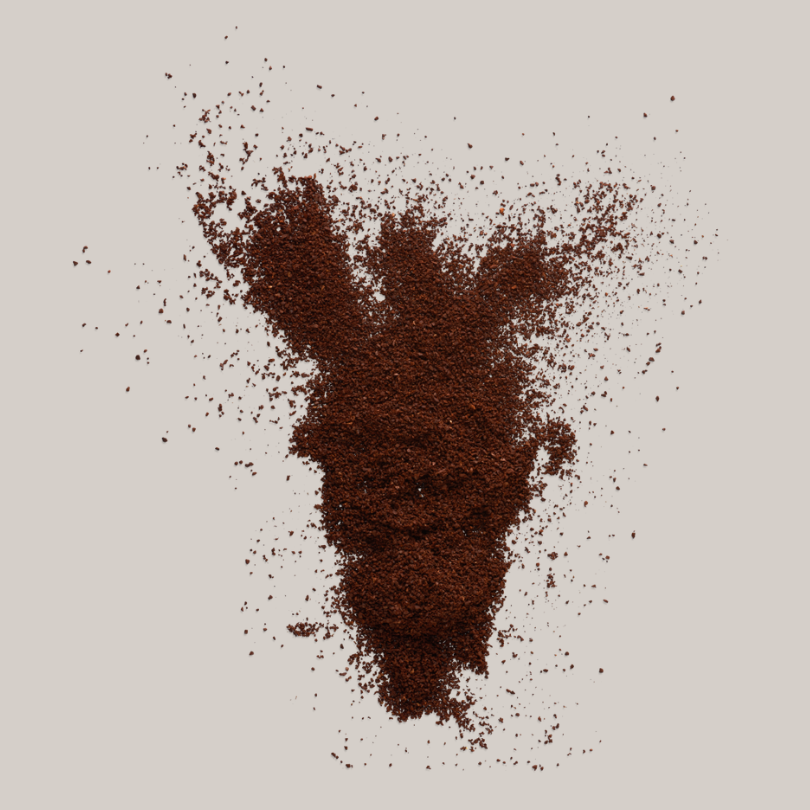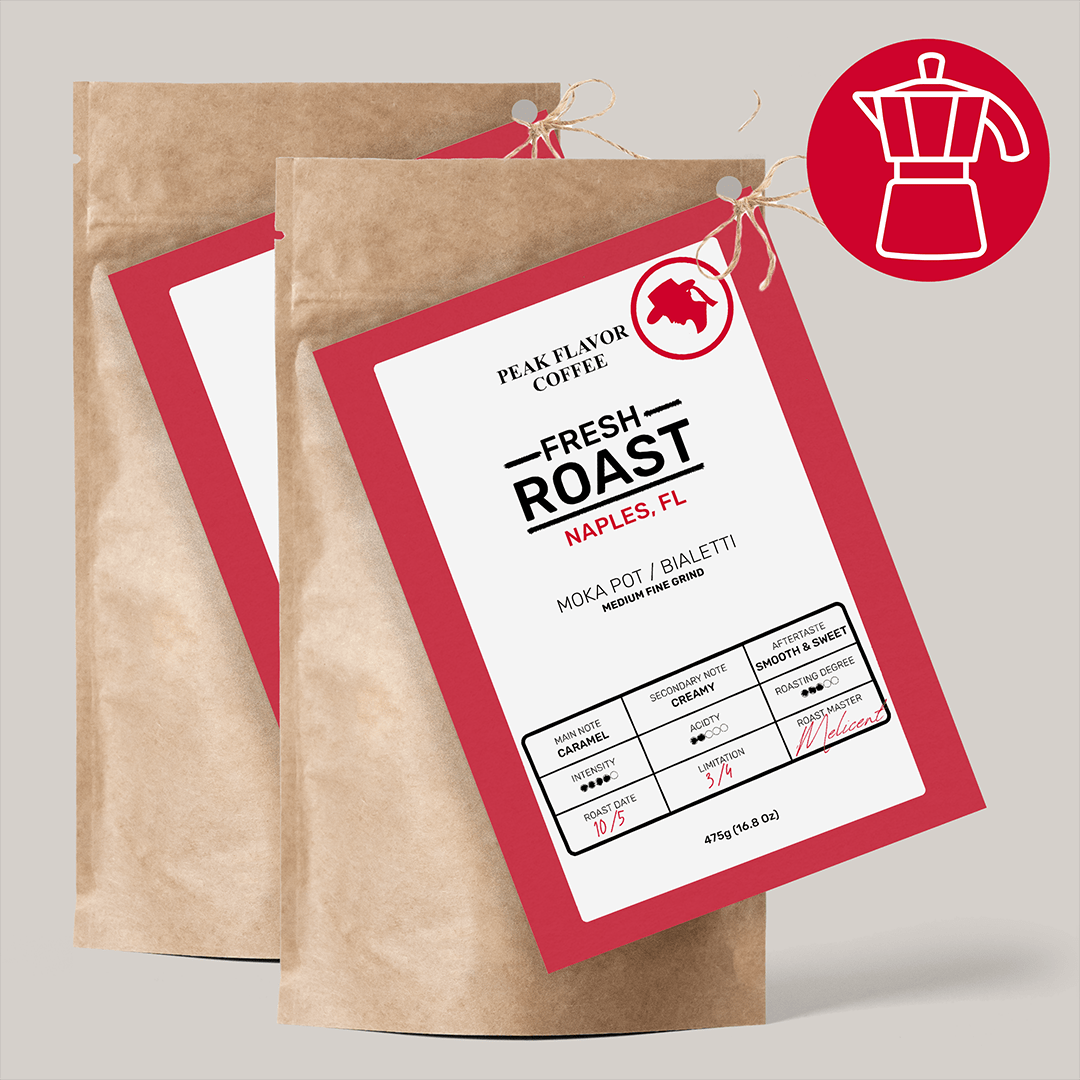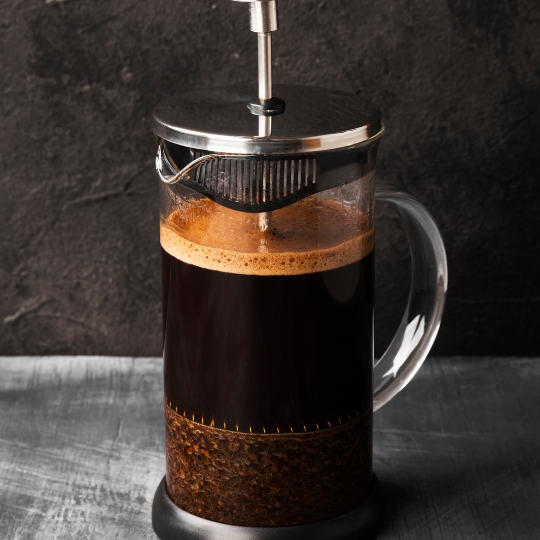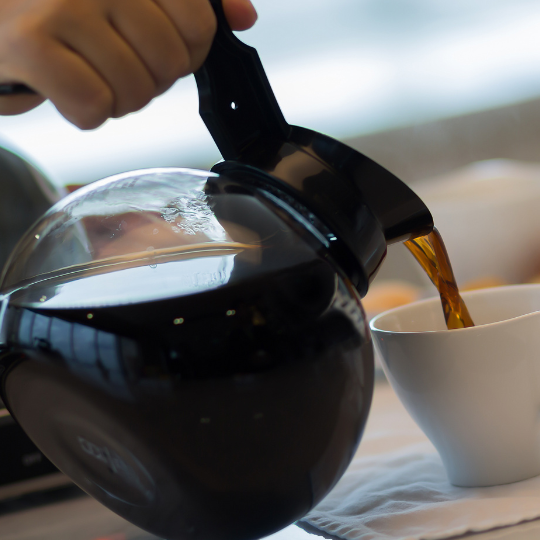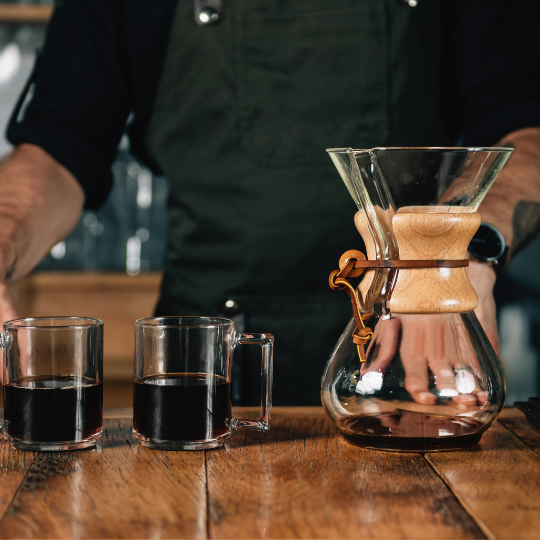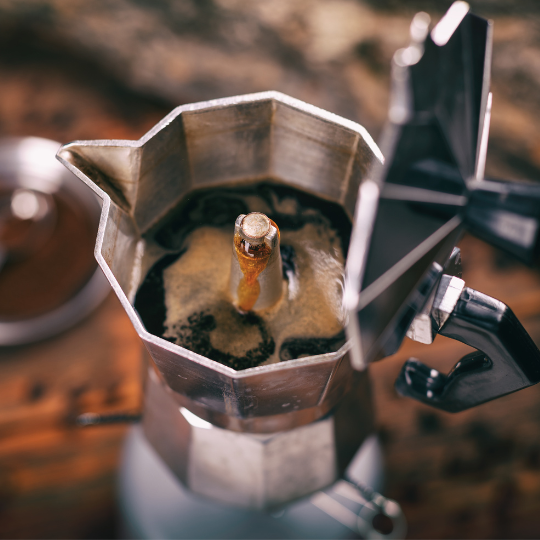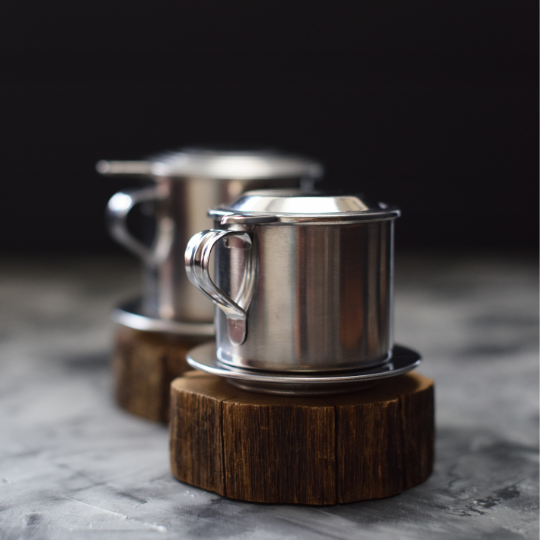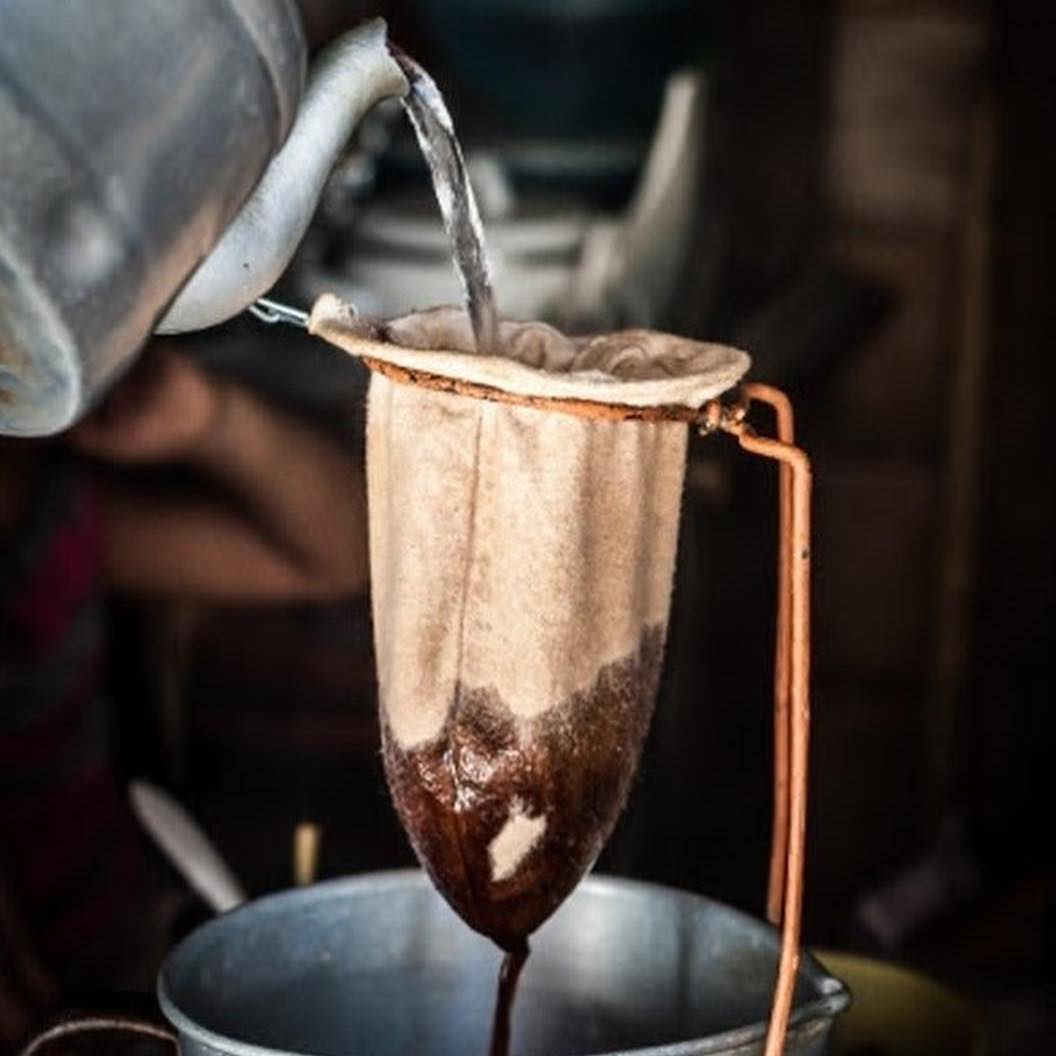Italian Coffee Collection
Italian coffee: Intense But Sweet.
Naturally sweet, mild and creamy Italian coffee defines the standard for good coffee quality around the world. A comparison of flavor profiles illustrates the difference between fresh roasted, Italian coffee on the one hand, and American grocery store coffee on the other hand.
Coffee experts rate a fresh Italian coffee roast as intense, but naturally sweet, mild, and creamy at the same time. These same experts rate an American grocery store coffee roast as bitter, acidic, and stale.
The difference in intensity and sweetness explains why authentic Italian espresso comes in smaller portions. When your espresso is intense but sweet, you don’t need to add much sugar, artificial sweetener, or chemical flavor to hide the bitterness and acidity of an old coffee roast.

Italian Coffee
A fresh roasted Italian espresso is intense but tastes sweet, mild, and creamy.

Grocery Store Coffee
Most grocery store coffee is 120 days past the roast date. An old roast oxidizes and tastes bitter and acidic.
Italian Coffee for Moka Pot
Why Do Italians Drink So Much Coffee?
Italians drink more coffee than most. Most Italians drink their morning coffee at a nearby coffee shop. Each coffee shop generally receives a fresh roast delivery from the village coffee roaster on a daily basis. As a result, Italy is home to more local coffee roasters and many more coffee shops than any other country.
Coffee did not originate in Italy but the espresso machine is an Italian invention. Italian espresso became the base for some of the most popular American coffees such as the latte, cappuccino, macchiato, ristretto, and Americano.
Since the invention of the espresso machine, Italian coffee culture has become the benchmark for quality, taste and flavor around the globe.
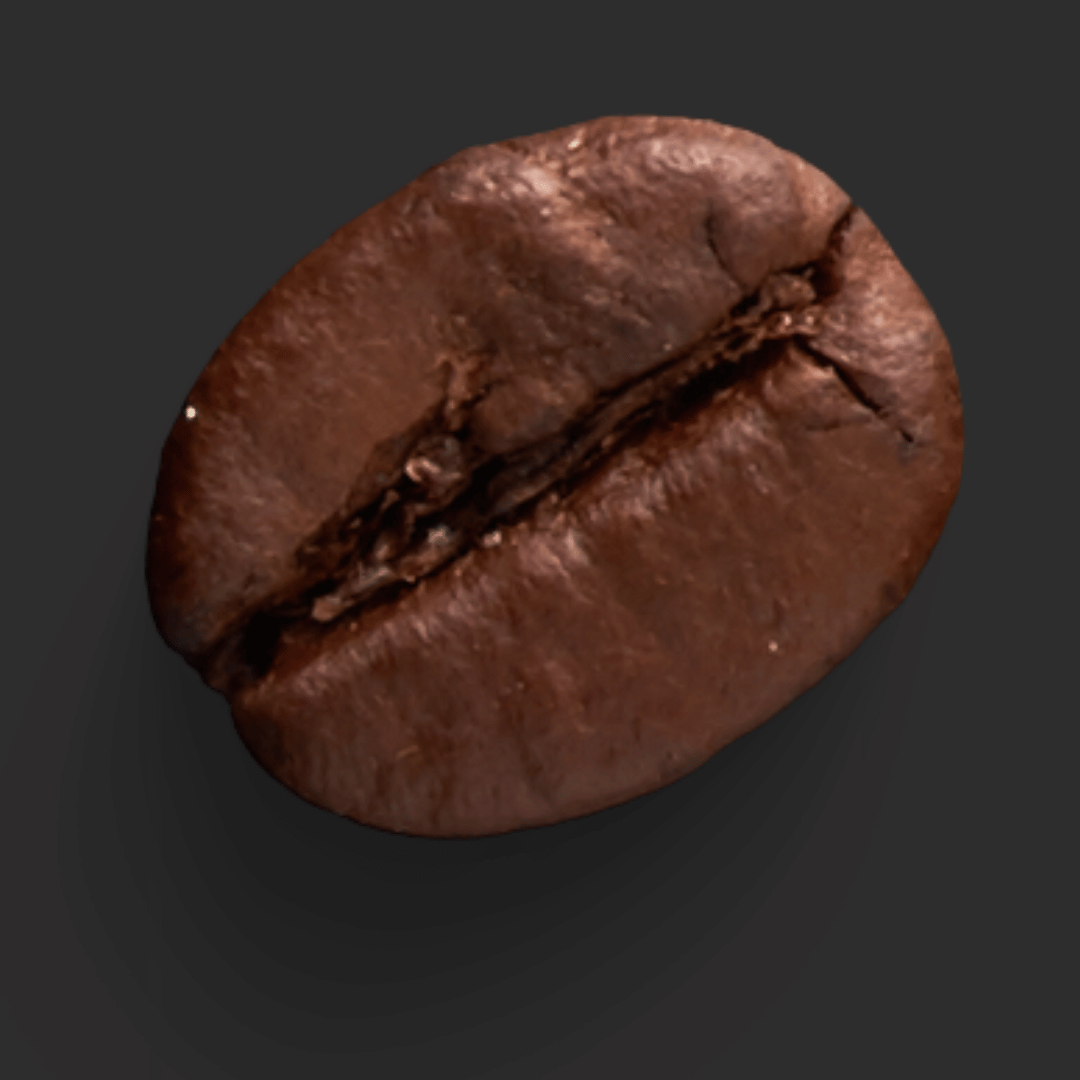

Italian Coffee Roasting
Authentic Italian coffee roasters use a distinct coffee roasting technique when roasting for Italian espresso.
An espresso machine uses only a small amount of water to extract coffee flavors from a bed of tightly packed coffee grounds. Darker coffee roasting makes it easier for the machine to extract more flavor because coffee beans become increasingly more porous and brittle as the roast progresses.
Extending a coffee roast has the added benefit of developing more caramel flavor, which helps make Italian espresso sweet. Learn more about Italian coffee roasting.
The Key to Italian Coffee Culture
A fresh roast is the key to better understanding Italian coffee culture and explains why Italians drink more coffee.
With an abundance of coffee roasters and coffee shops, it’s easy to find a fresh roast anywhere in Italy. When you ask a Barista in even the smallest Italian village when they roasted your coffee, the answer will be “8 days ago”. A fresh roast is what makes an Italian espresso intense but sweet. You need a fresh roast to make better tasting latte, cappuccino, macchiato, ristretto or Americano.
In comparison, our grocery store coffee is often more than 120 days past the roast date and tastes bitter and stale as a result.
Shop By Coffee Maker
Italian Coffee Questions
Italian coffee is naturally sweet, mild and creamy because Italian baristas almost always use a fresh roast of naturally sweet coffee beans to make Italian espresso. Italian coffee roasting extends caramelization for naturally sweet Italian espresso.
The abundance of Italian coffee roasters and Italian coffee shops make it easy to find a fresh roast anywhere in Italy.
In contrast, grocery stores in America carry a limited amount of large, industrial coffee roasters and offer old coffee, roasted more than 120 days past their roast date.
An Italian espresso is always a fresh roast and typically tastes naturally sweet, mild and creamy.
This flavor profile has set the standard for good coffee quality around the world. Italian espresso is the base for the most popular Italian coffee drinks, such as Italian latte, Italian cappuccino, Italian macchiato, Italian Americano, and Italian ristretto.
Naturally sweet coffee beans and small batch, slow Italian coffee roasting with extended caramelization for more natural sweetness are the key ingredients for authentic Italian coffee.
Using a fresh roast is the secret to making authentic Italian coffee naturally sweet, mild, and creamy when you make Italian espresso at home.
Discover our Italian coffee collection.
When mountain coffee grows at higher elevations, the coffee beans inside their cherries grow slower and develop more natural sweetness. Harvesting ripe coffee cherries at peak season when they are brimming with sugars such as fructose, helps to get naturally sweeter coffee beans.
Naturally sweet coffee beans can have up to 30% more natural sweetness than commodity coffee beans from coffee plantations at lower elevations.
Italian coffee typically uses naturally sweeter coffee beans from the mountain ranges in Brazil and Honduras. To make sure an Italian espresso has abundant crema, Italian coffee roasters blend in some high quality Robusta coffee beans from the highlands in Vietnam. Discover naturally sweet Italian espresso.
Italians use a coffee roasting style to bring out more natural sweetness.
Italian coffee roasting for is slow, small-scale, and extends the coffee roasting phase during which caramelization occurs. A characteristic of caramelization is "browning", whereby the green coffee beans turn brow during roasting. Learn more about Italian coffee roasting.
Italian coffee roasting for Italian cappuccino and Italian cafe latte is a little darker than for Italian espresso. A darker roast makes the beans a little more porous and brittle, so that the espresso base is a little more intense. This helps preserve coffee aroma when you add milk or milk foam.
Cafe Latte, Cappuccino, and Macchiato are America's most popular Italian coffee drinks. The best coffee drinks use an Italian espresso as a base "ingredient".
Interestingly, the coffee roast for a typical Italian cappuccino or American latte is a little darker to deliver a little more intensity.
The latte and cappuccino coffee grind is also a tad finer than the coffee grind for an espresso or macchiato. A darker roast and a finer grind ensure that your espresso maker extracts more intense flavors, so that you can still indulge in abundant coffee aroma when you add milk and milk foam.
Italian Moka Coffee used to be the most popular Italian home coffee until espresso machines became more affordable. Italians still use the Bialetti or Moka Pot to make intense, sweet and creamy Moka Pot coffee at home.
It is not easy to make naturally sweet Italian Moka Pot coffee in a Bialetti. The grind for a moka pot or Bialetti is specific because brewing and extraction are inverse.
At Peak Flavor Coffee, we make naturally sweet moka pot coffee easy by providing a custom bean blend, roast and grind, specifically for your moka pot. Try our Italian moka pot coffee.
We believe that Peak Flavor Coffee is the best Italian coffee, roasted in America.
But hey, what else would you expect us to say?
If you are in Italy, however, we advise you try Hausbrandt coffee from Trieste. We think there is simply no better Italian coffee on that side of the ocean.


